
Thyssen — the Best Museum in Spain
The best museum in Spain is in Madrid and, in our opinion, it is not The Prado. We have compiled a list of the best 10 museums for you to discover and enjoy in Spain; but first allow us to explain why we have chosen the Museo Thyssen-Bornemisza as our pick for the #1 museum in Spain.
The Thyssen possesses substantial holdings from Northern Europe, Southern Europe and the Americas, dating from the Middle Ages to this century. You will find top-notch paintings by Goya and El Greco inside the Thyssen, plus first-rate exhibitions — which, for your convenience, we have listed at the end of this article.
At the Thyssen you will find a collection that perfectly complements The Prado and other Madrid museums, and much more. The Thyssen Museum offers an artistic variety, and a unique perspective on the history of Western art, unmatched in Spain.


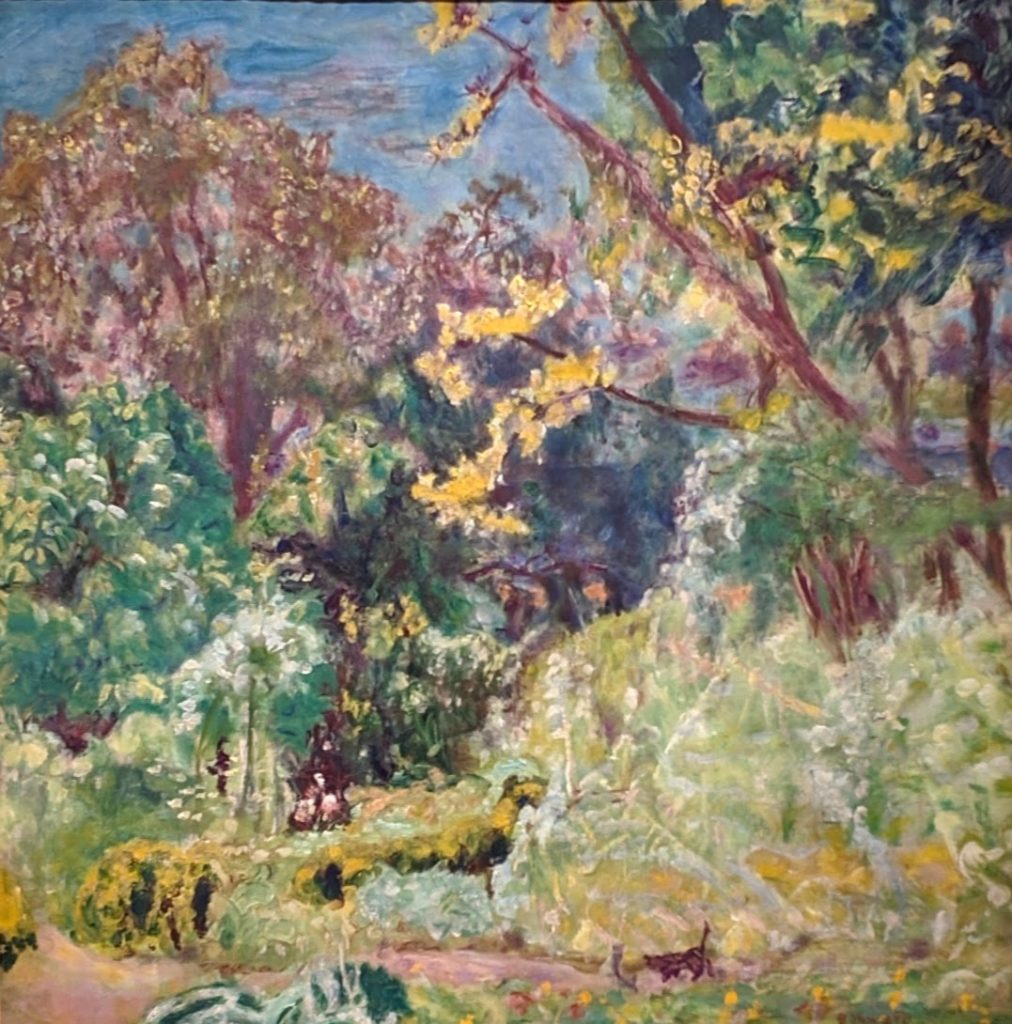
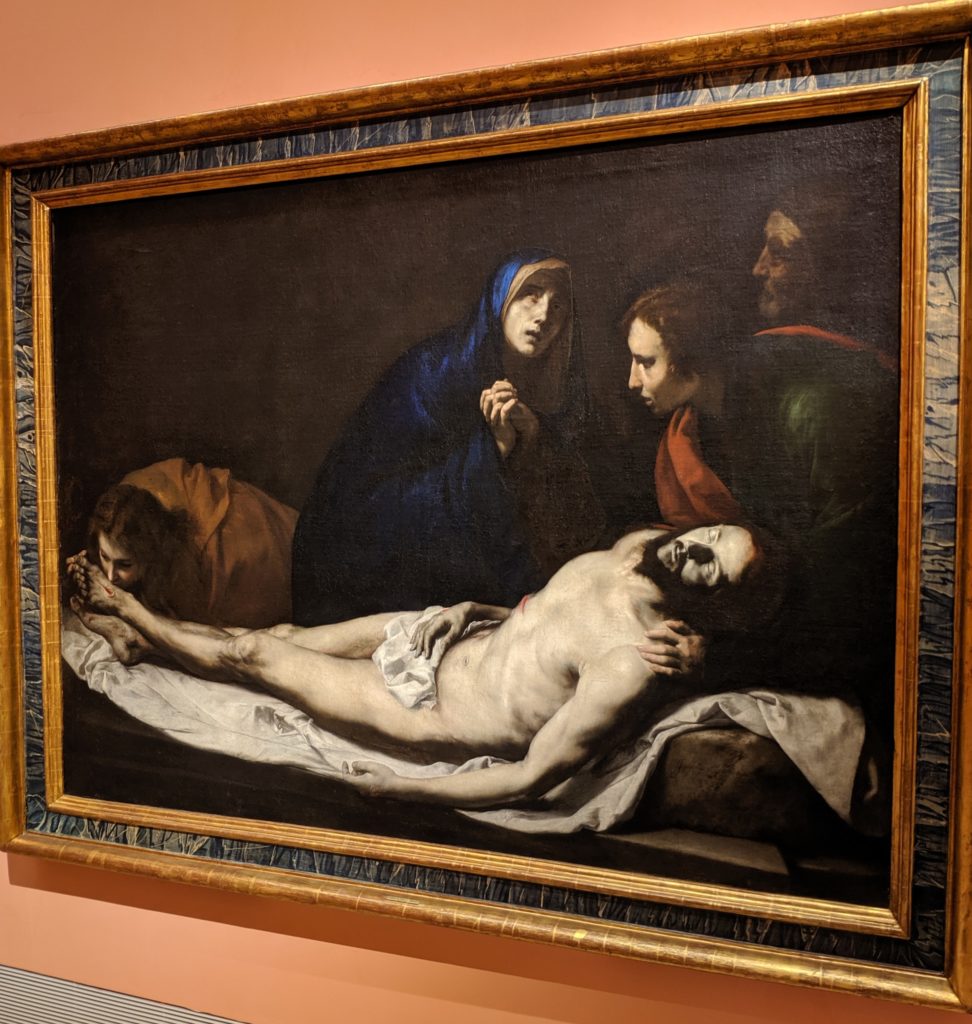
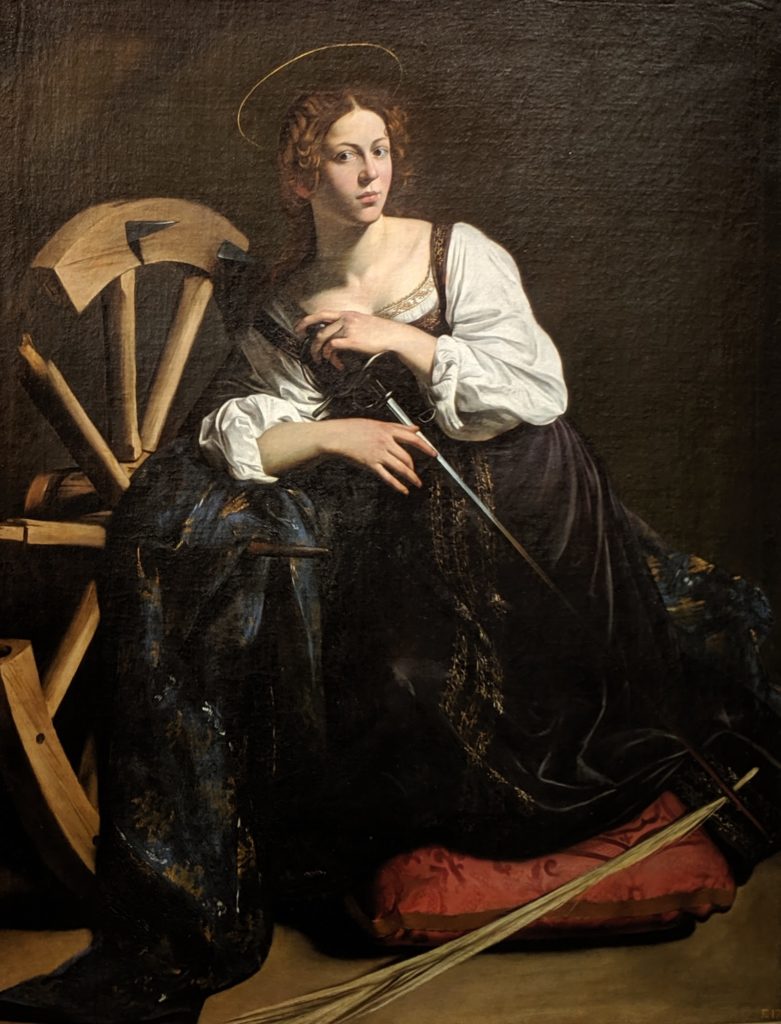
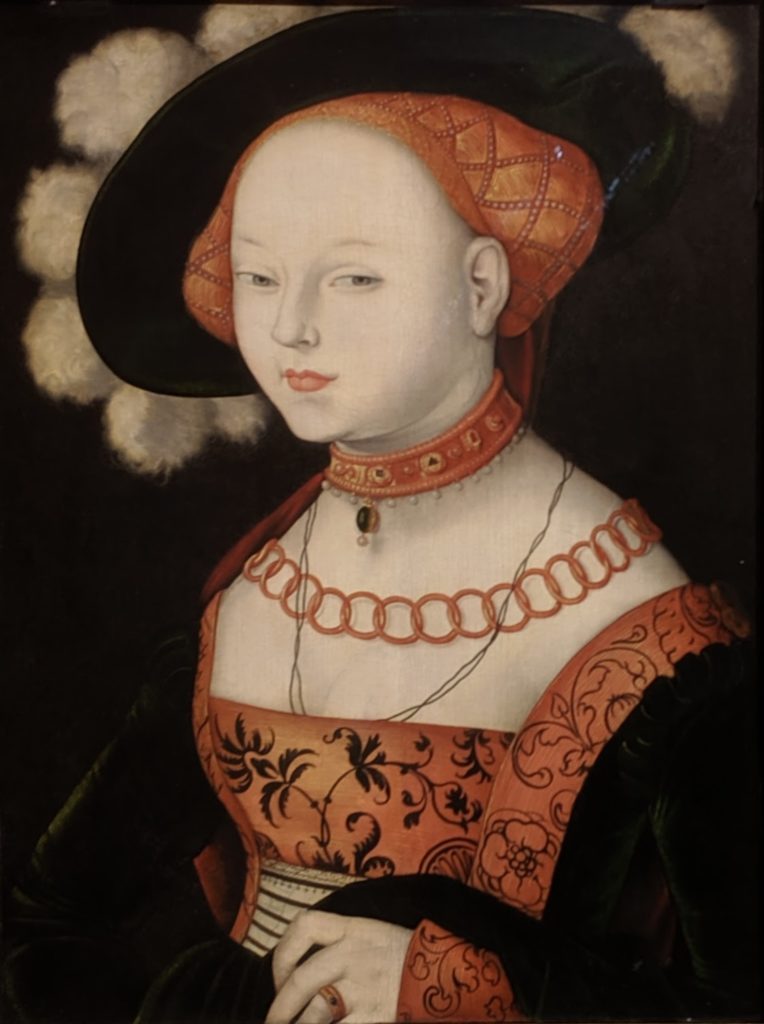
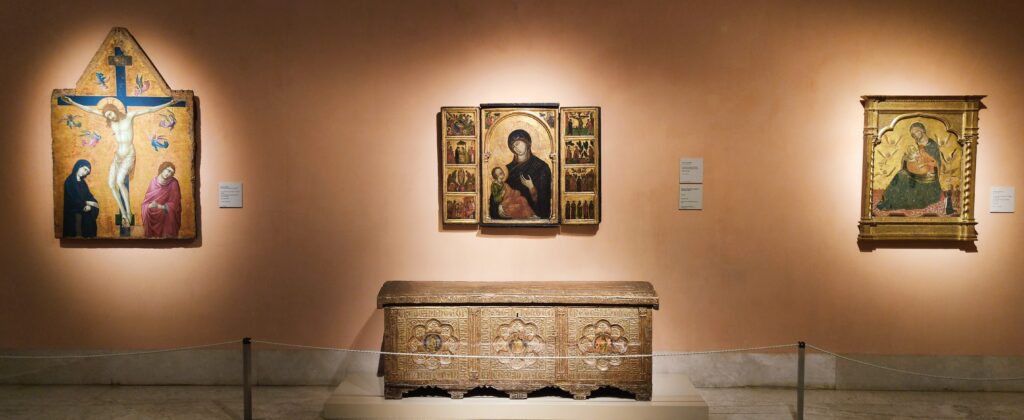
Old Masters from Northern & Southern Europe
From Peter Paul Rubens, Rembrandt van Rijn and Anthony van Dyck to Domenico Ghirlandaio, Hans Heinrich Thyssen-Bornemisza and his father had an eye for the finest Old Master paintings, which were originally displayed at Villa Favorita, the family’s estate in Lugano, Switzerland.
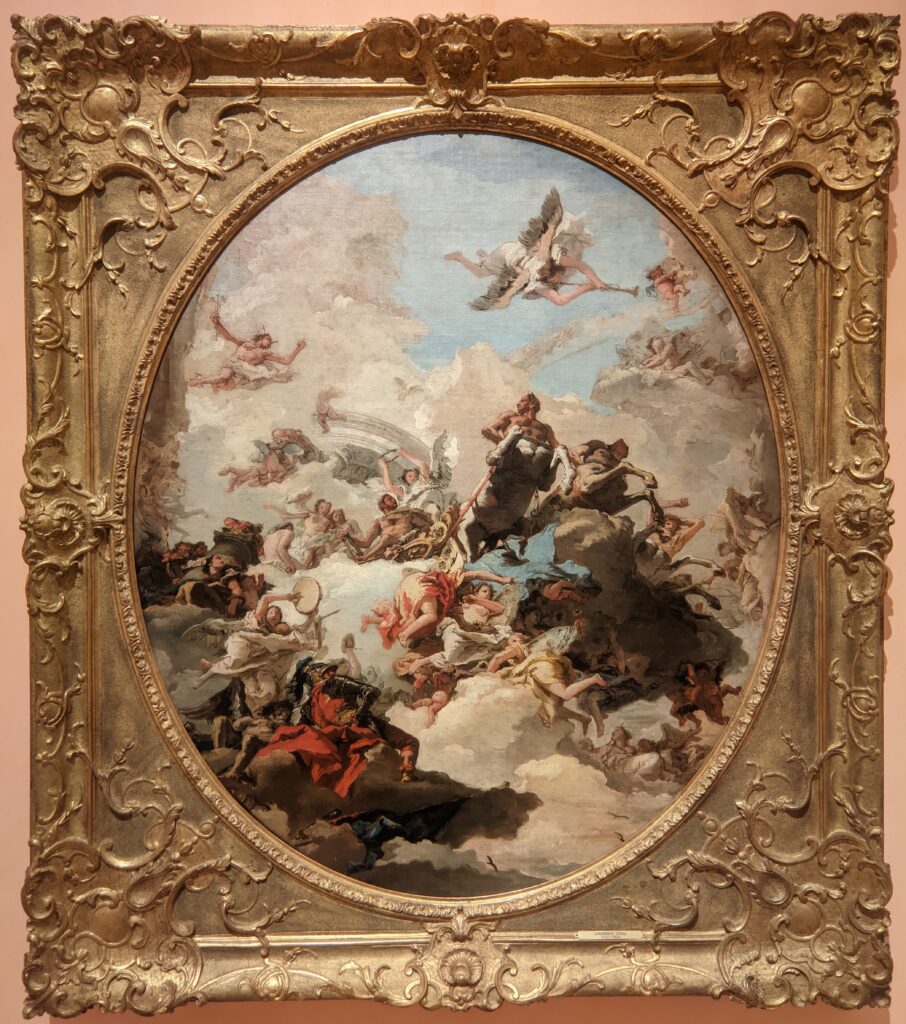
Villa Favorita became too small for Hans’ growing collection and, when the Spanish government offered the Villahermosa Palace (opposite The Prado Museum) to house all of his art, Hans was convinced that permanently displaying the masterpieces in Madrid offered the rarest opportunity — and coincidentally (or perhaps not) Hans’ wife, Carmen Cervera, was Spanish. Though far less crowded than The Prado, the Thyssen Museum also displays fine work by the greatest Spanish masters, such as Francisco de Zurbarán and Bartolome Esteban Murillo.

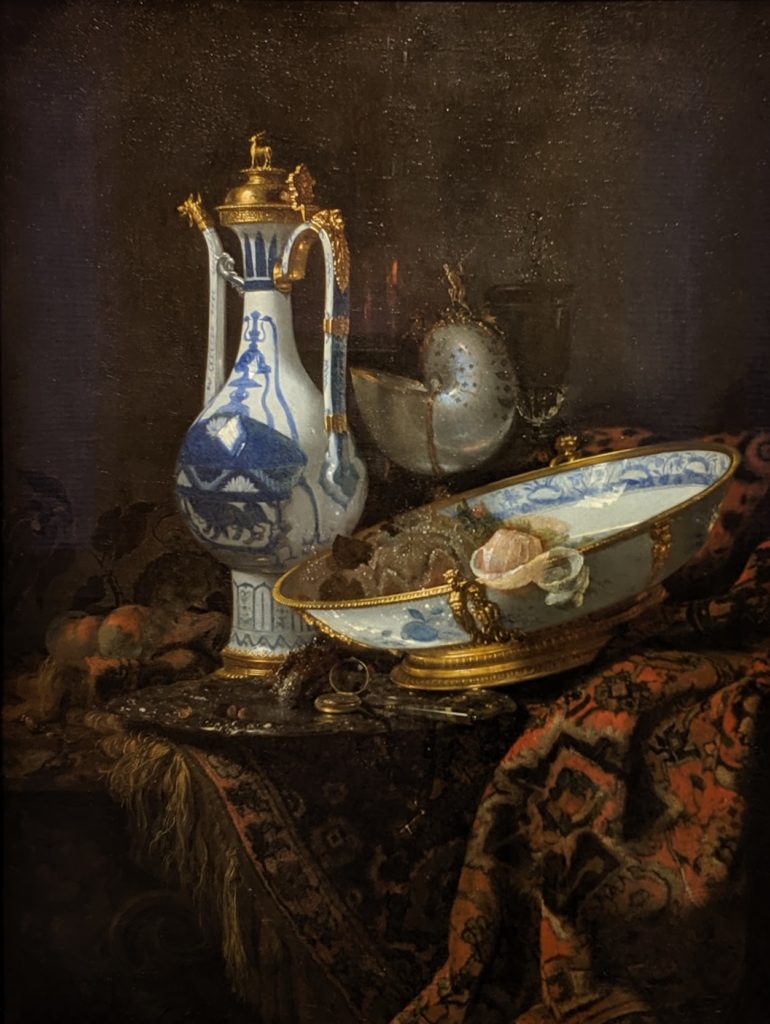



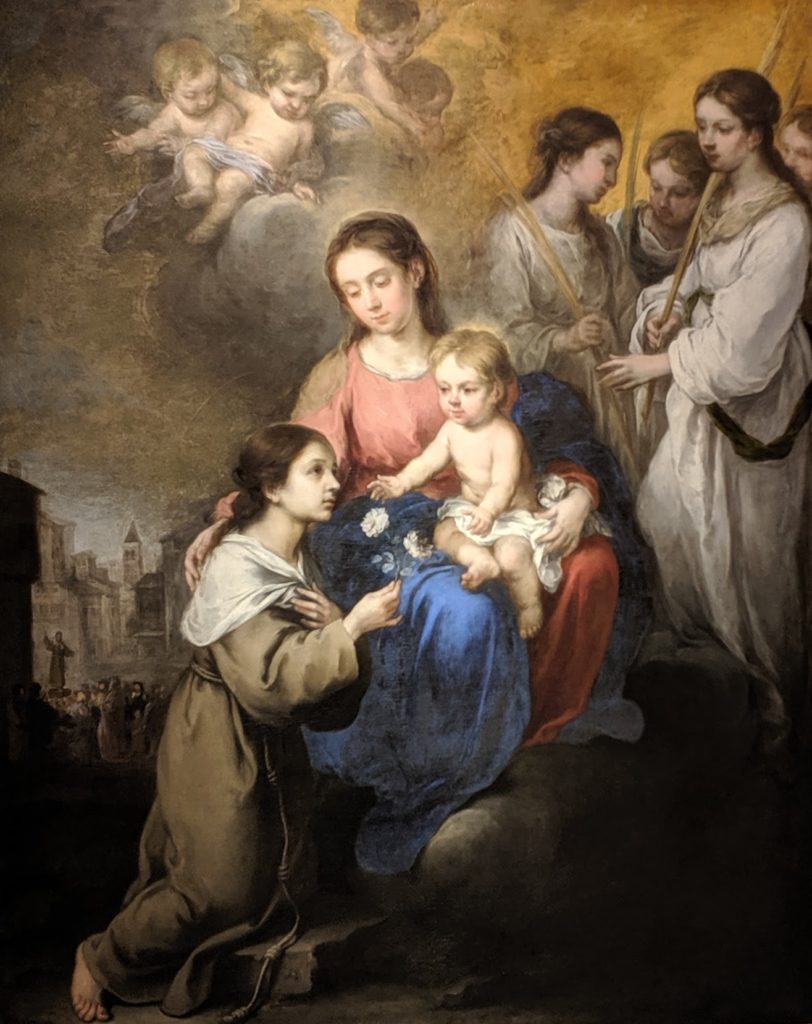
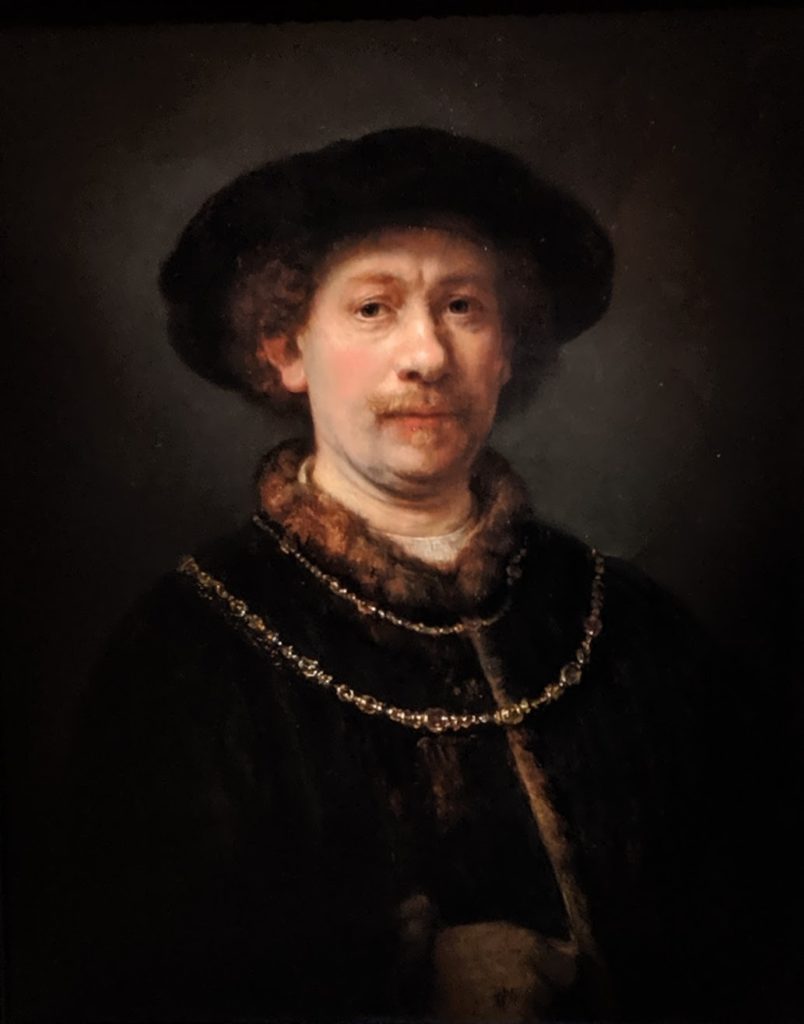

A Fantastic Collection of German Expressionism at the Thyssen Museum
The Thyssen opened in 1992, displaying 715 works of art. Nevertheless, Hans and Carmen continued to build the collection, and in 1993 the Spanish State bought 775 pieces for $350 million. In 1999, Carmen loaned over 400 works from her personal collection of art to the Thyssen Museum.
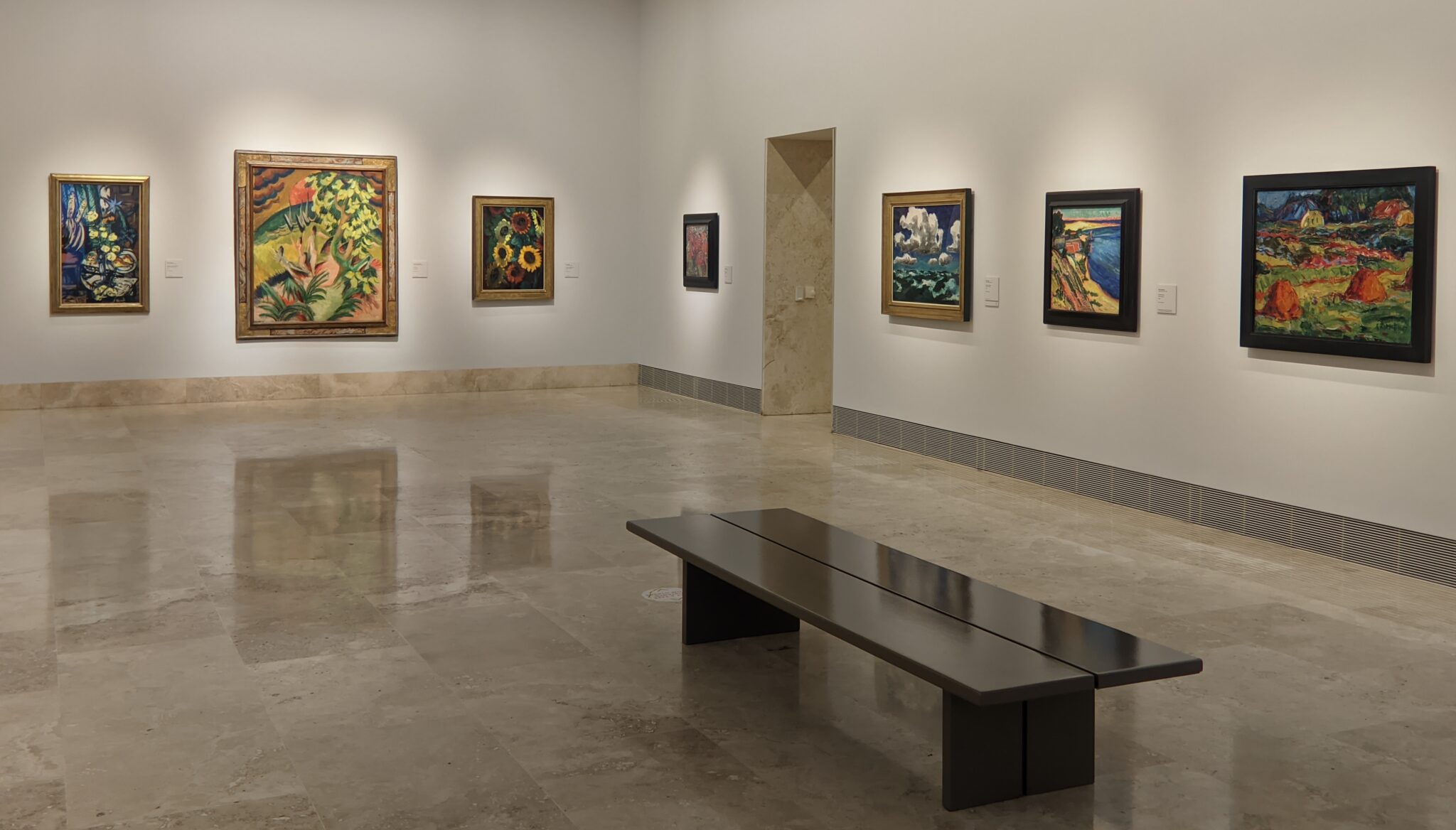
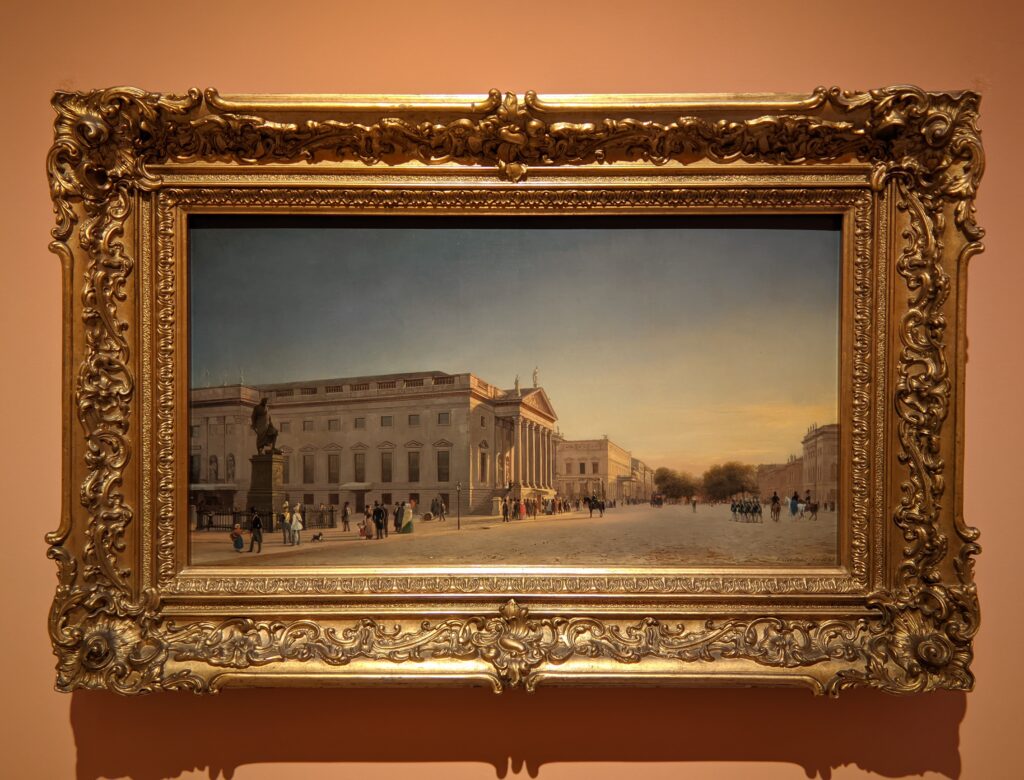
While Hans had an interest in collecting art from the Gothic style of painting to the 20th Century, Carmen possesses a keen eye for landscapes. Carmen’s collection has introduced Impressionist and Post-Impressionist masterpieces to the Madrid art scene, as well as avant-garde movements such as Fauvism, Cubism, Italian Futurism, Russian Constructivism and Surrealism.

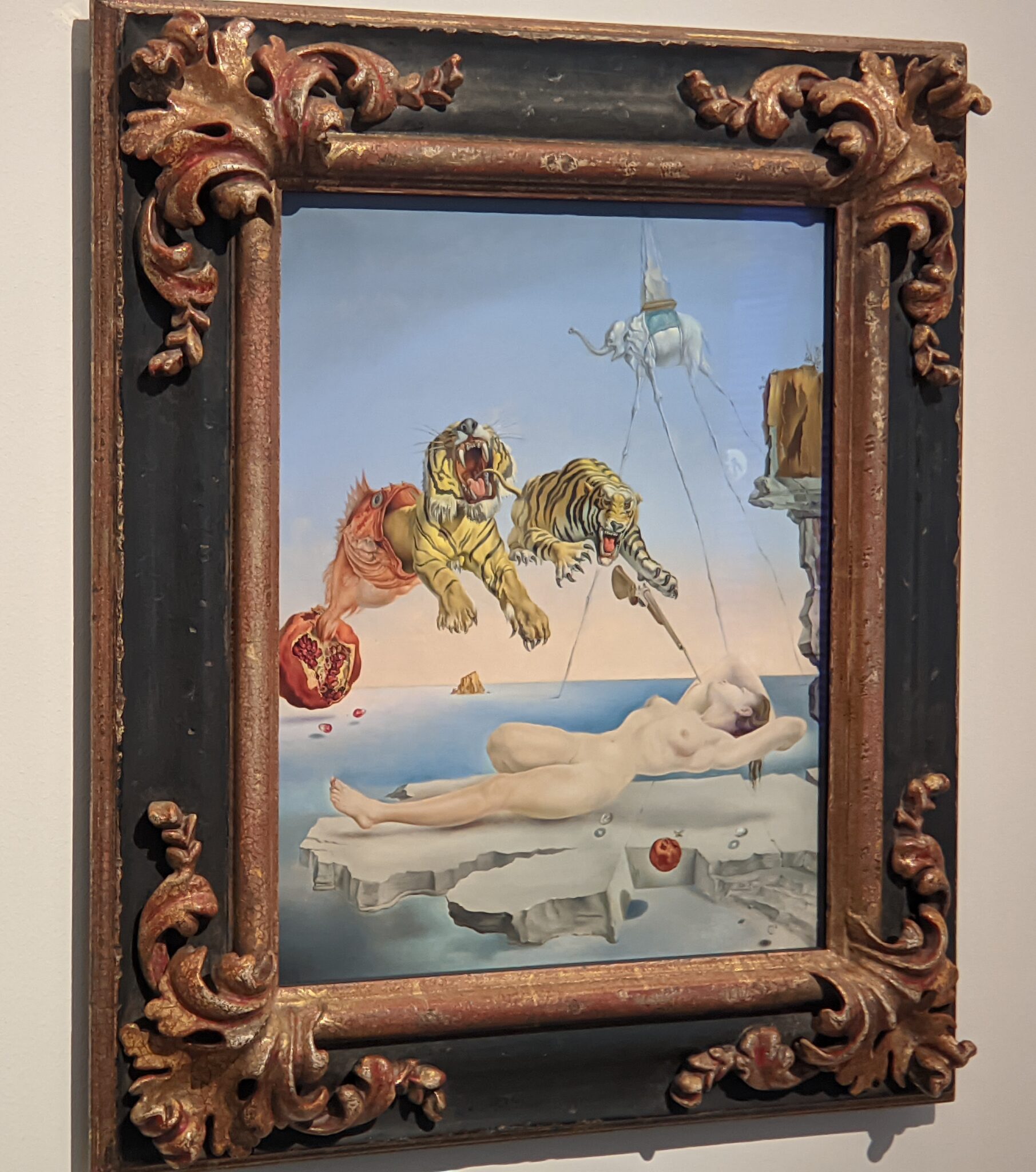

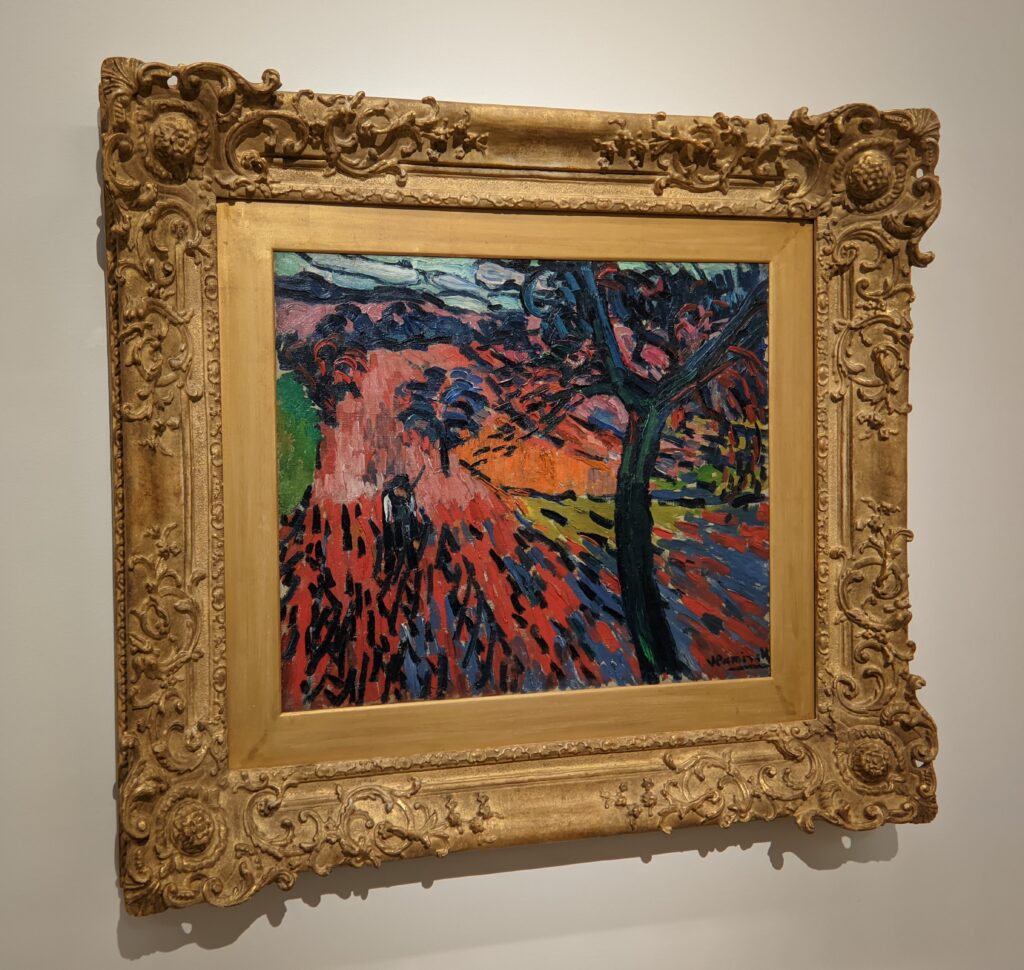
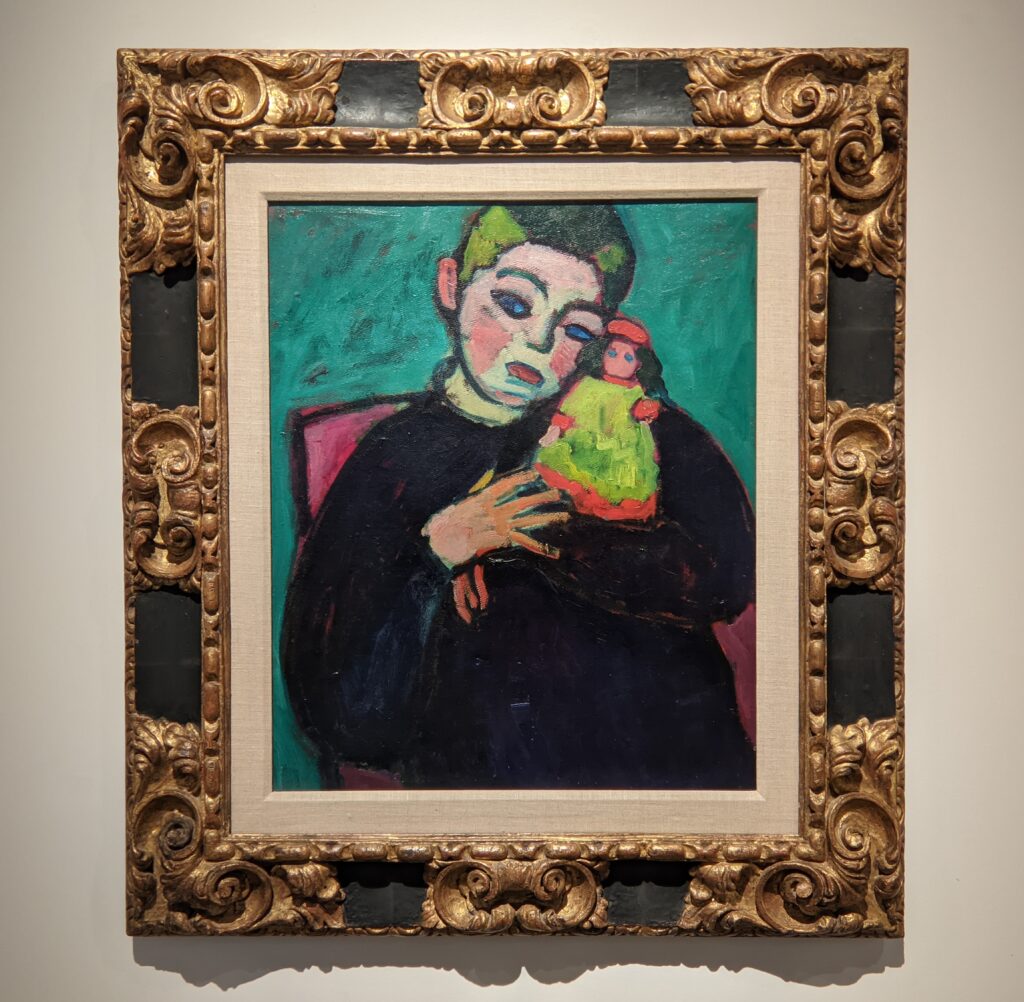
The dialogue created by artists active in different countries, such as France and Germany, makes the Thyssen an especially important destination for art lovers.
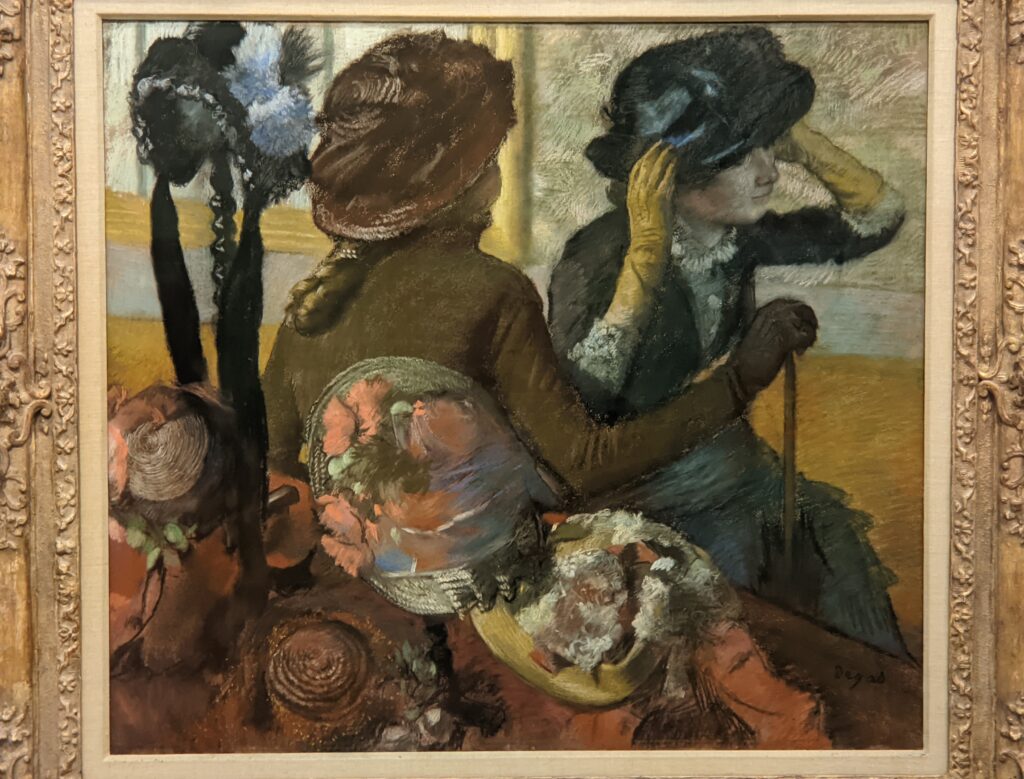
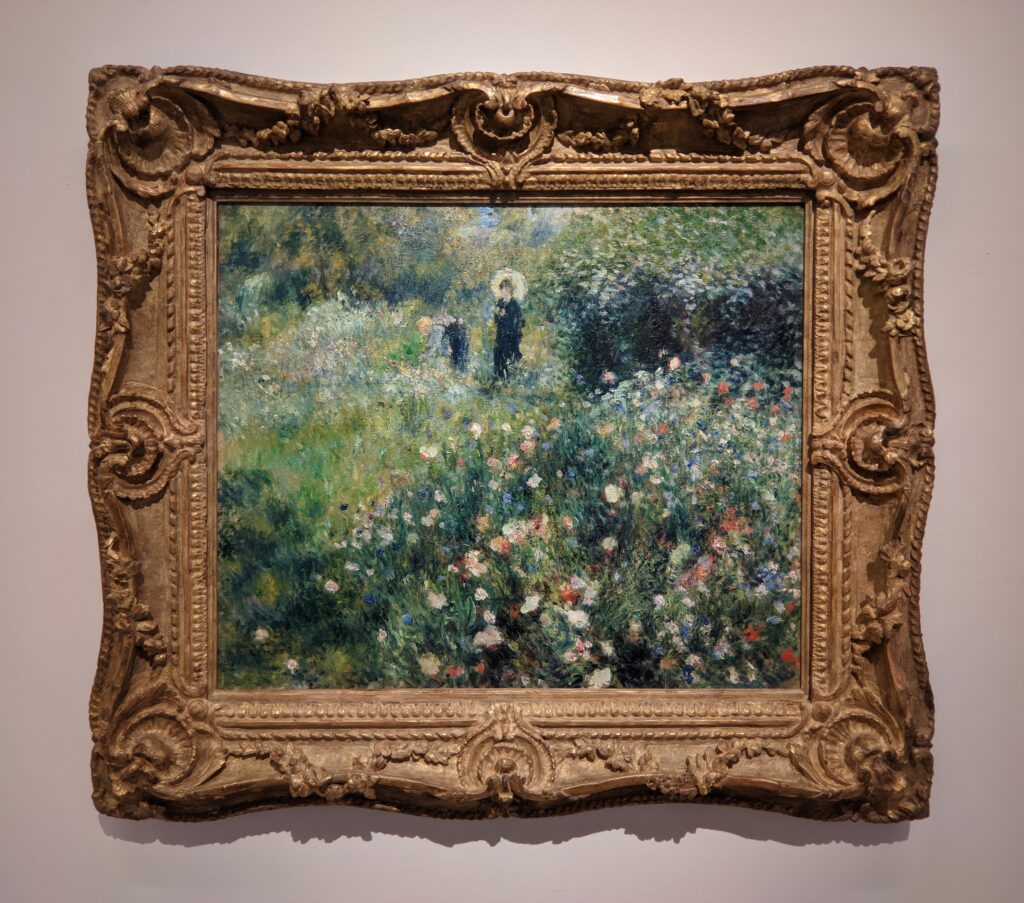
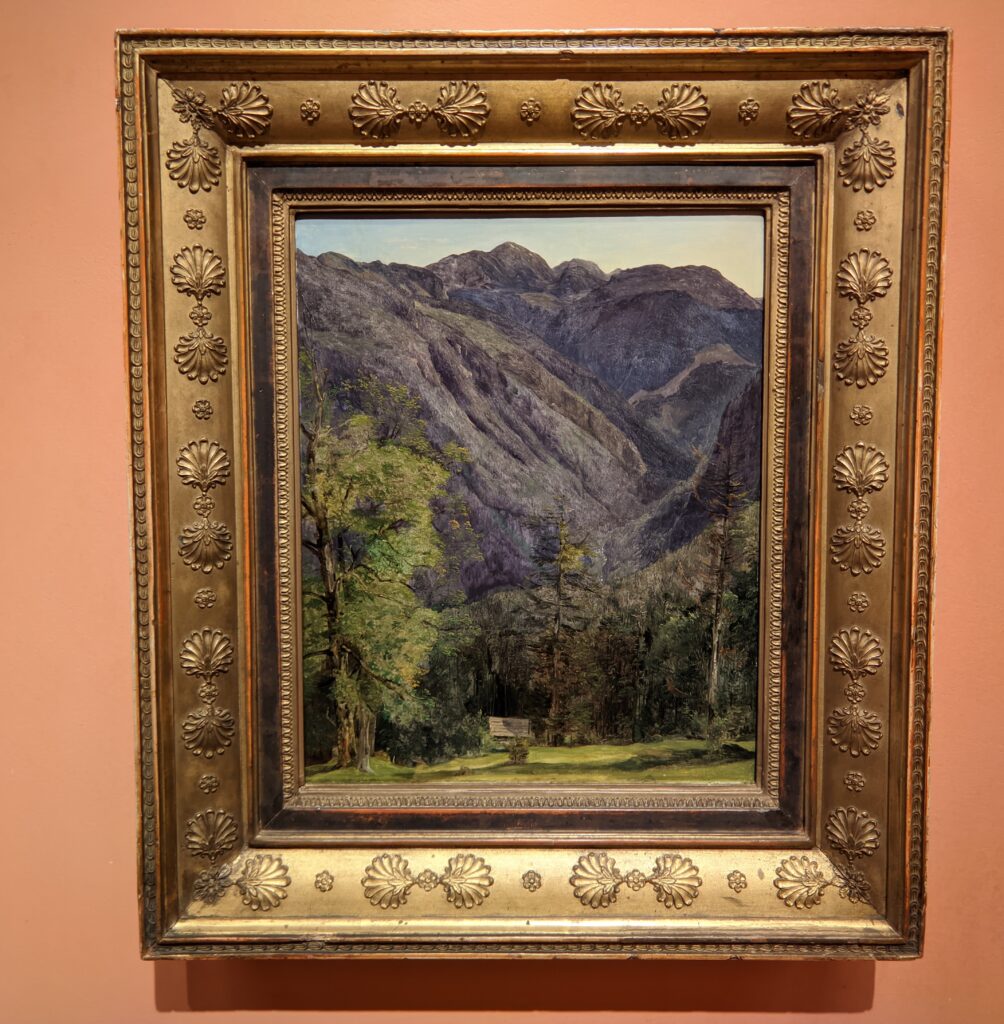
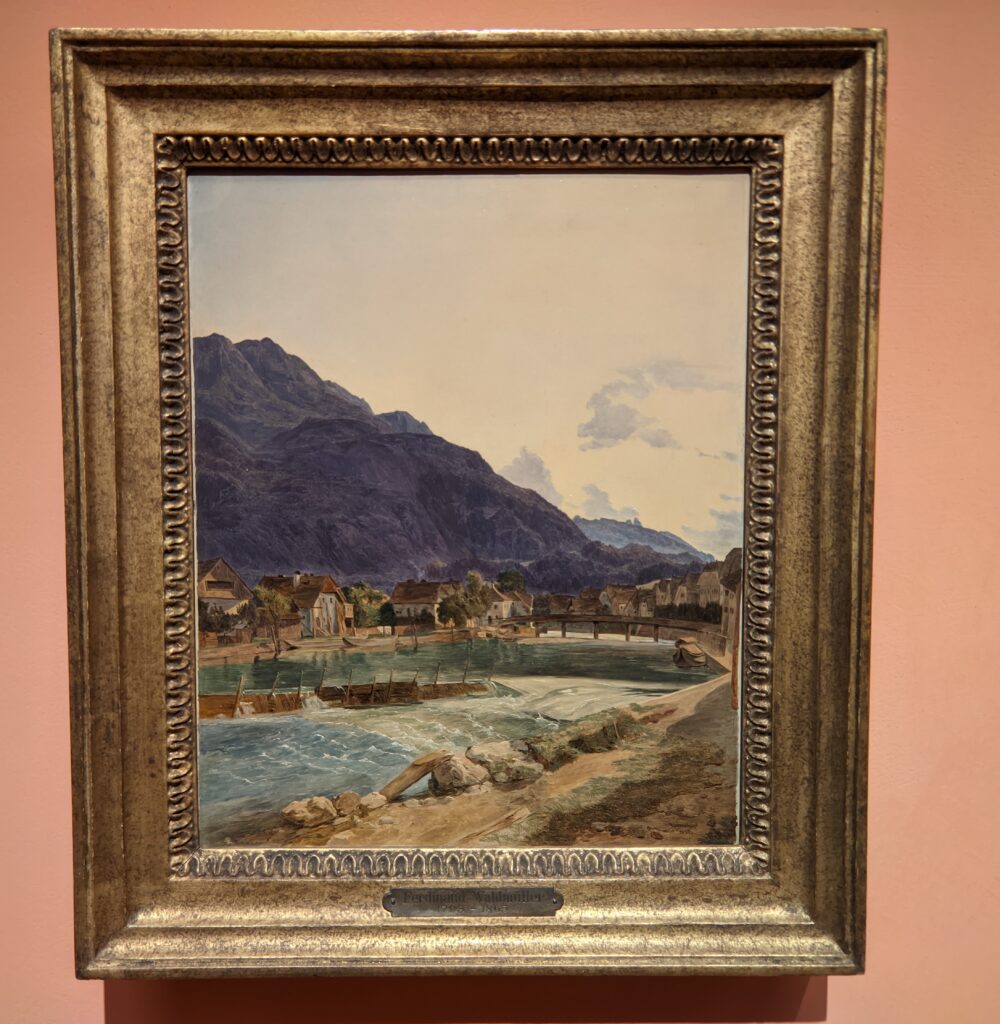
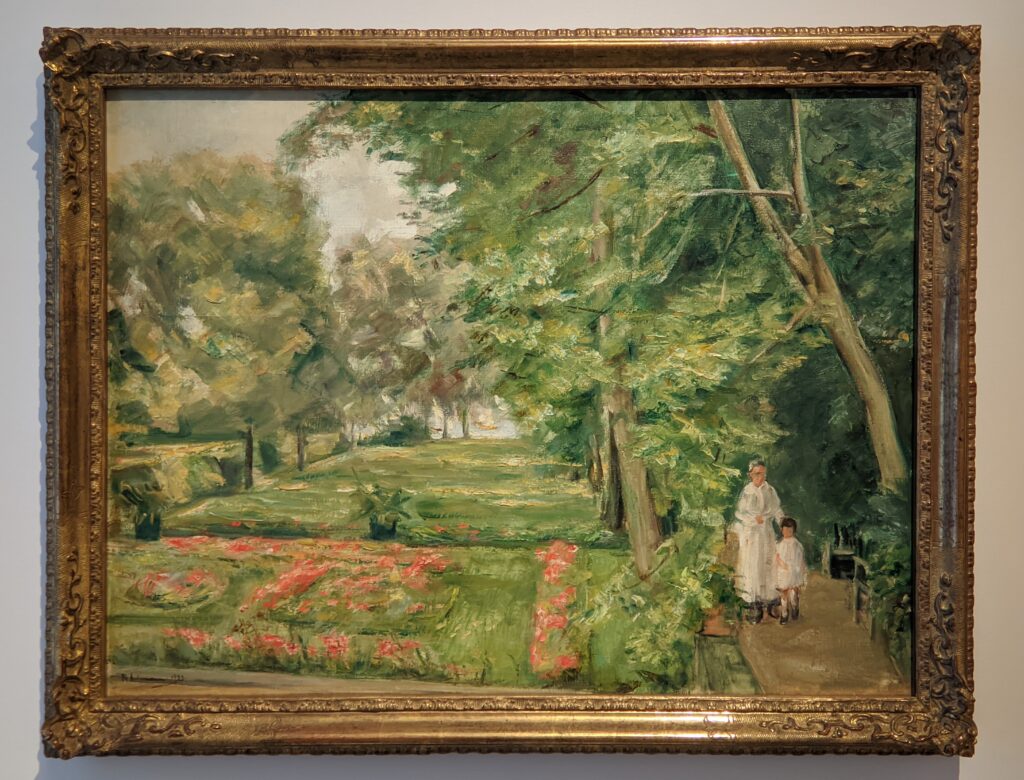
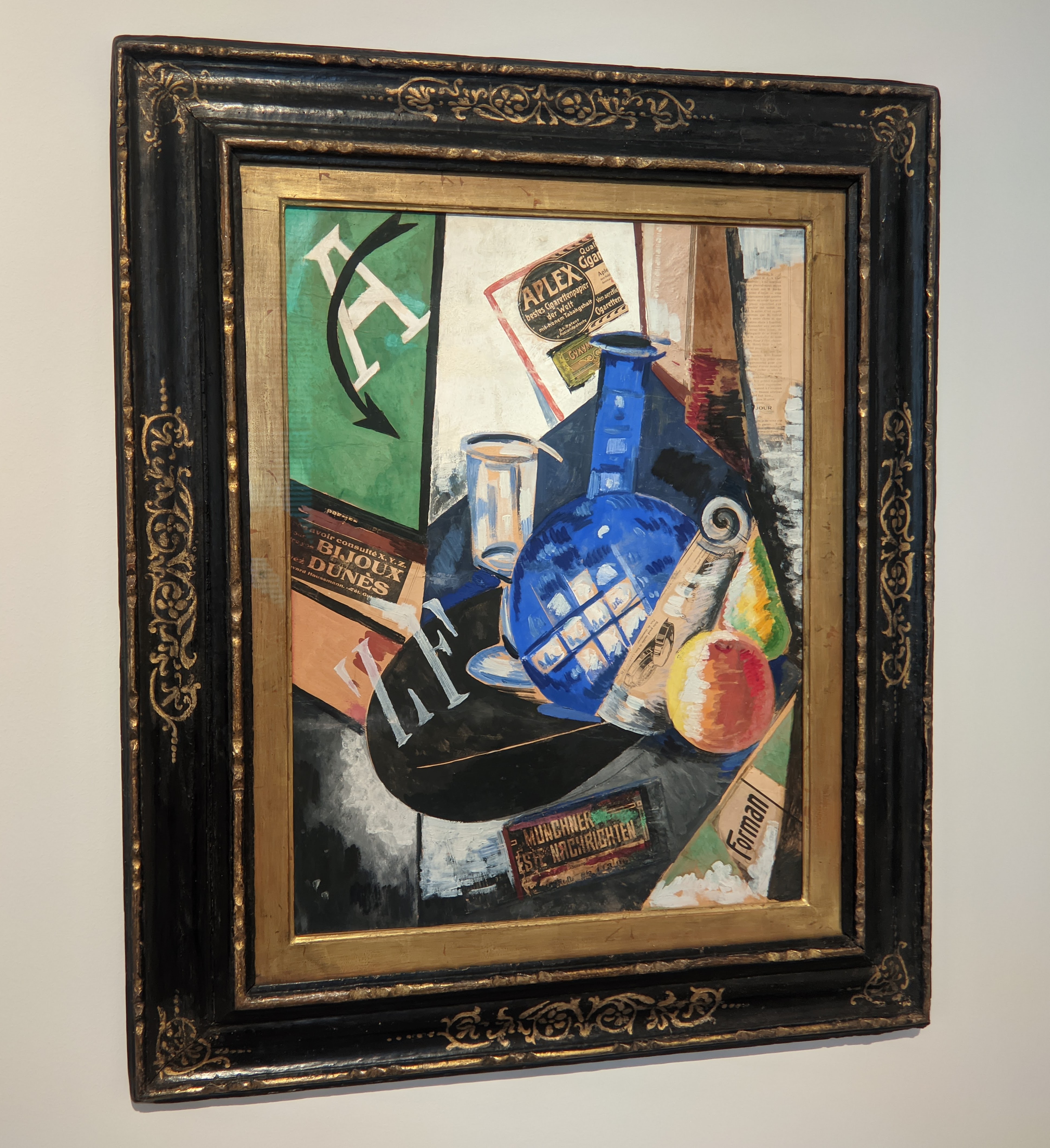


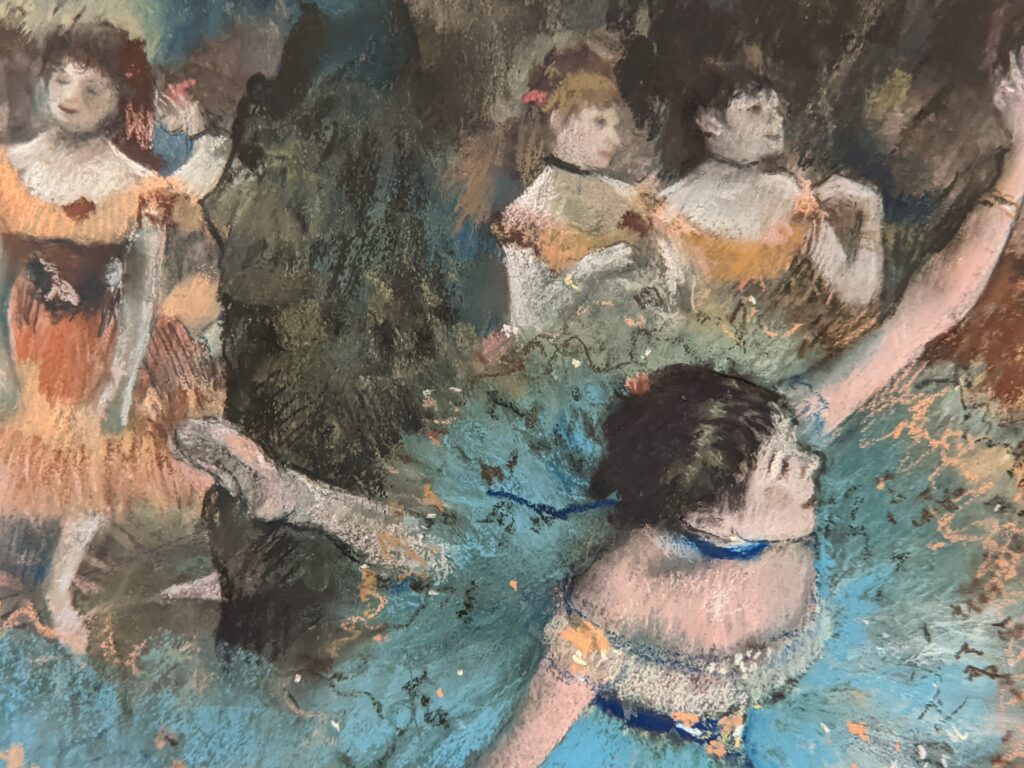
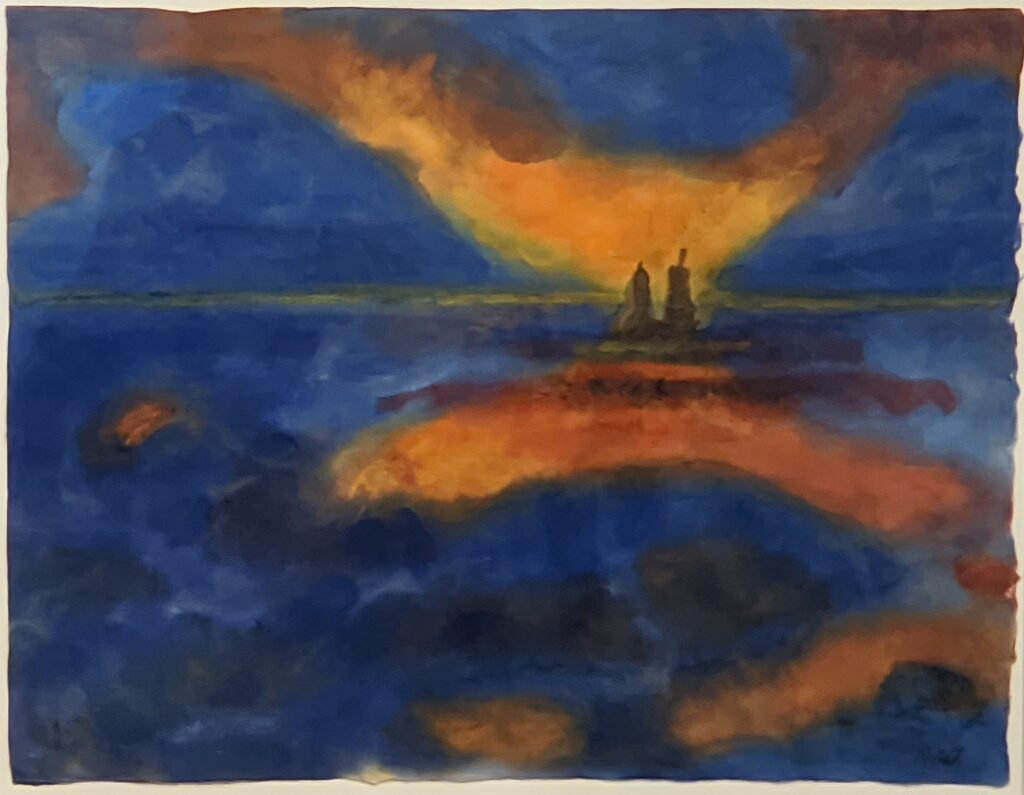
The Thyssen’s collection of German Expressionist art is exceptional and broad — including high-quality works of art (shown below, from left to right) by Beckmann, Nolde and Kirchner. Additional paintings by Münter, Kandinsky, Marc, Macke, Jawlensky, Schmidt-Rottluff, Pechstein, Heckel, Grosz, Schad and Dix expand one’s understand of German modernism.
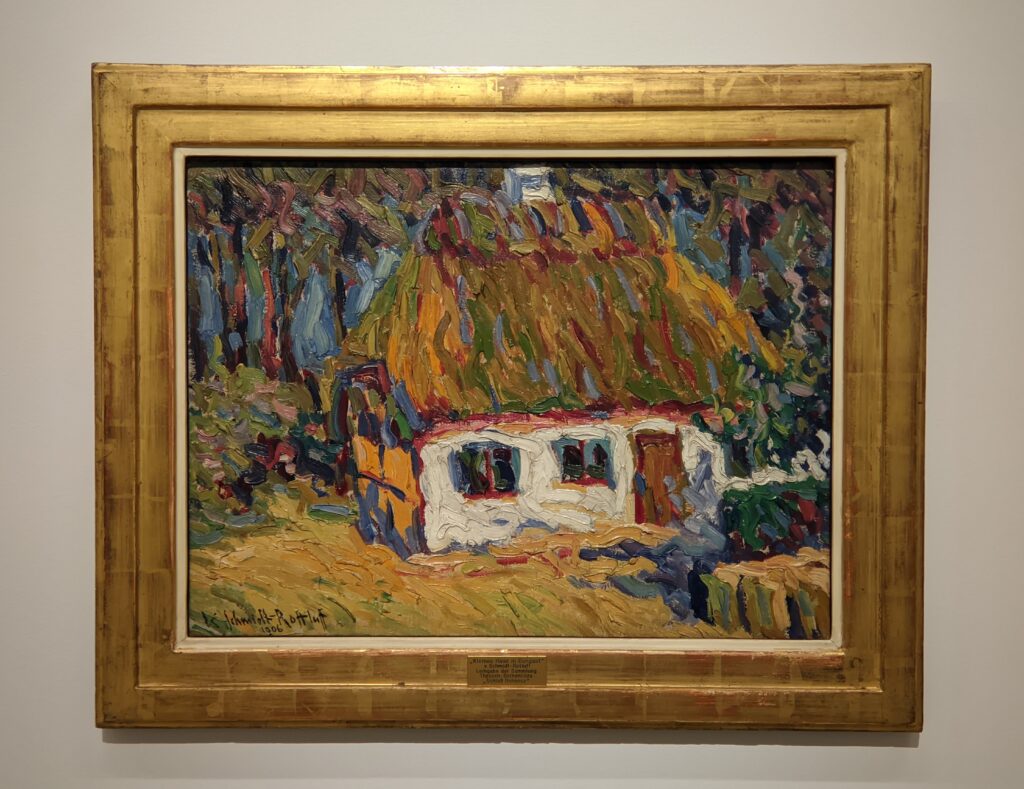
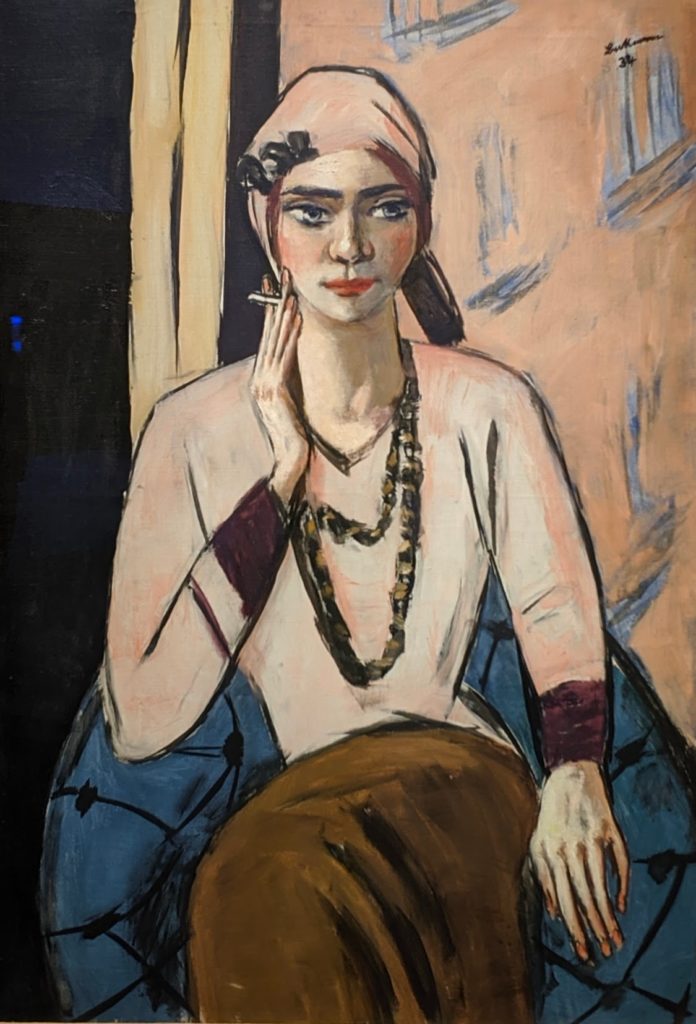
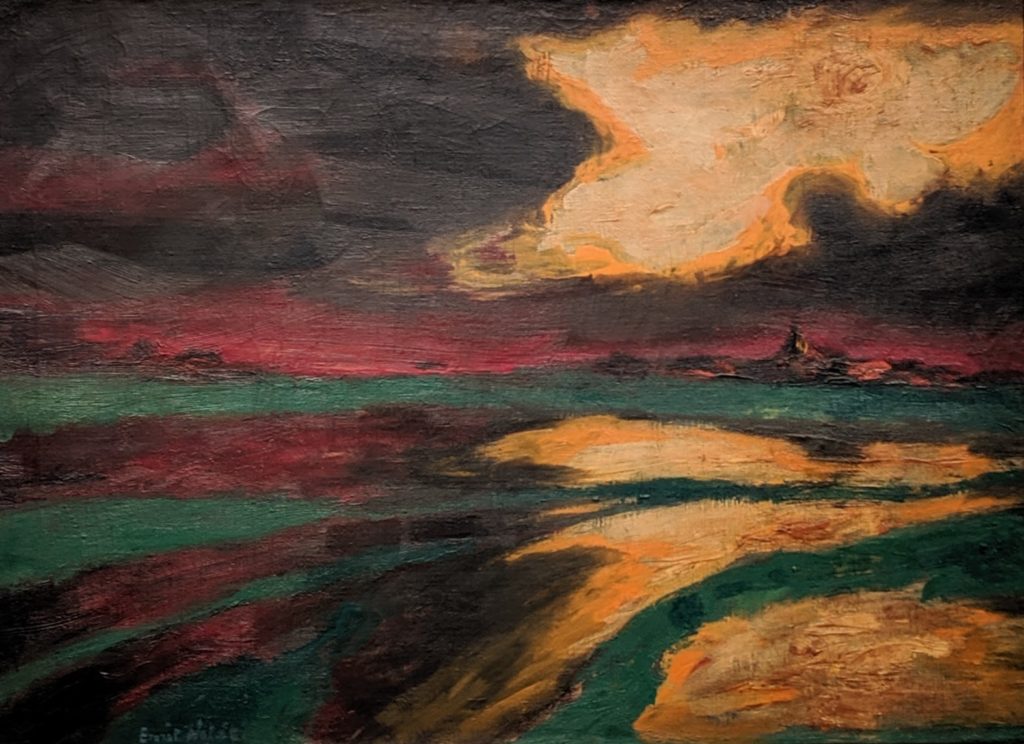
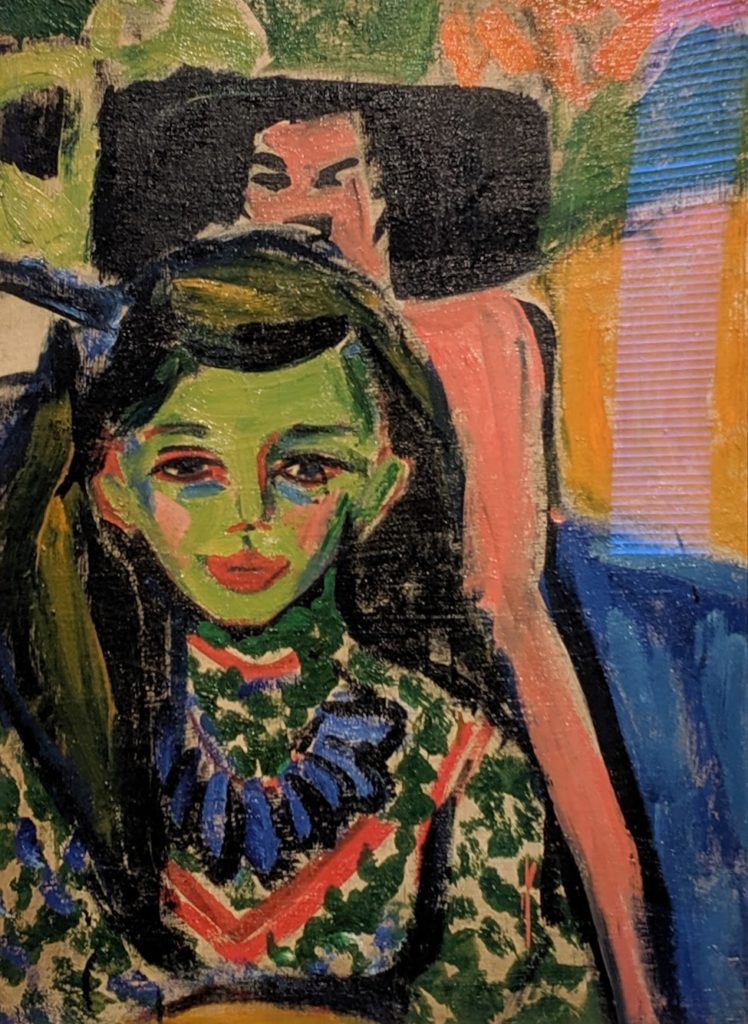

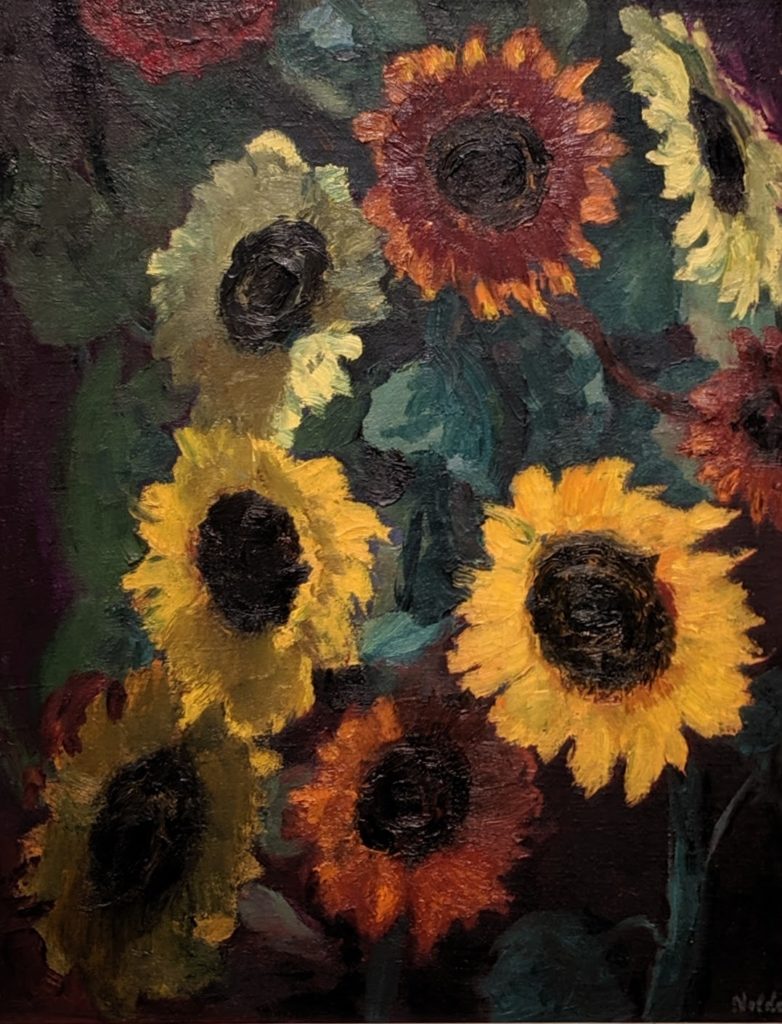
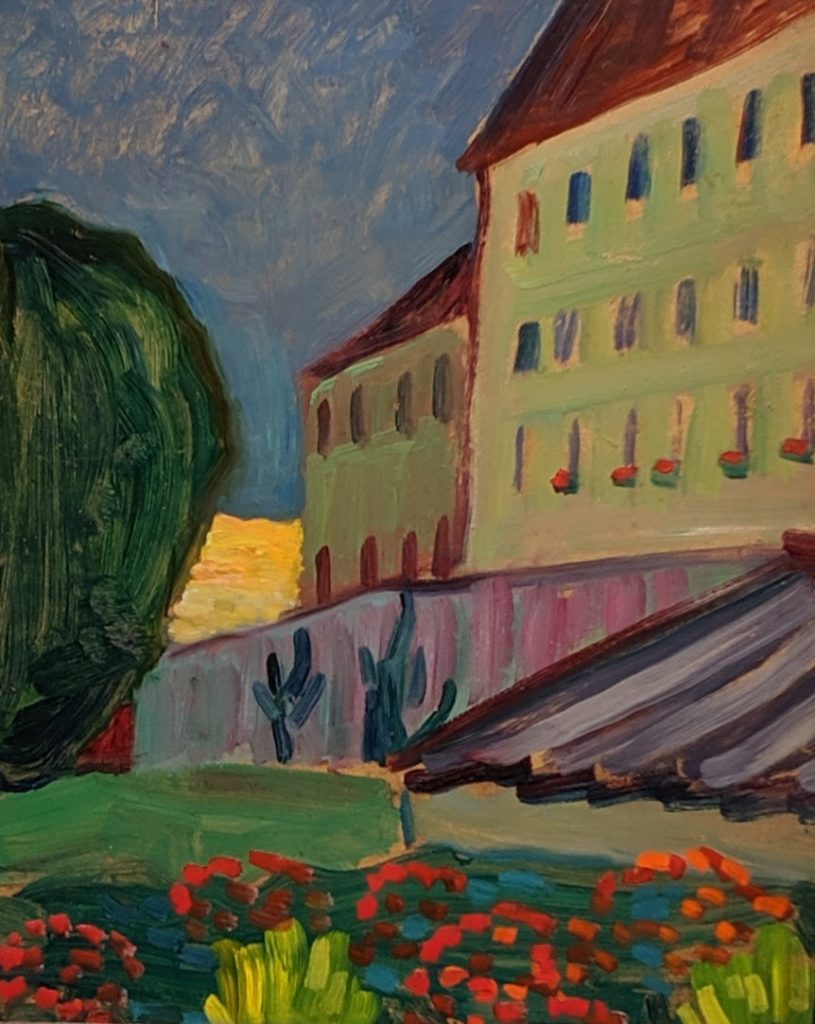
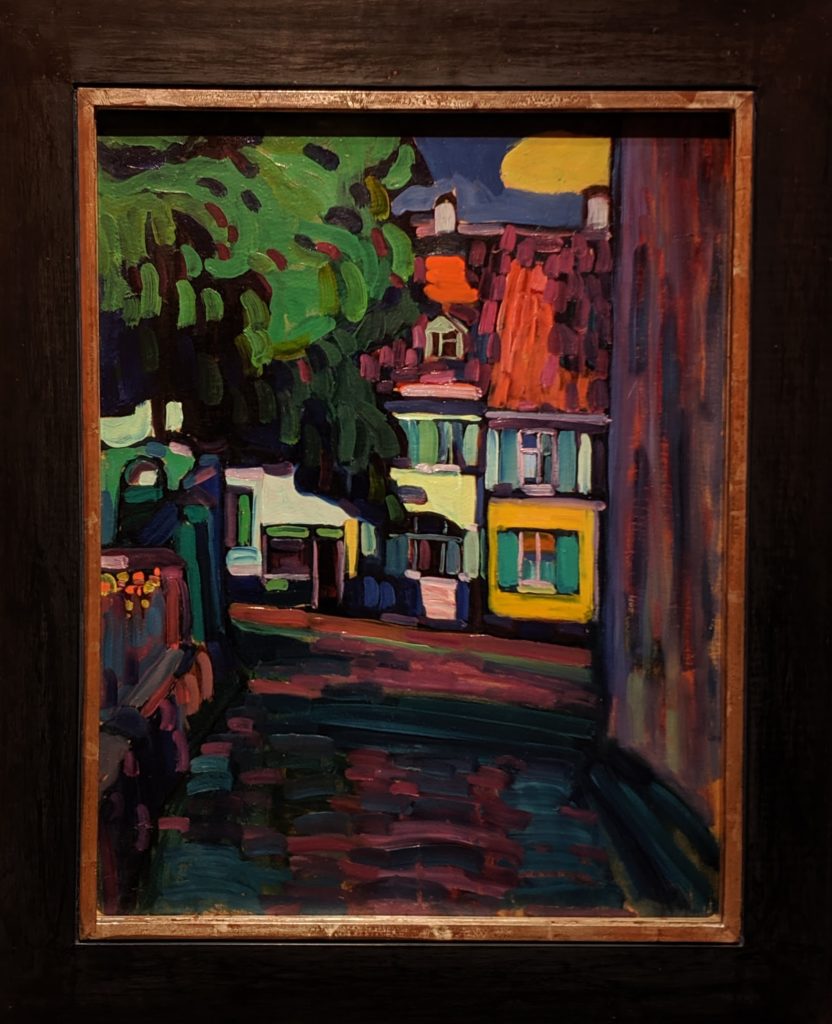

An Excellent Selection of American Art
While it is true that Carmen Thyssen-Bornemisza was introduced to collecting art by her husband, and she alone chose the salmon-pink color adorning the museum’s walls, Carmen’s contributions to the art world are far more substantive. One example of Carmen’s sharp eye may be found in the Thyssen’s holdings of 18th-, 19th- and 20th-century paintings by artists from the United States.
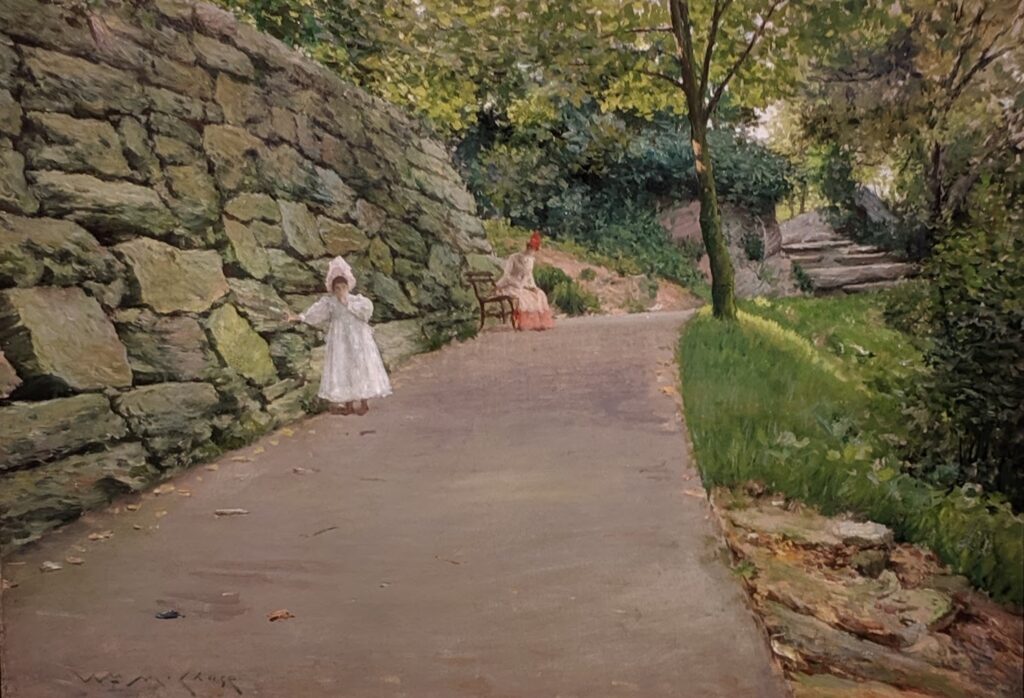



Works by the greatest American painters were appreciated by both Hans and Carmen, and Carmen continued to acquire important works even after Hans passed away in 2002. You will find numerous paintings by John Singleton Copley, Winslow Homer, John Singer Sargent, Georgia O’Keeffe, Edward Hopper and Jackson Pollock at the Thyssen, and we personally admire Carmen’s interest in landscapes and seascapes from equally talented Americans such as Francis A. Silva, Alfred Thompson Bricher, Martin Johnson Heade, John Henry Twachtman, Frederic E. Church, Childe Hassam, Albert Bierstadt and William Merritt Chase.
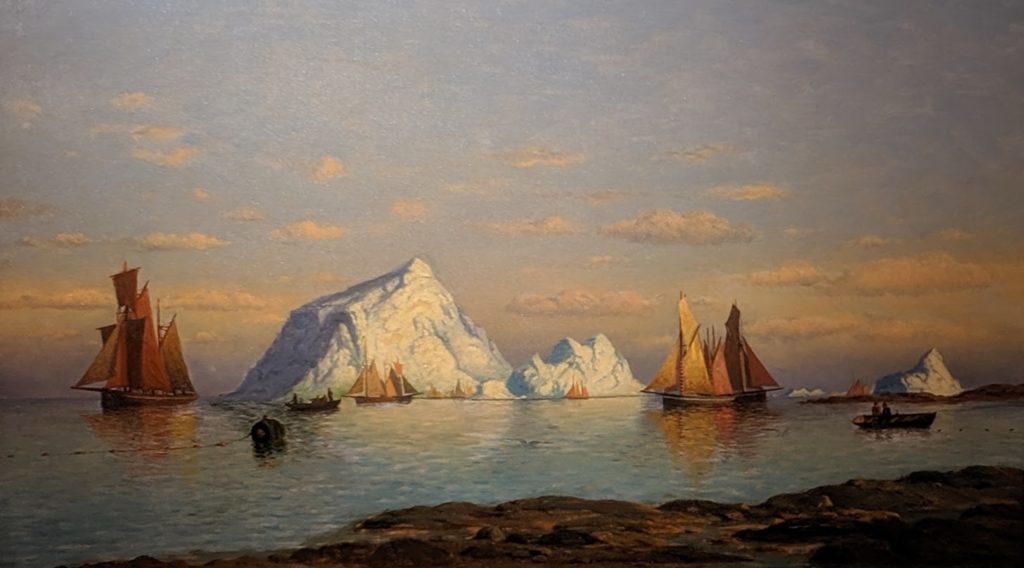
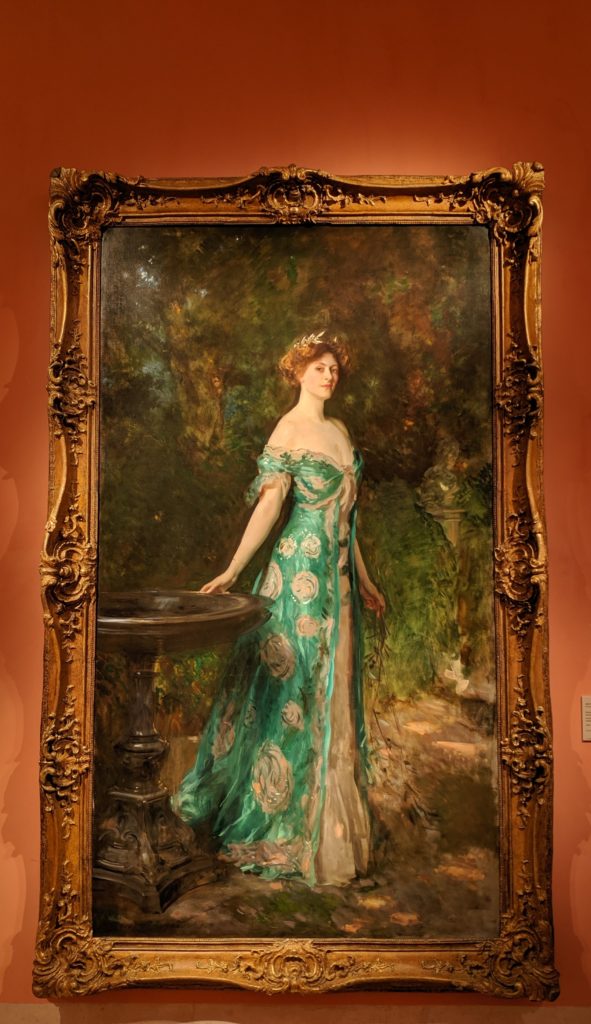
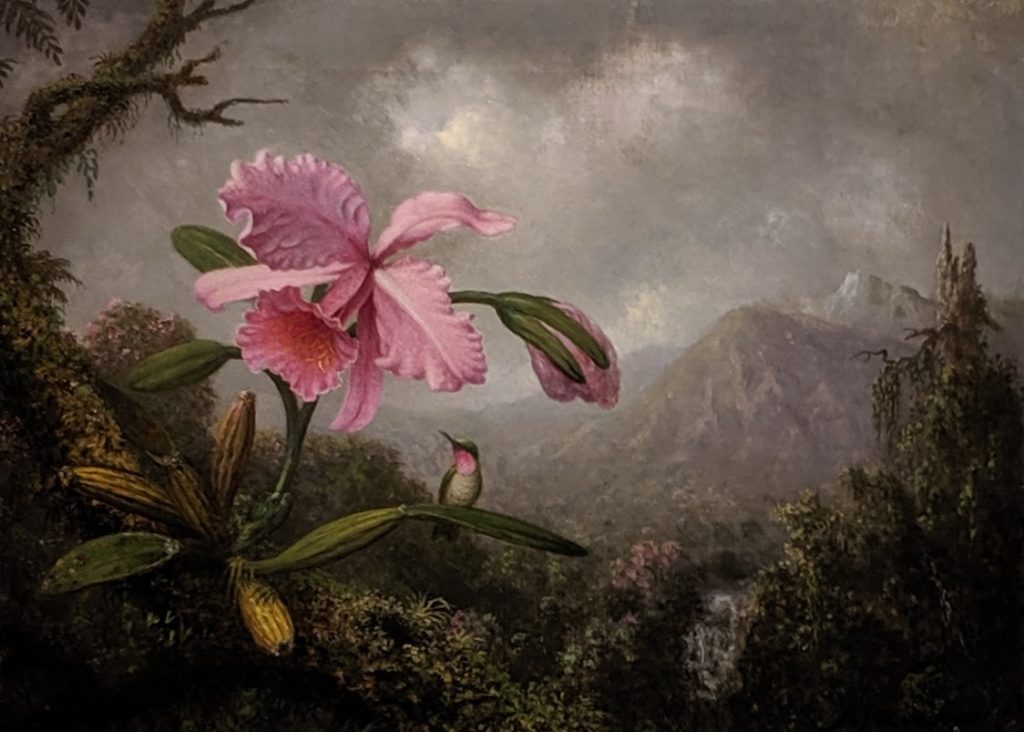

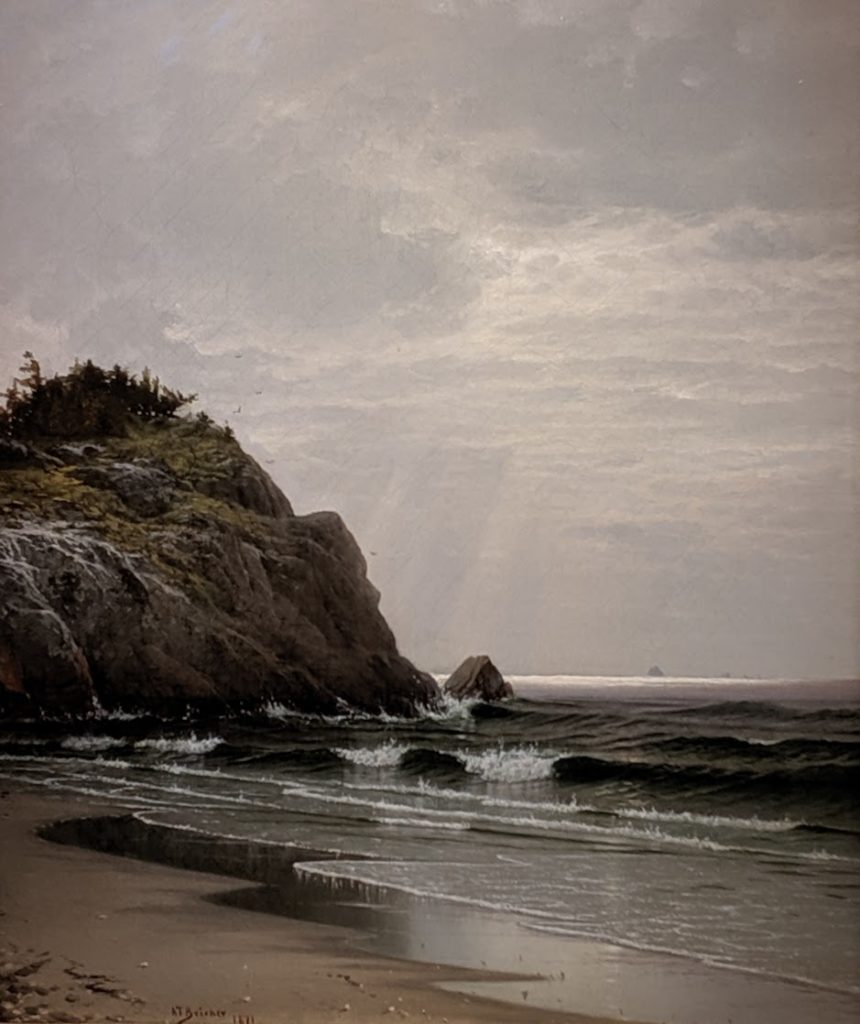
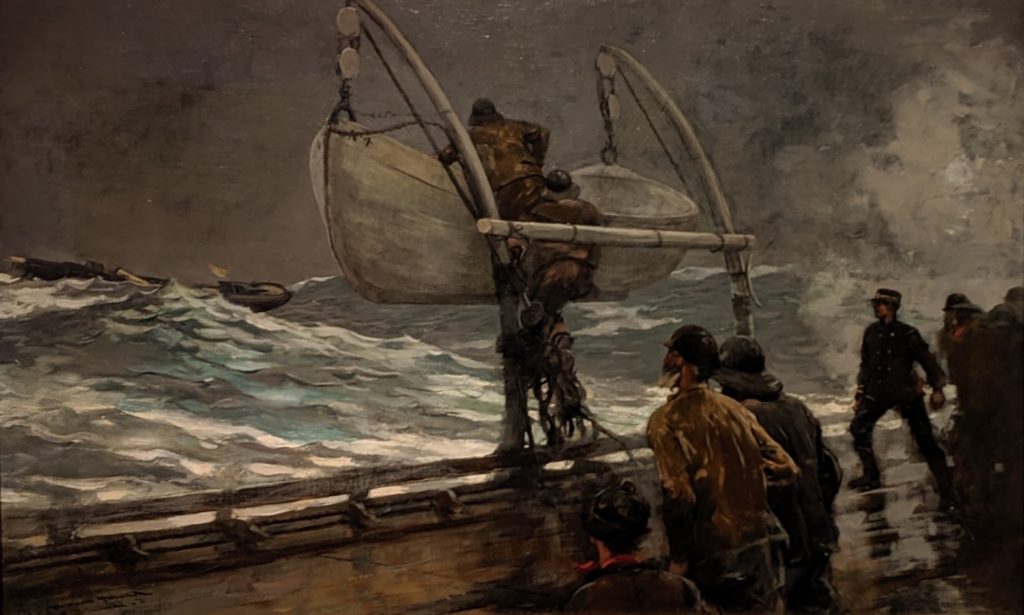

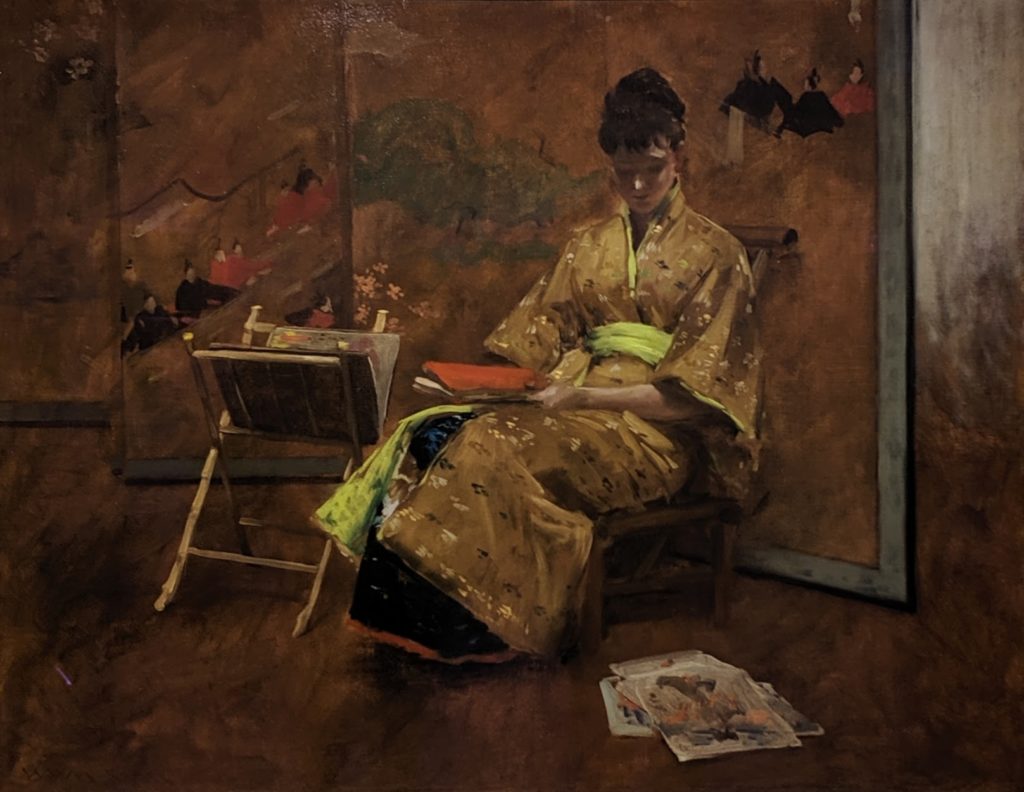
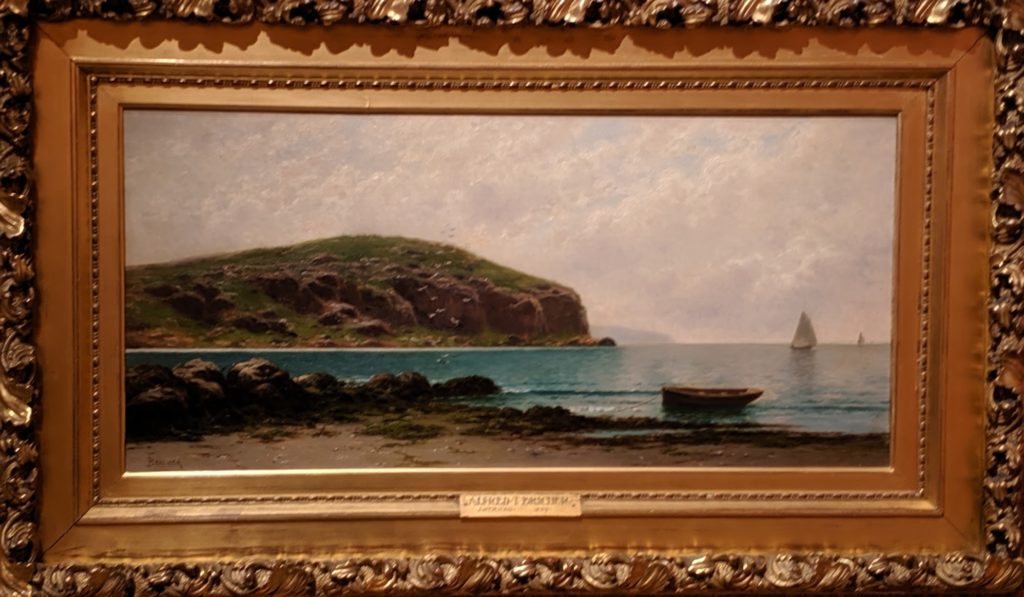
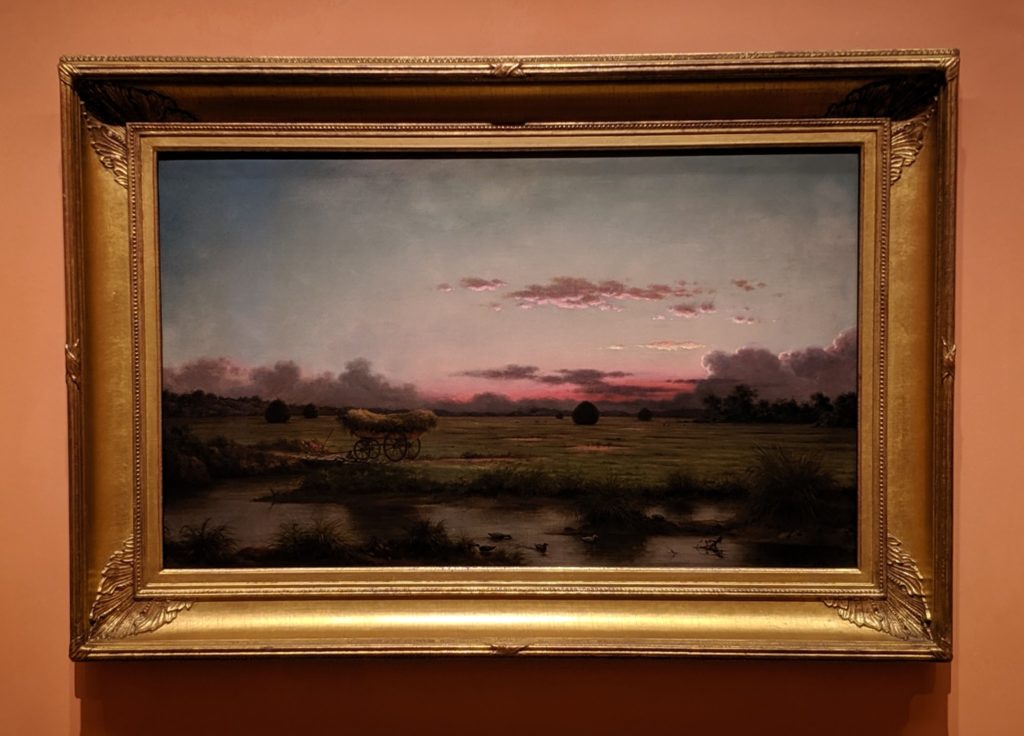
Renoir, Monet, Pissarro, Degas & van Gogh Courted Carmen’s Eyes
Visiting the Thyssen offers the viewer a wonderful, carefree ride through eight centuries of Western art, without being exhaustive. While grand museums like the Metropolitan Museum of Art in New York offer a deep, encyclopedic view of art history, the Thyssen merely presents the highlights — in sublime fashion!
A relaxing stroll through the Thyssen’s galleries is at first a mini-course in 14th and 15th Century Italian paintings; followed by early Flemish and Dutch masters (van Eyck, David, van der Weyden, Memling); amazing portraits from the 15th Century; then Carpaccio, Durer, Caravaggio and Rubens guide you through the 1500s and into the 1600s; leading up to an intensive study of genre and landscape art — two types of paintings that were enormously popular in the 17th Century Dutch school, influential for Americans in the 19th Century, inspirational for Romanticists such as Friedrich and, later, for Degas, Monet, Gauguin and others. They are all here for your pleasure. This trajectory through centuries of European & Western art logically culminates with Carmen’s obvious admiration for “vedute” — paintings of a city or place so faithfully executed that the location is easily identified — and her love for landscape art in general.
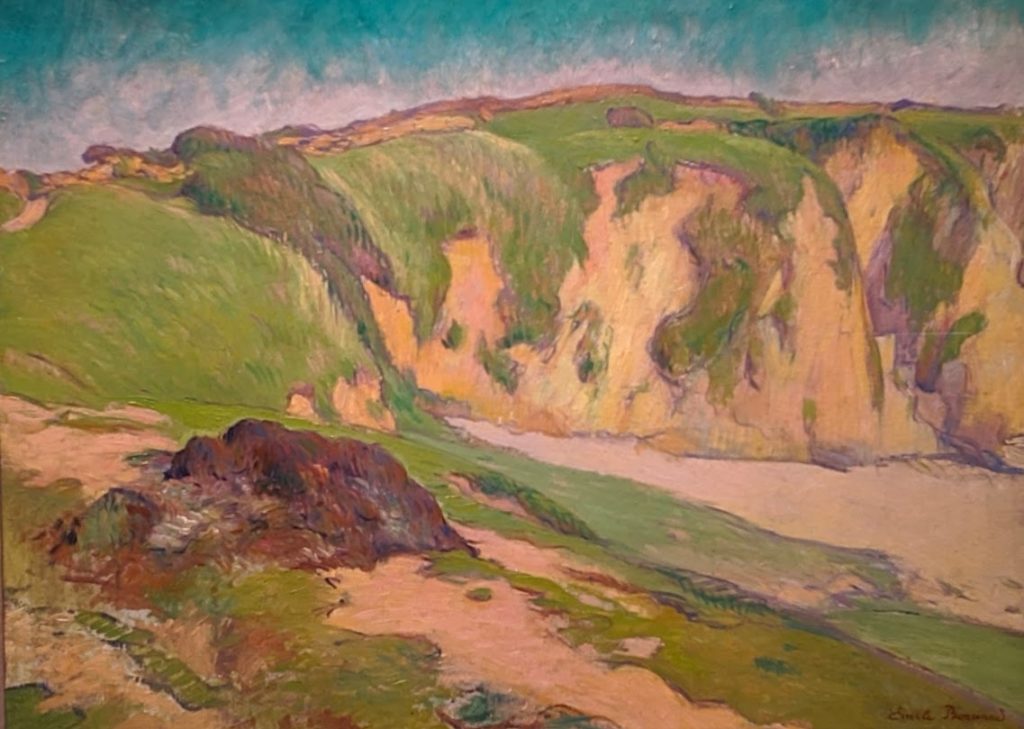
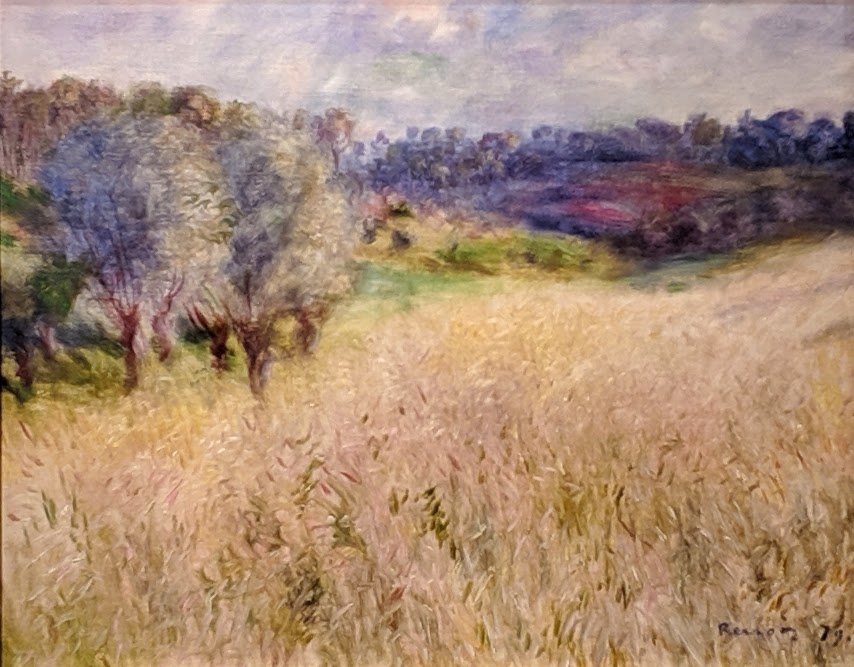
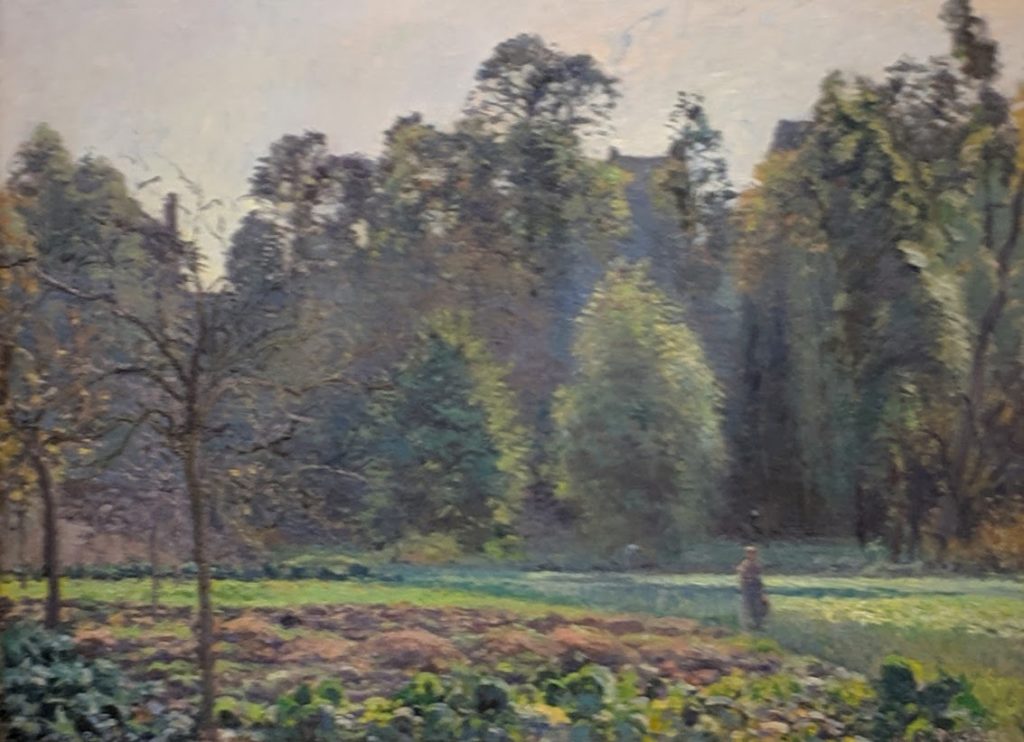

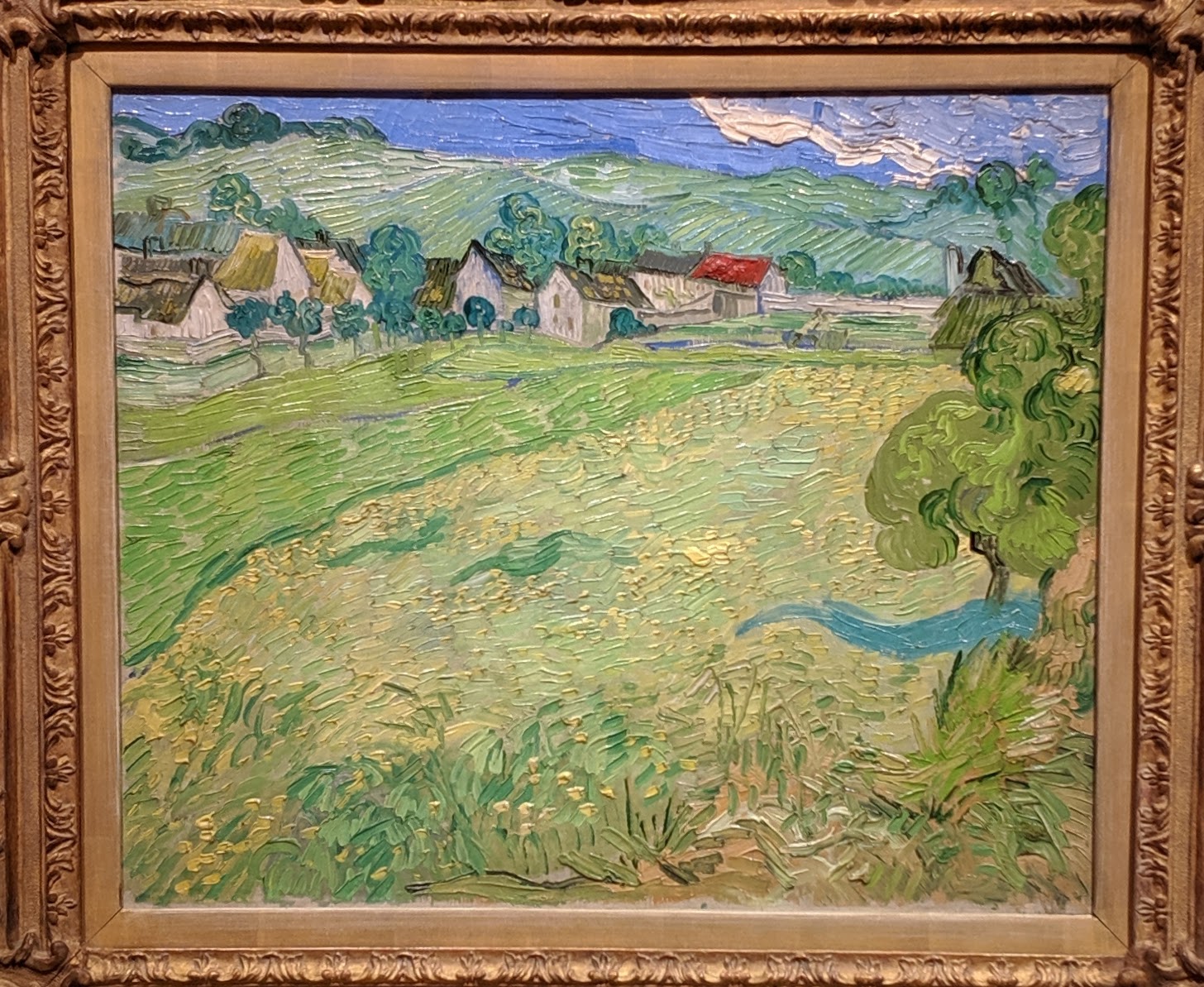
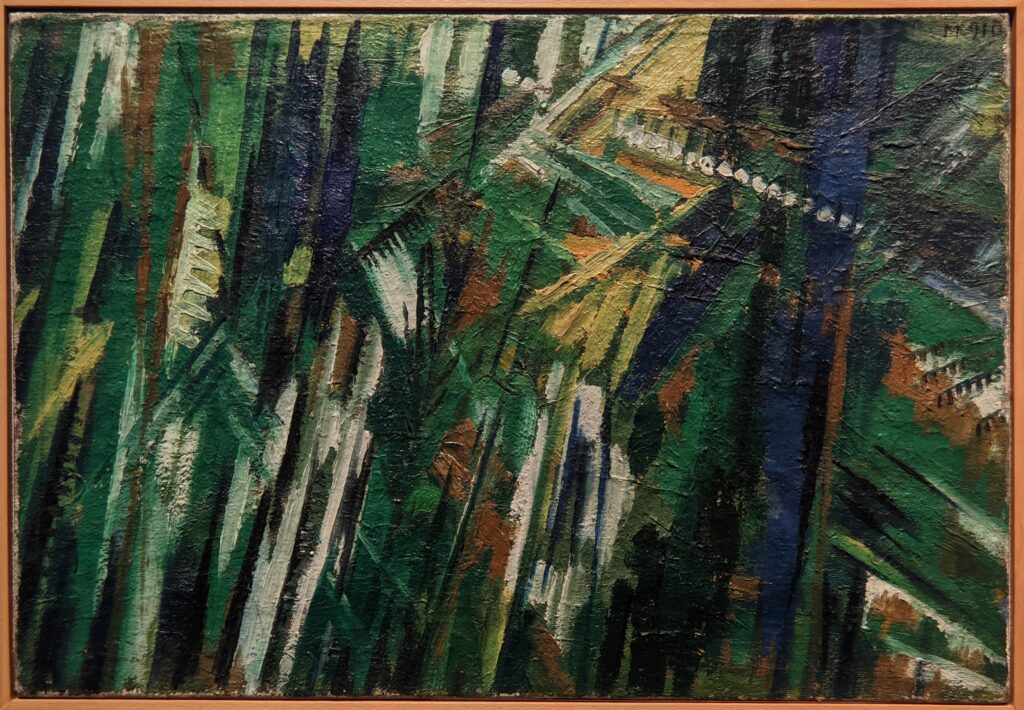

Our Choice for the Best Museum in Spain is the Museo Thyssen
Yes, the Prado Museum contains the most comprehensive display of great artists who painted in Spain (with Goya, El Greco and Velázquez leading the way). The Prado also possesses amazing holdings by Titian and Bosch, while the Museo Reina Sofia is the best place in Madrid to appreciate works by Picasso, Miró and Dalí.
The Thyssen provides a broader experience and completes the larger picture of Western art by filling in all the historical gaps missing from collections housed at The Prado and the Reina Sofia. We encourage you to visit The Prado, and we hope you will agree that the Thyssen’s collection shines brightest in areas which are underrepresented at The Prado, including Italian primitives from the 14th Century, and paintings from the Netherlandish, British and German schools. Additionally, the Thyssen will delight you with fine examples of Impressionist, Expressionist, Russian, and 19th-century American art, plus high-quality special exhibitions.
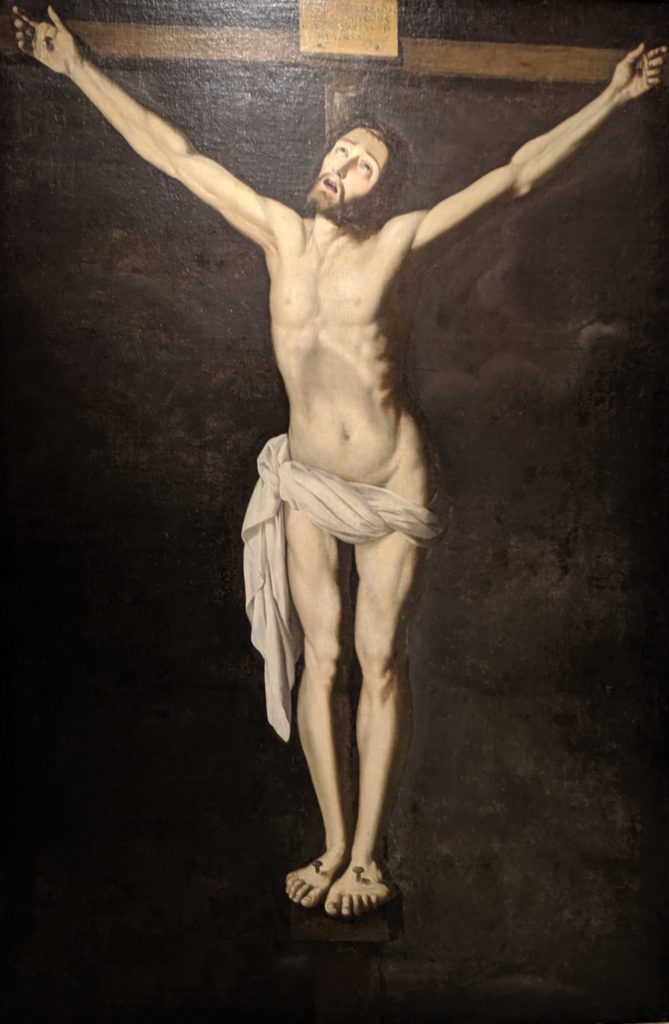
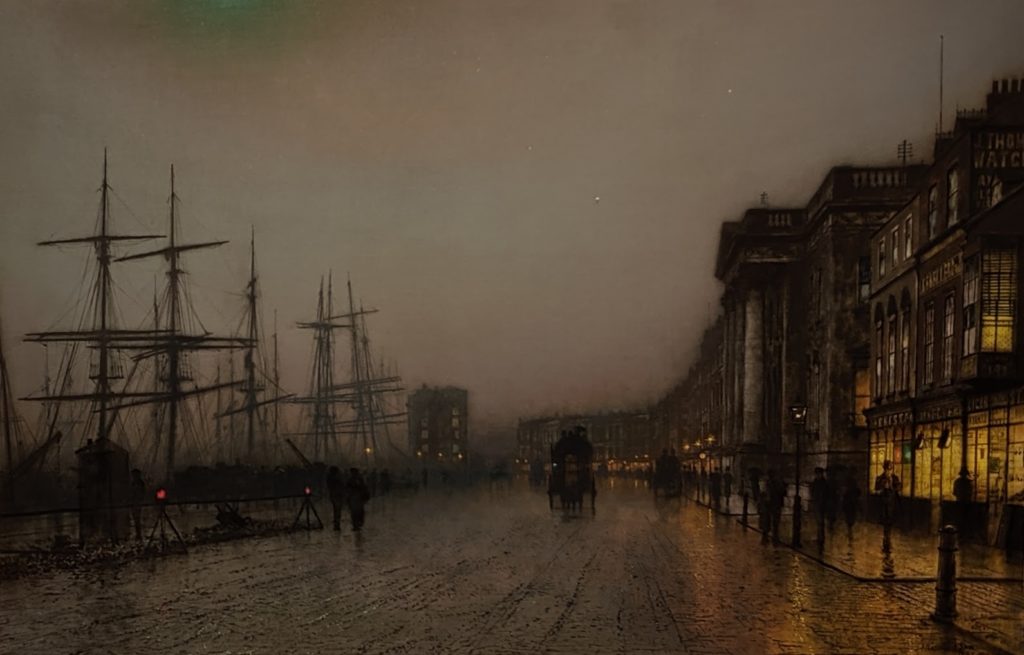
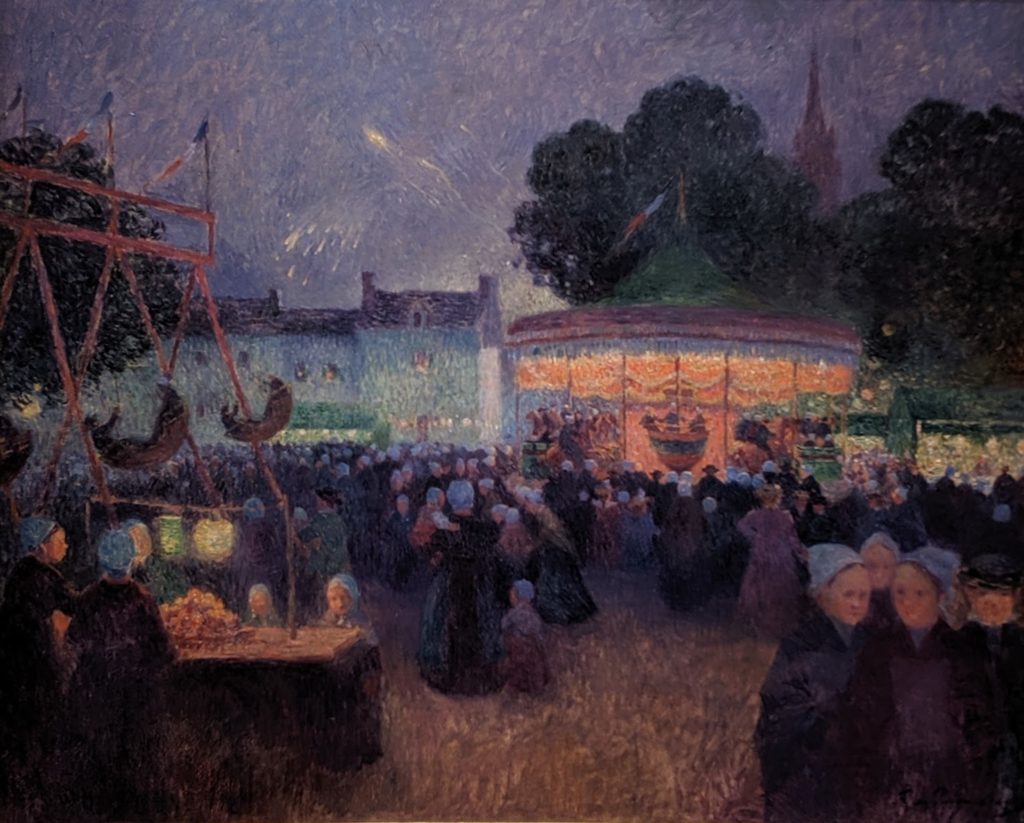

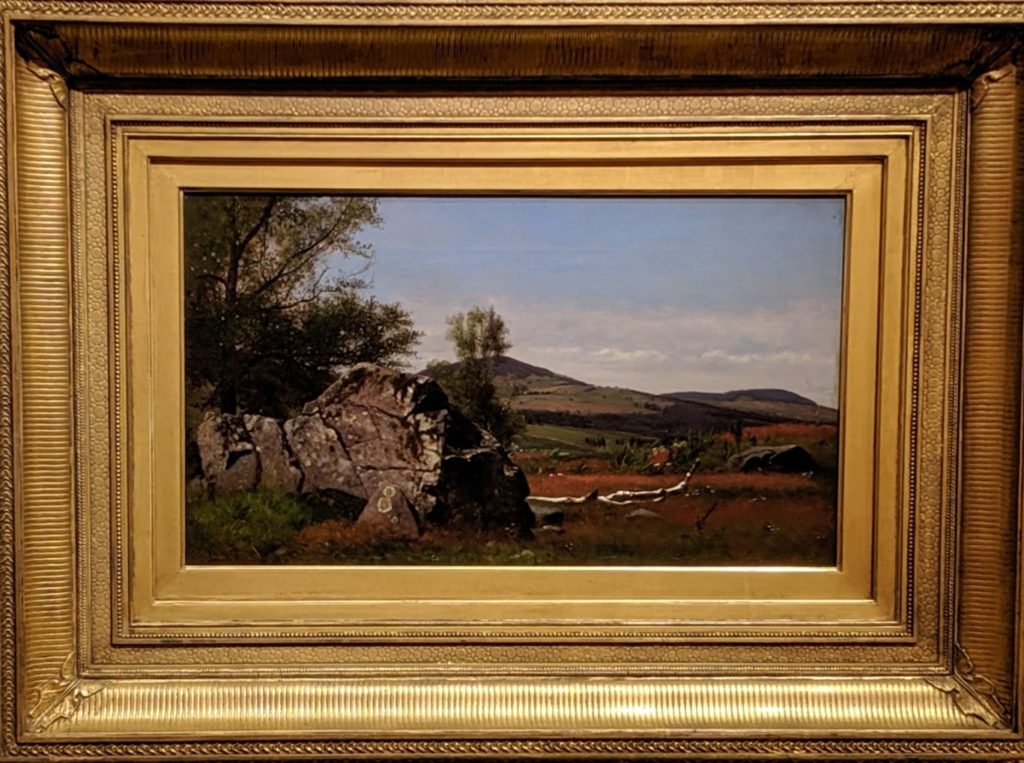
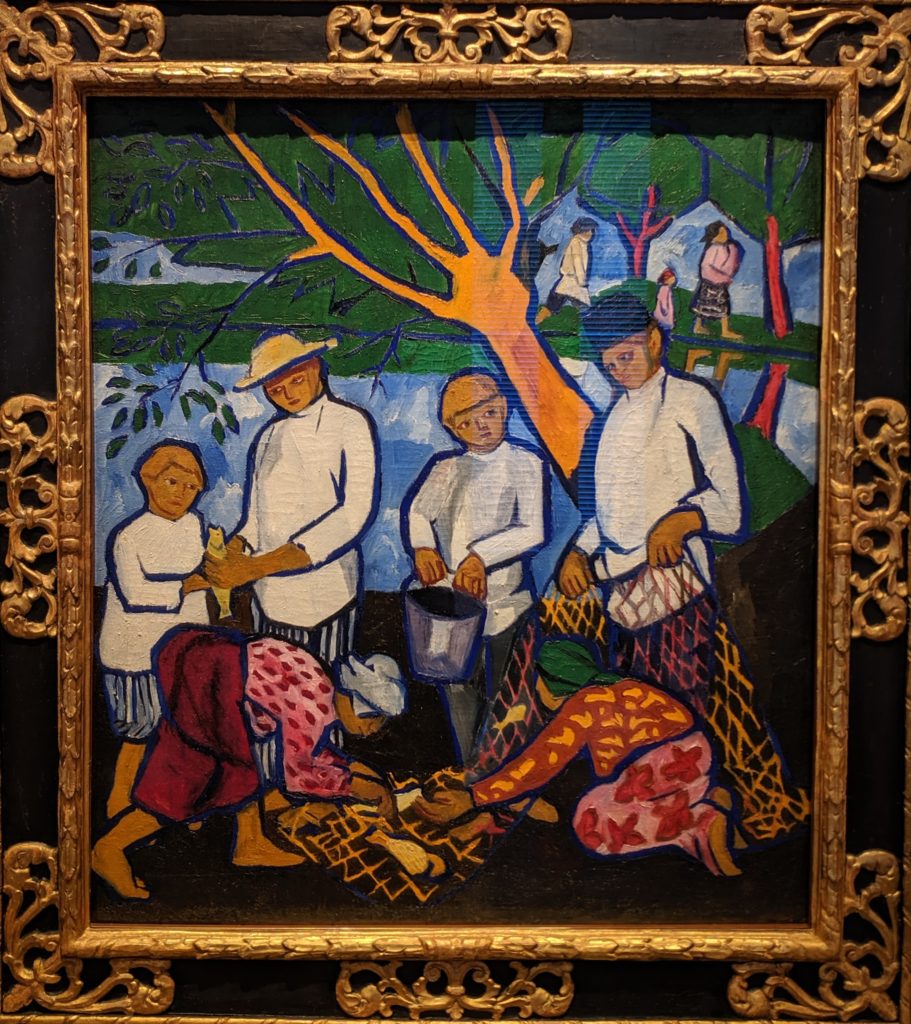
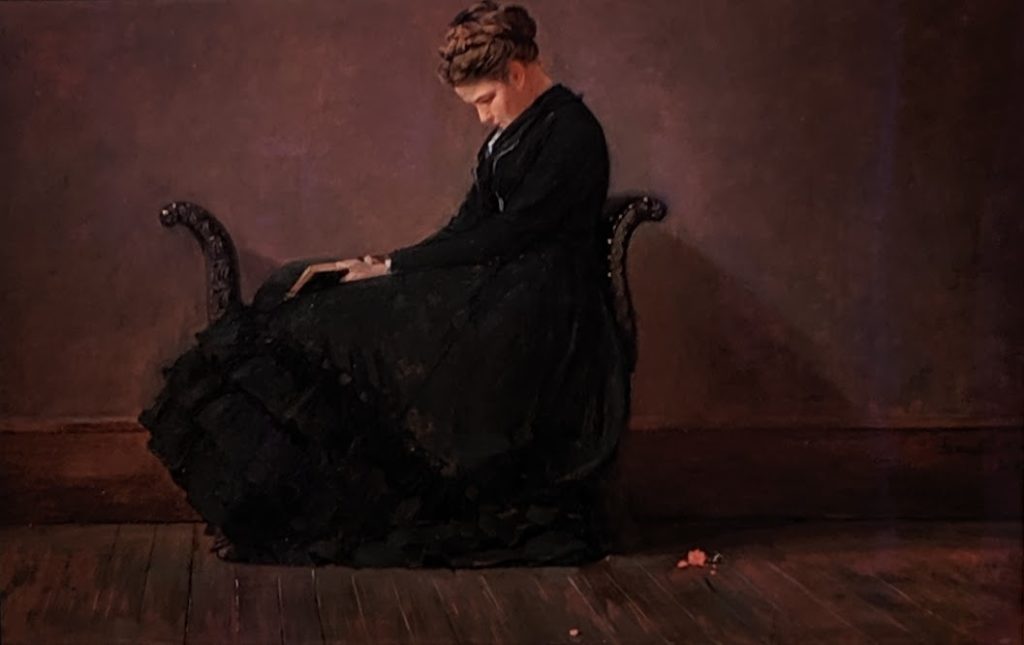
Special Exhibitions at the Thyssen Museum
The Thyssen presented an excellent retrospective entitled “Lucian Freud: New Perspectives” — a solo devoted to Freud (1922 — 2011), an outstanding figurative painter who was born in Berlin and emigrated to London with his family in 1933. This exhibition closed on June 18, 2023. Lucian Freud, the grandson of Sigmund Freud, concentrated on the portrayal of human beings using oil on canvas, and his body of work is linked to the “School of London,” a group of figurative artists based in the British capital which included Francis Bacon.
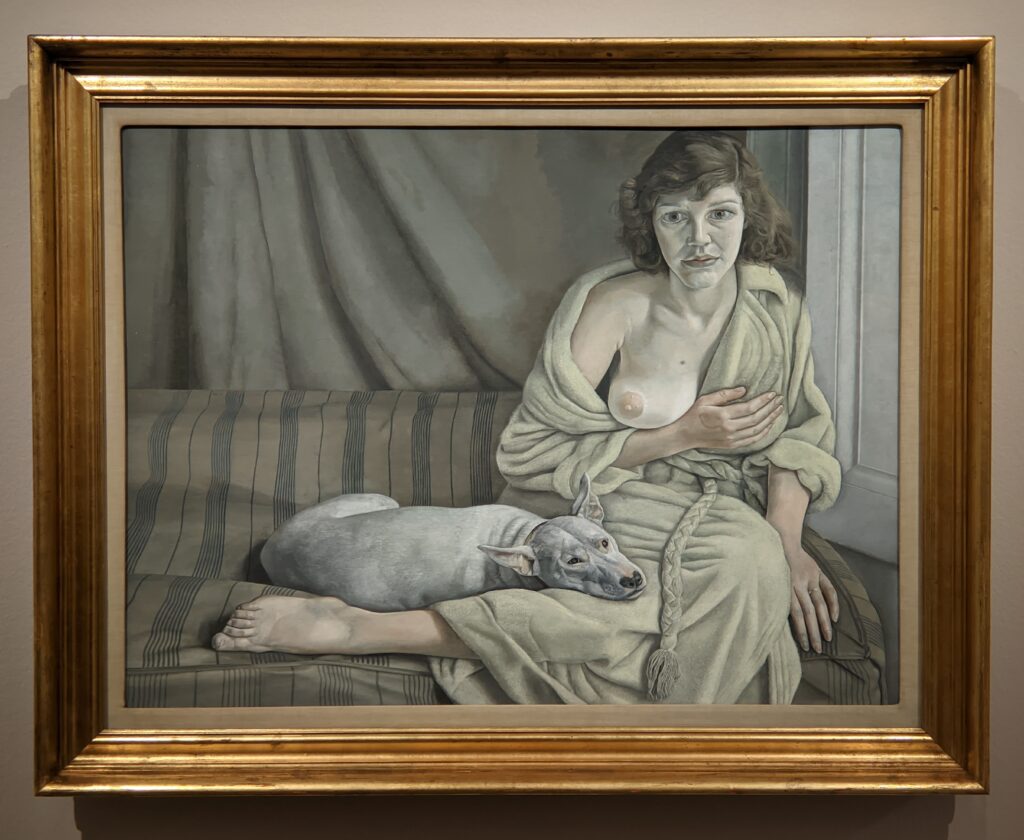

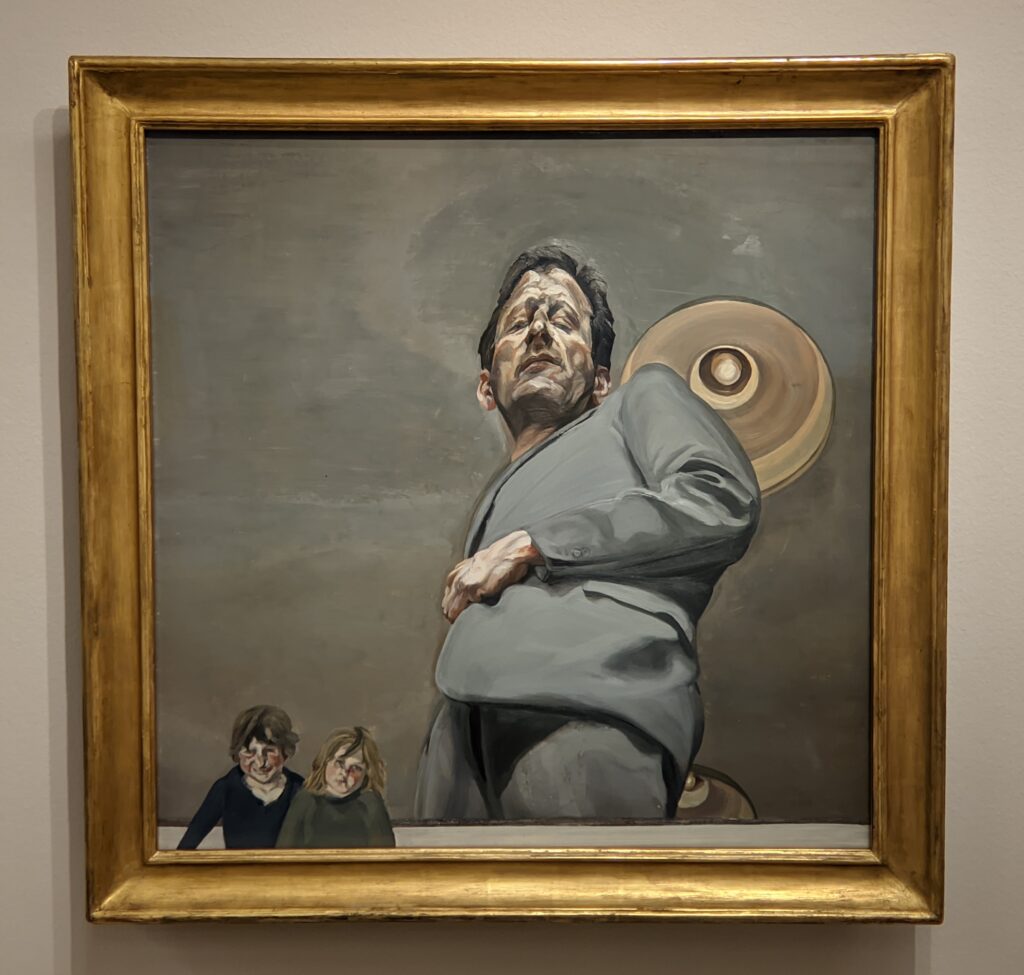
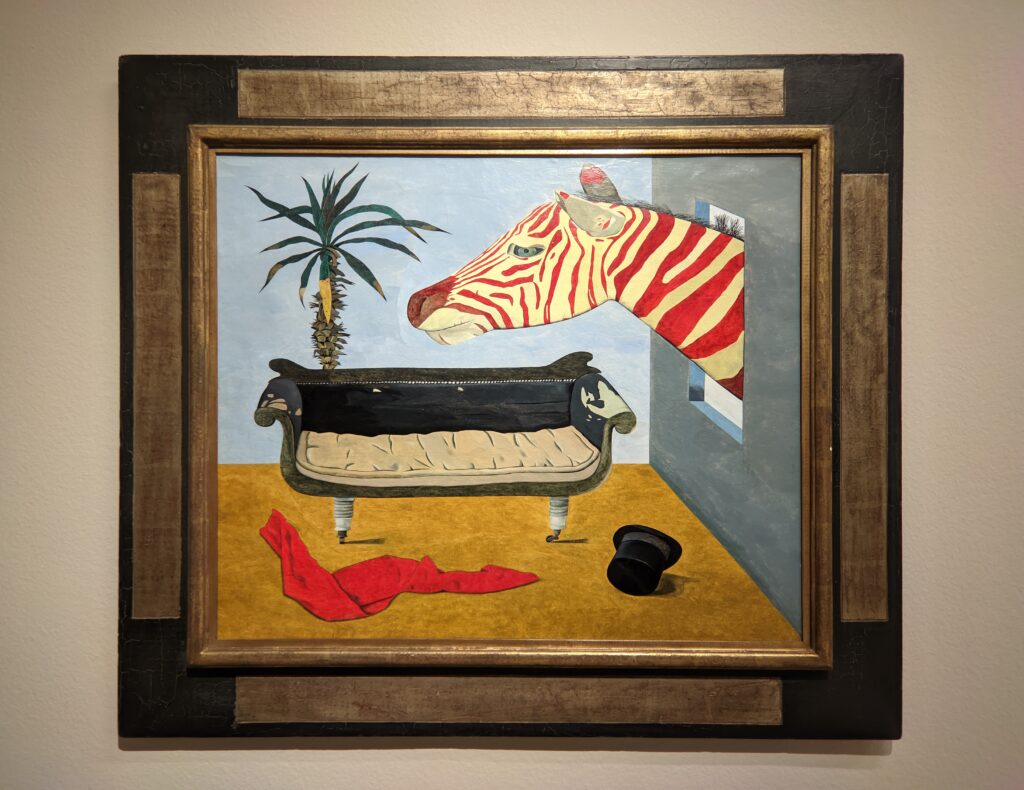
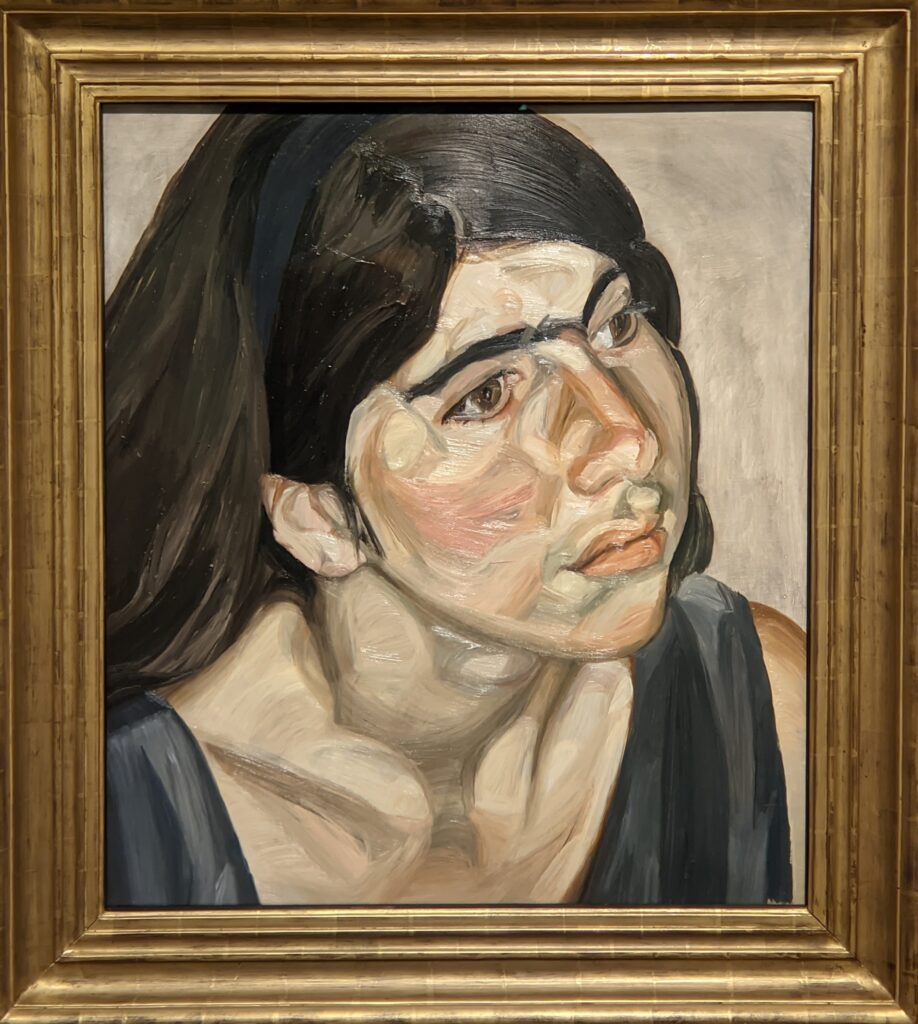


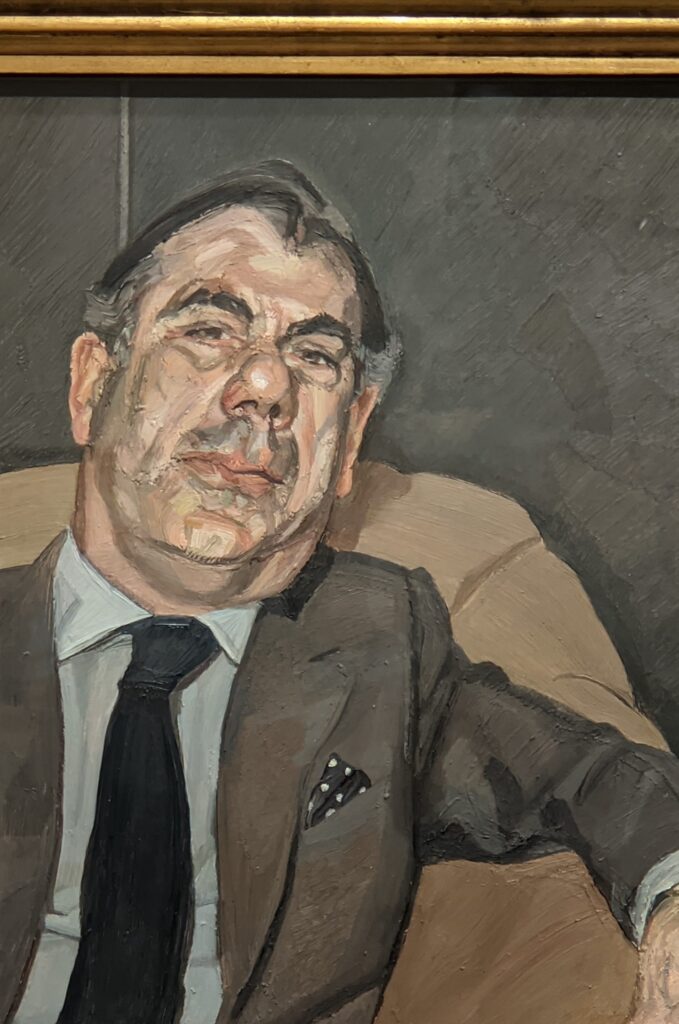
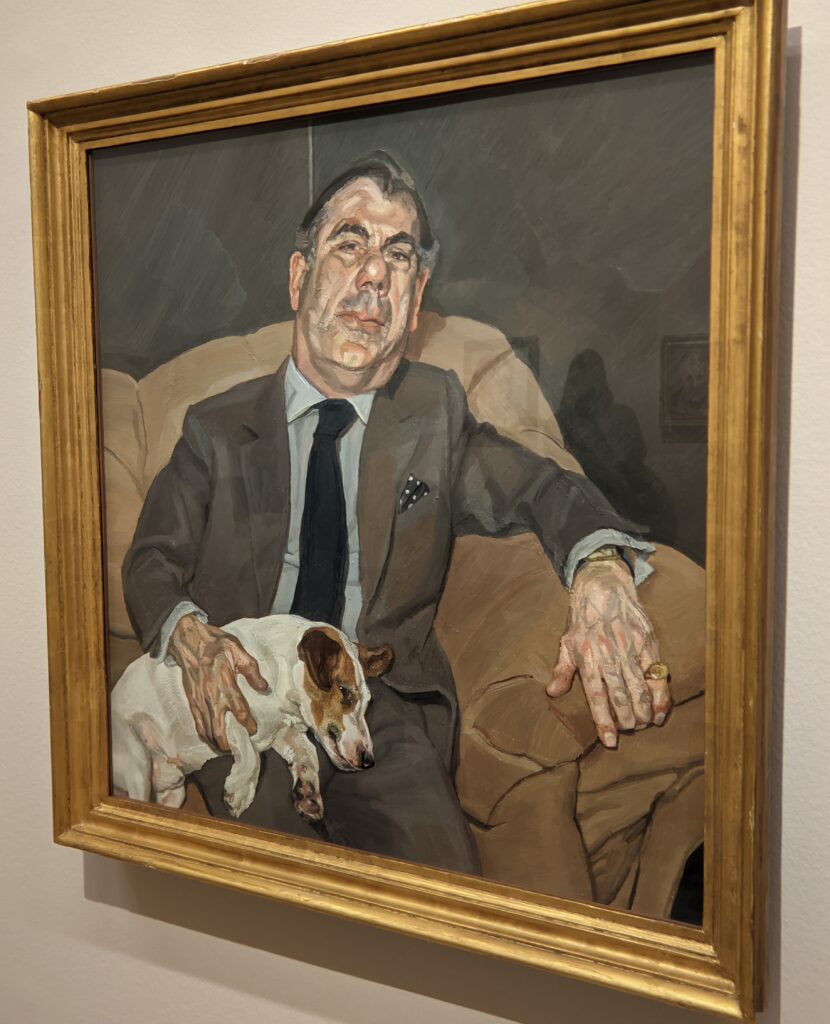



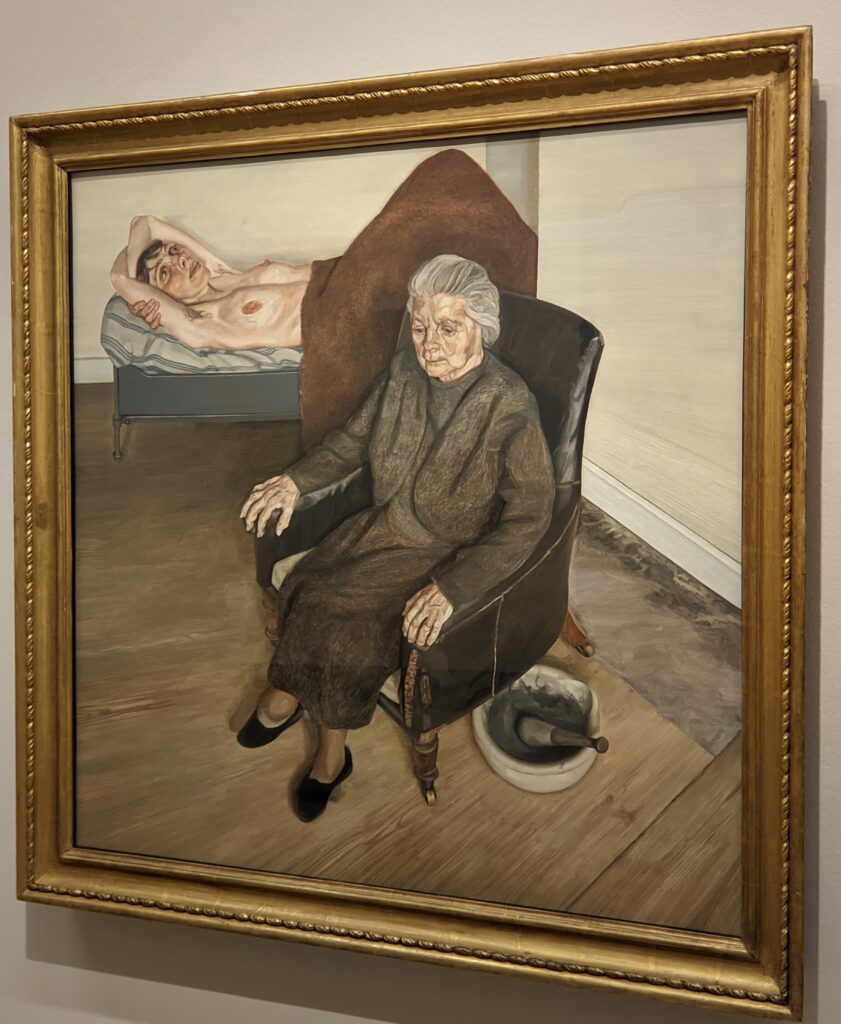


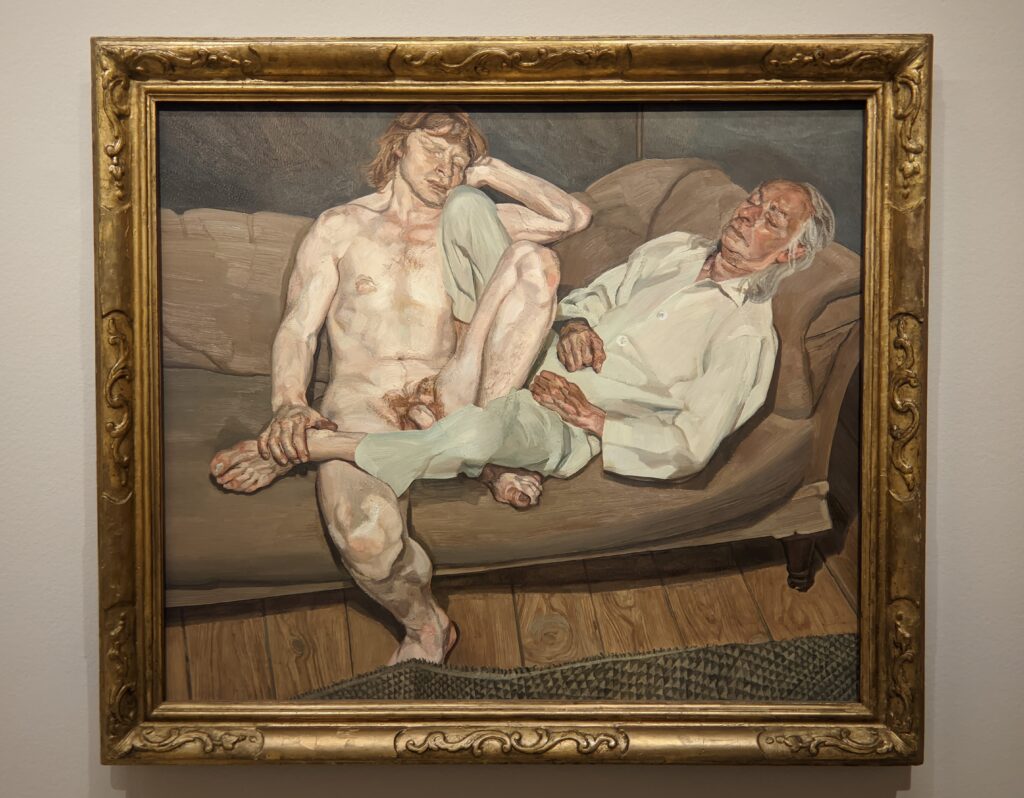
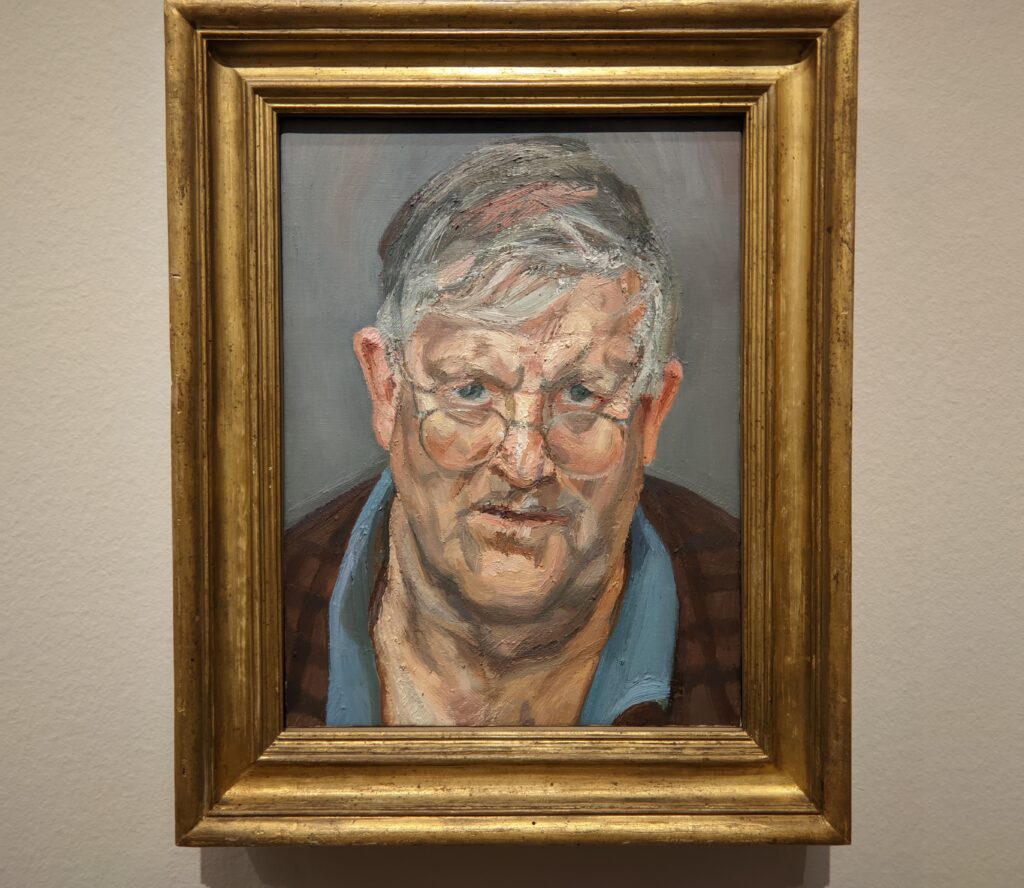
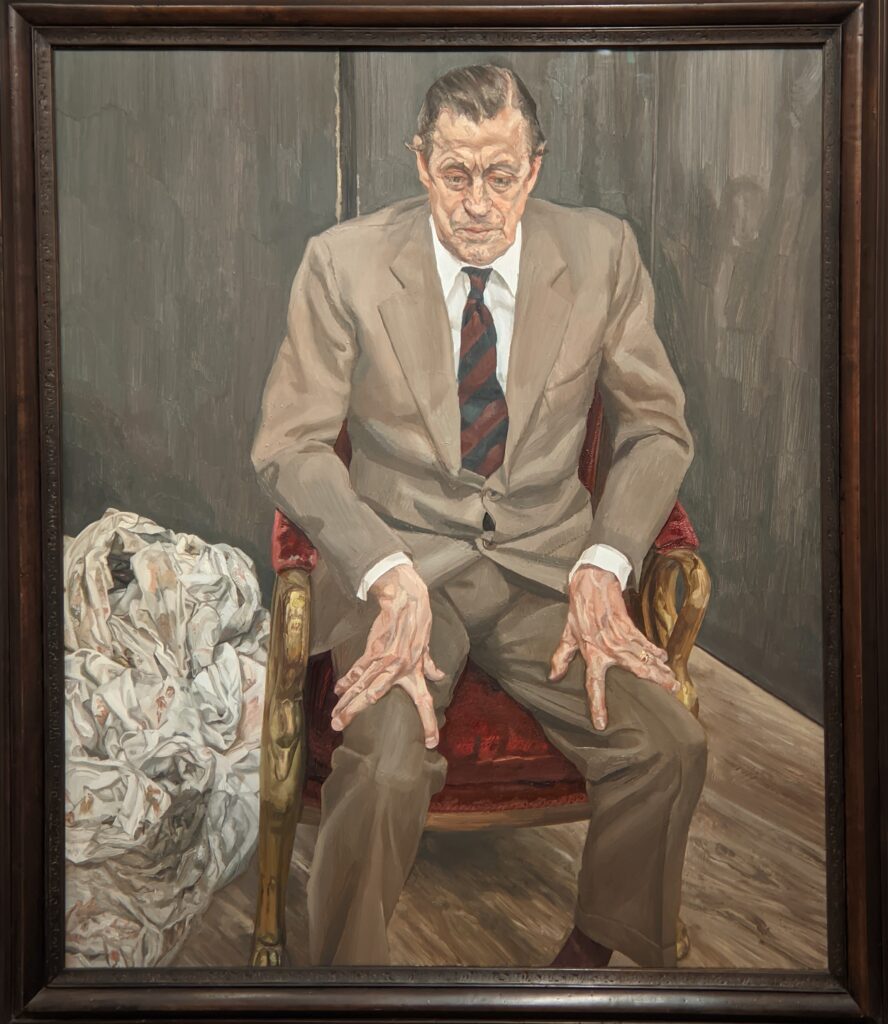

The baby in “Large Interior, Notting Hill” (above) is Gabriel Jagger, son of Jerry Hall and Mick Jagger. In this painting, Freud’s assistant David Dawson is shown breastfeeding the baby due to the fact that model Jerry Hall failed to show up for her sessions.
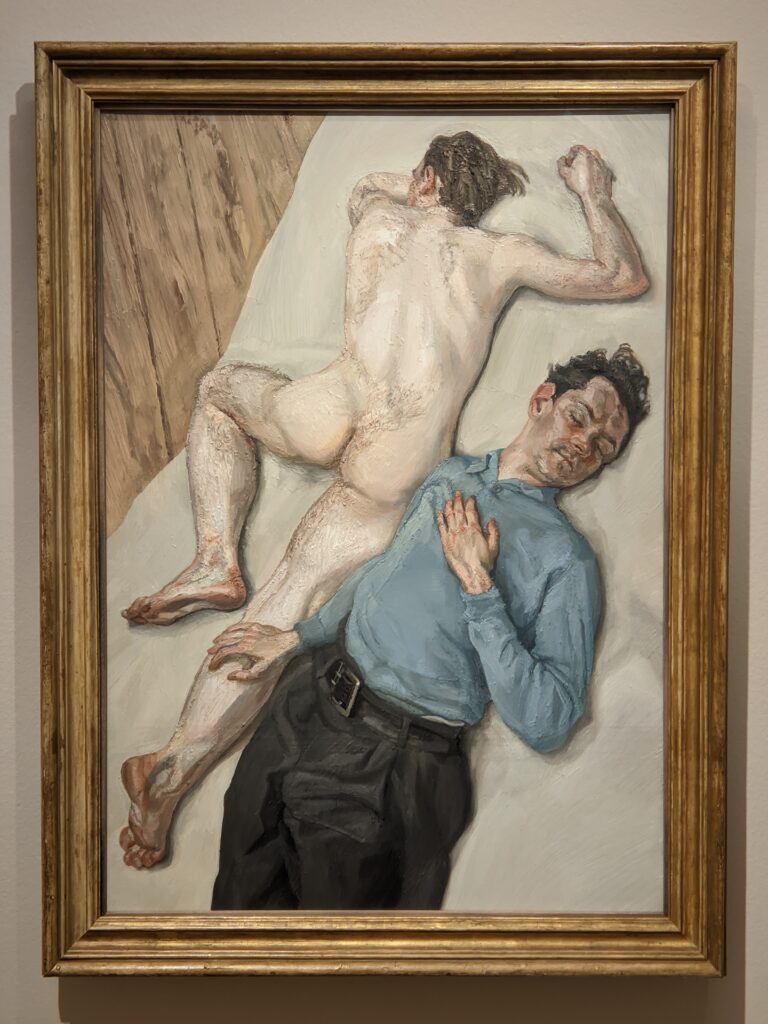

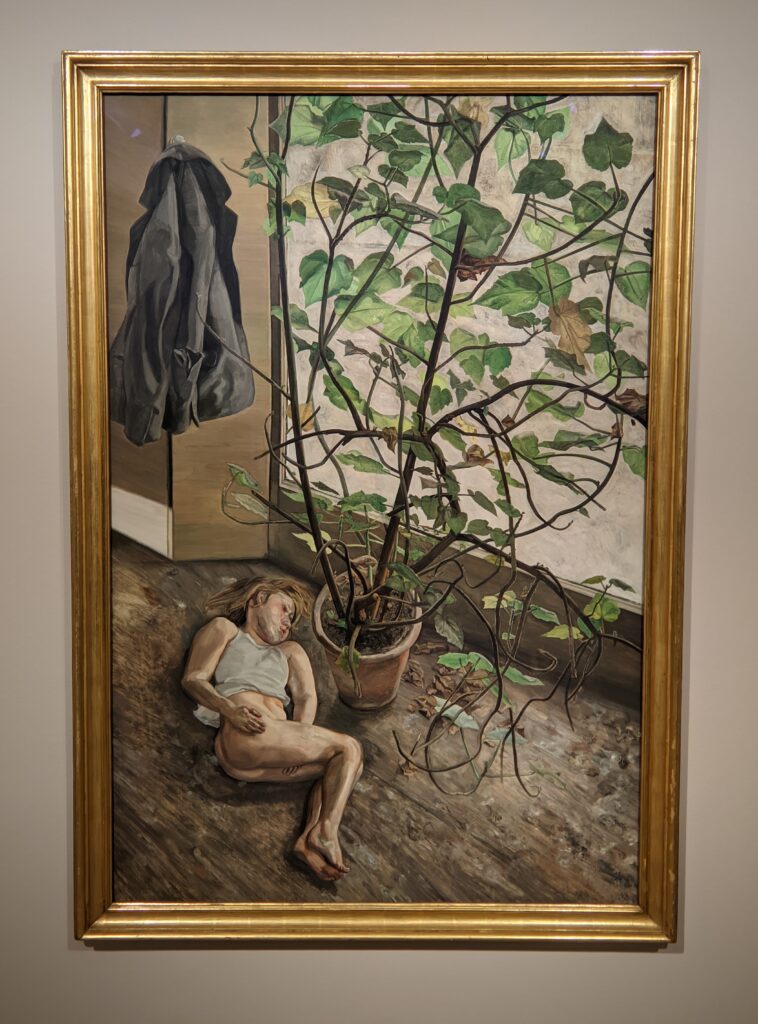

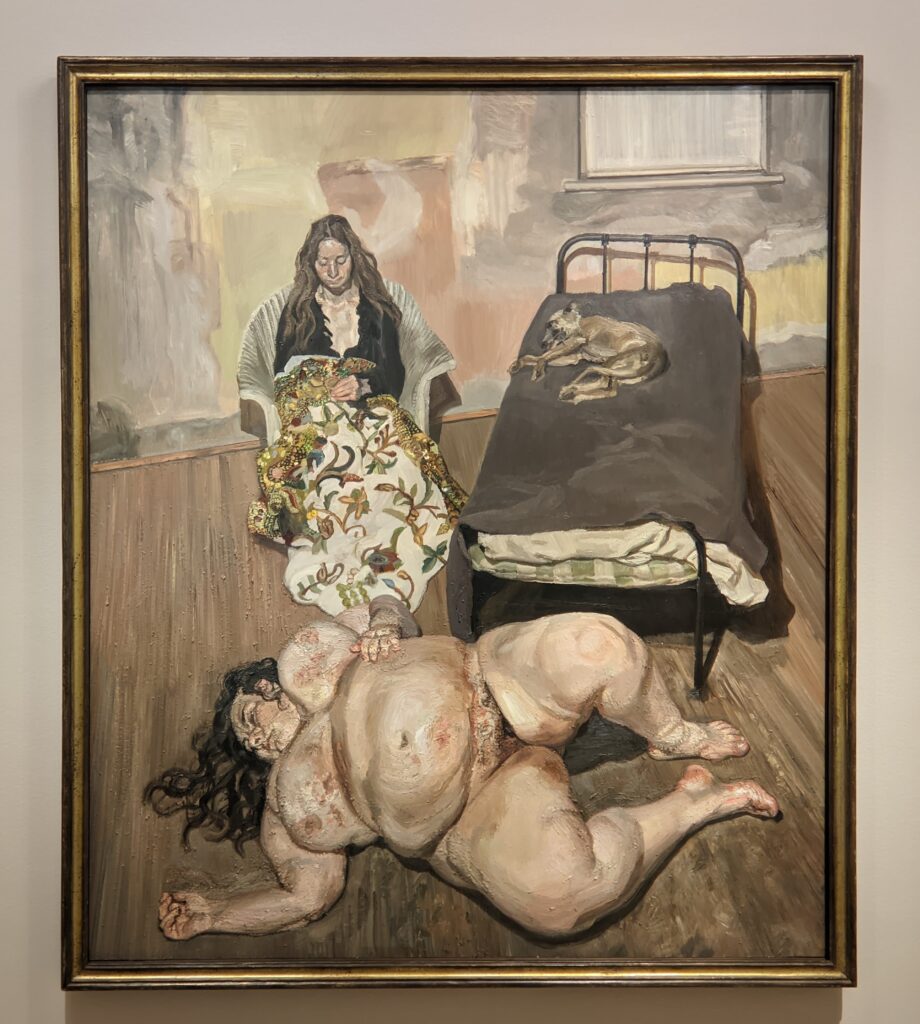
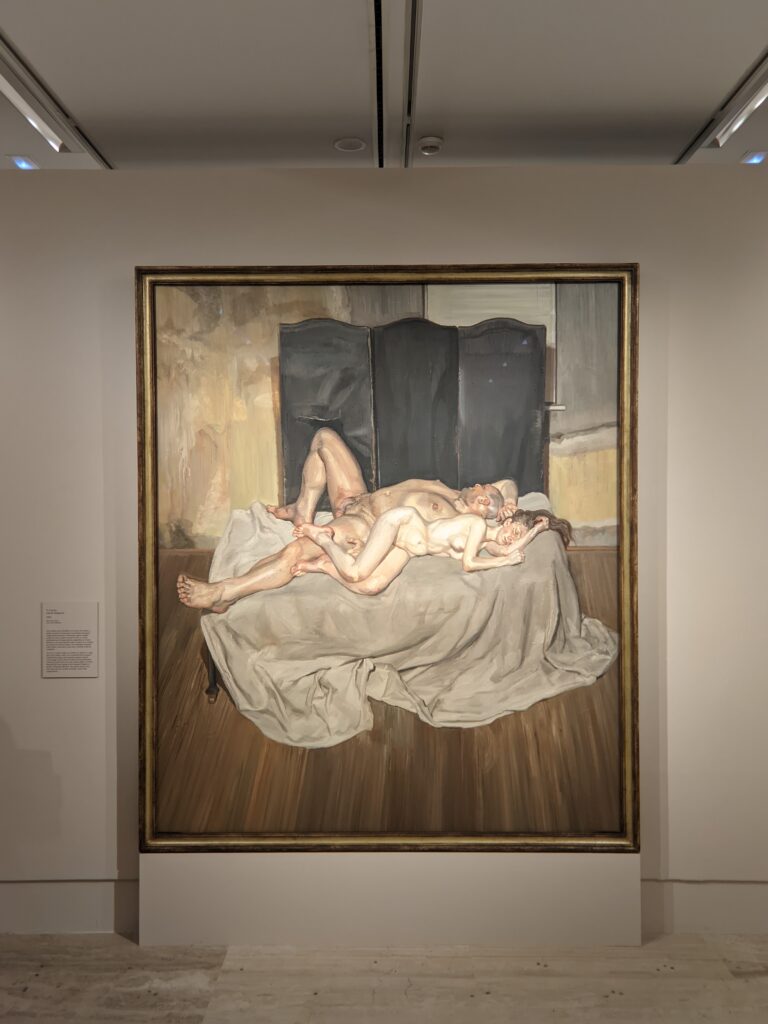

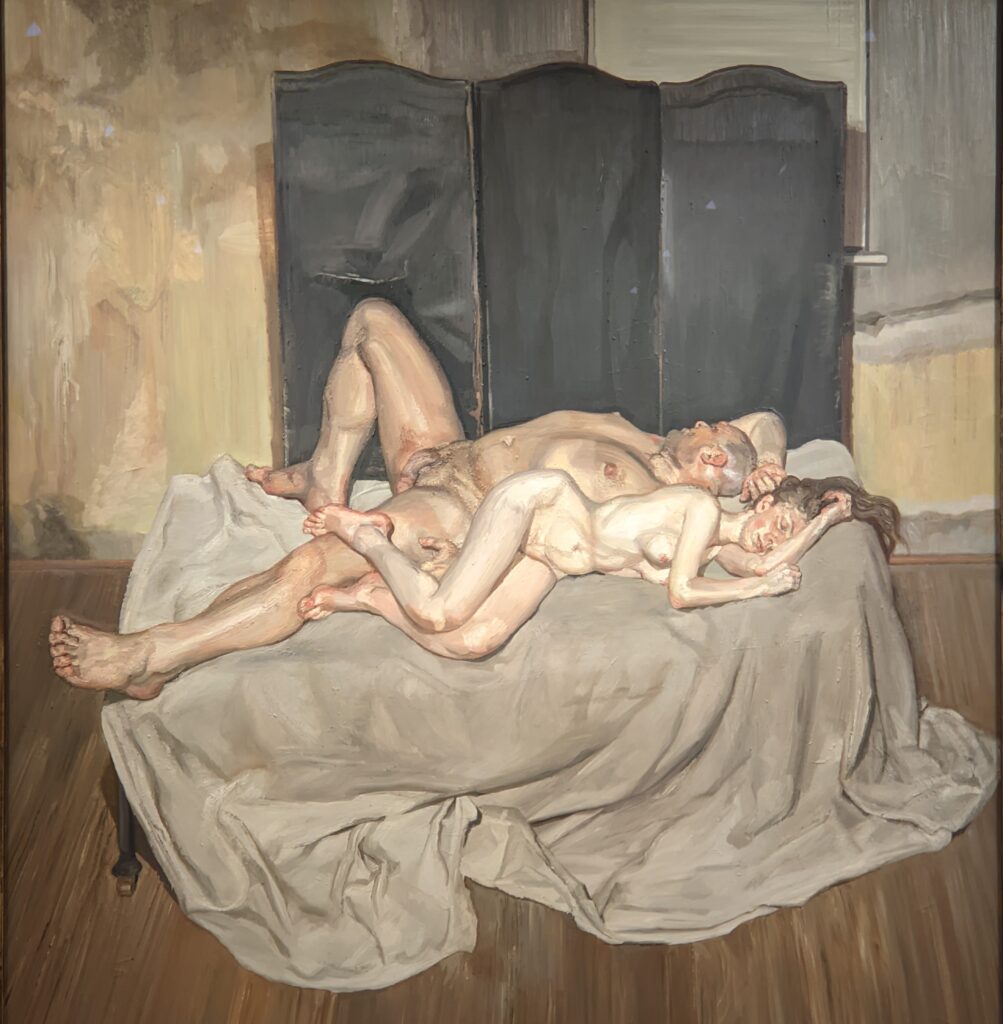
Lucian Freud’s Paintings Speak of Intimacy & Introspection

Though we at ArtLoversTravel did not enter this display as fans of the painter Lucian Freud, we found this exhibition extremely powerful, even riveting at times, and expertly curated. Freud’s paintings speak of intimacy. Above all, throughout his career, this artist portrayed the people in his closest circle — family, friends, lovers, colleagues in the art world — including his first wife Kitty Garman (above), and his good friend and a major collector of his artwork Lady Jane Willoughby (below). Lucian Freud’s static, frontal portraiture (featuring his painstaking attention to detail in the 1940s and a looser, more expressive technique using thicker brushwork beginning in the 1960s) pays homage to the Renaissance tradition of portraits of power, with their seated subjects revealing introspective attitudes.
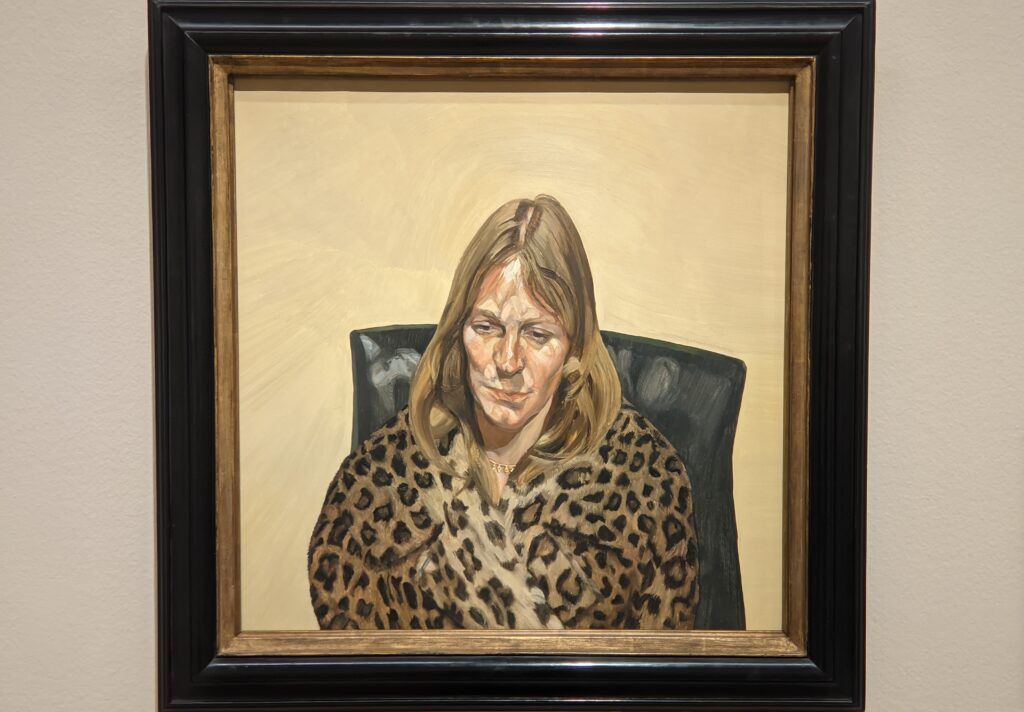
Historian Herbert Read defined Freud as “the Ingres of existentialism” due to the skillful atmosphere of malaise and angst pervading his art. Jean-Auguste-Dominique Ingres, however, idealized and beautified the sitters for his portraits. Freud’s often unflattering images also pay homage to the straightforward, raw and provocative art of the New Objectivity movement, which depicted reality with a clinical precision achieved through an intimate knowledge of and a dispassionate creative detachment from the subject. The New Objectivity movement essentially ended in Germany with the beginning of the Nazi dictatorship in 1933 (the same year the Freud family fled to London with their 11-year-old son, Lucian). We maintain that Lucian Freud breathed new life into this cult of objectivity by focusing on the hard facts he observed in the lives around him and rendering his figures with precision, dispassion, impartiality and a new matter-of-factness (“Neue Sachlichkeit” in German).
Previous Exhibitions

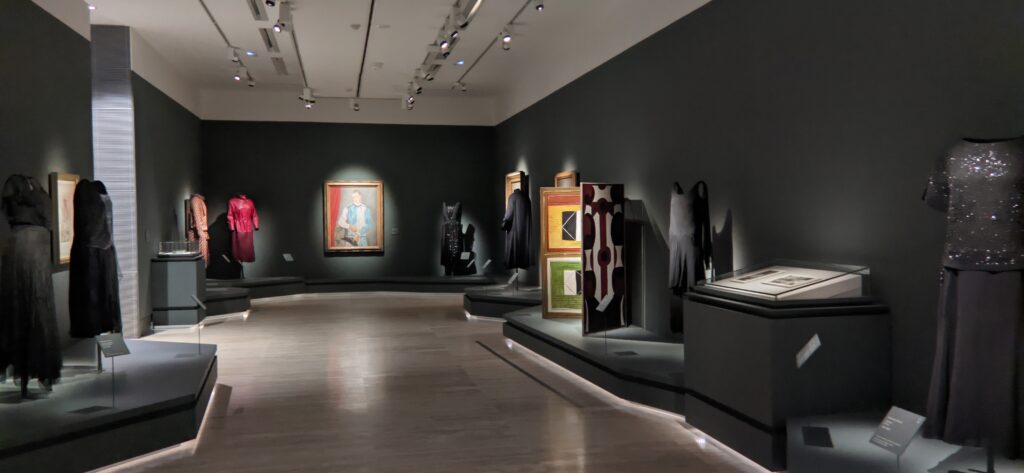
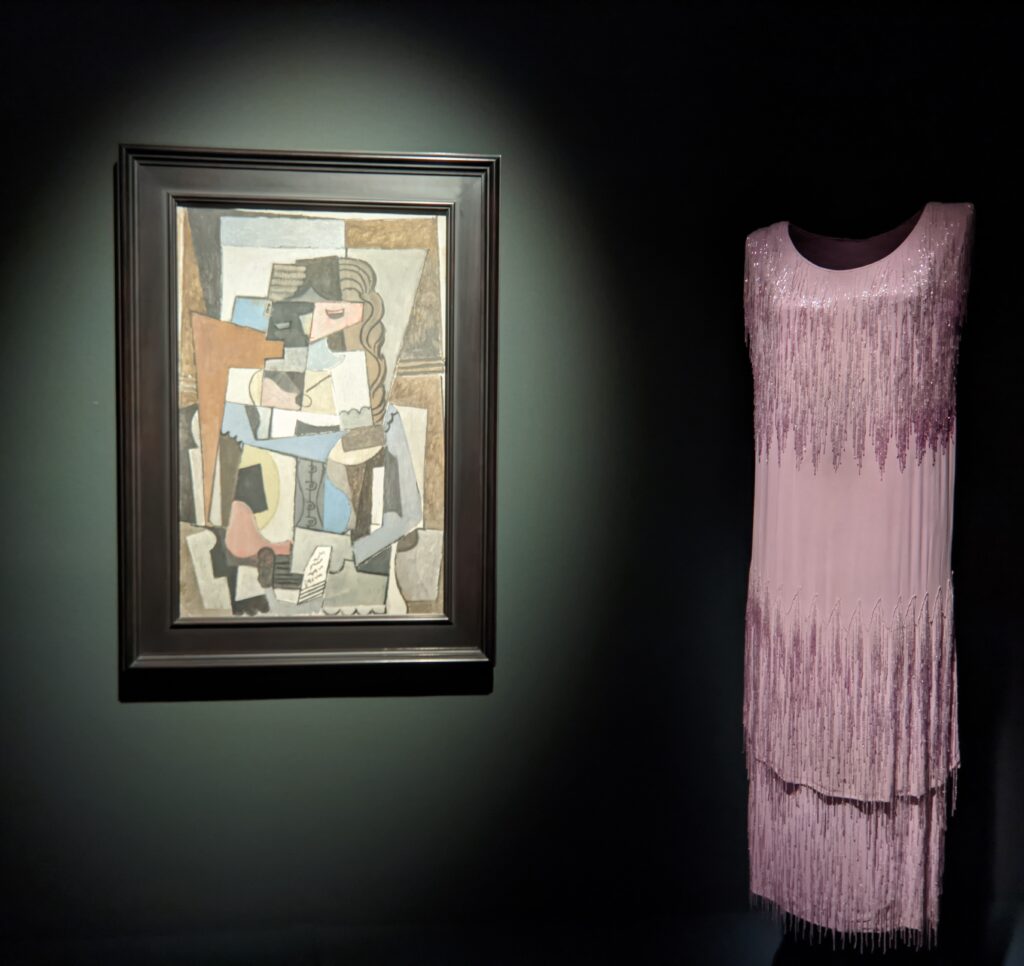

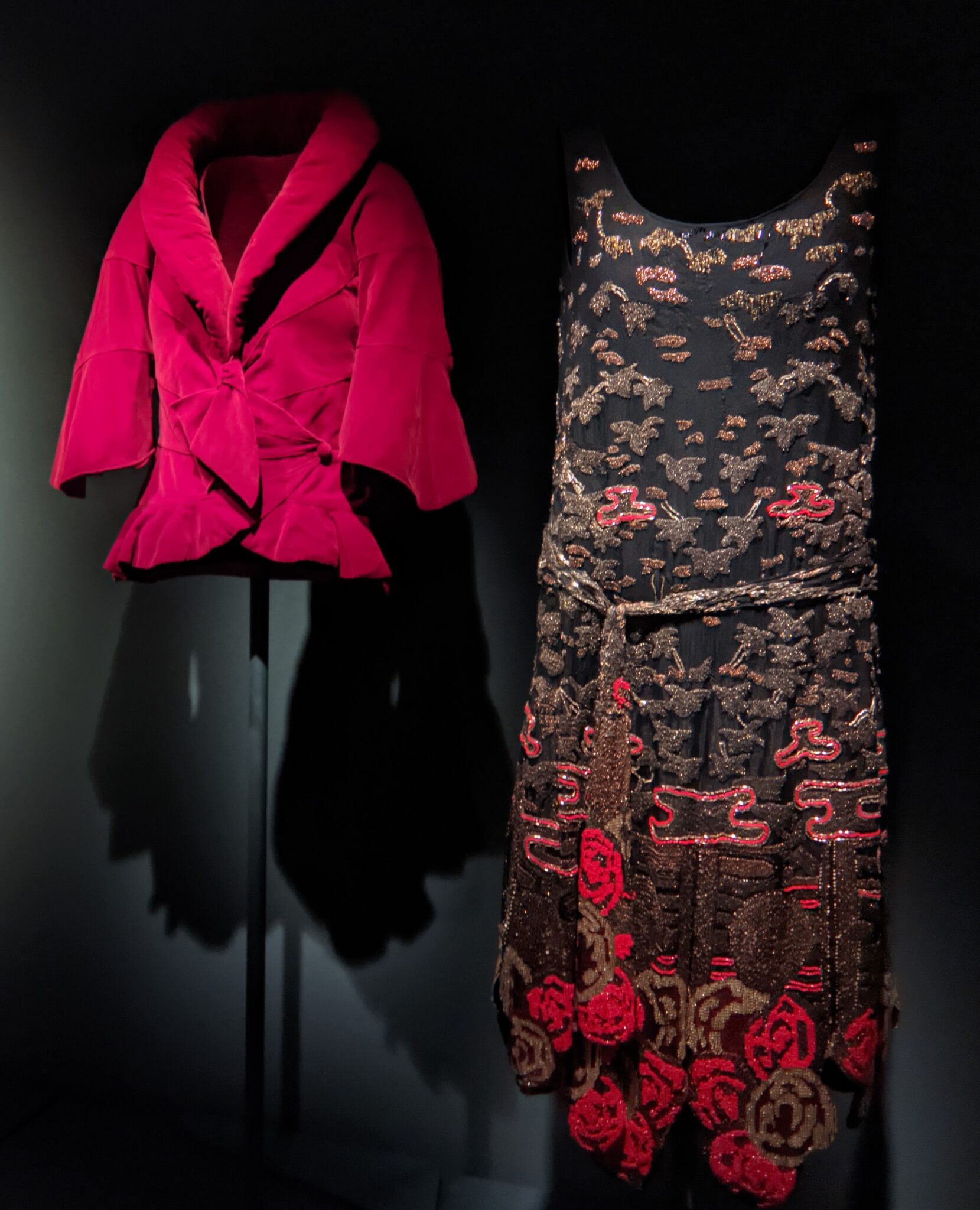

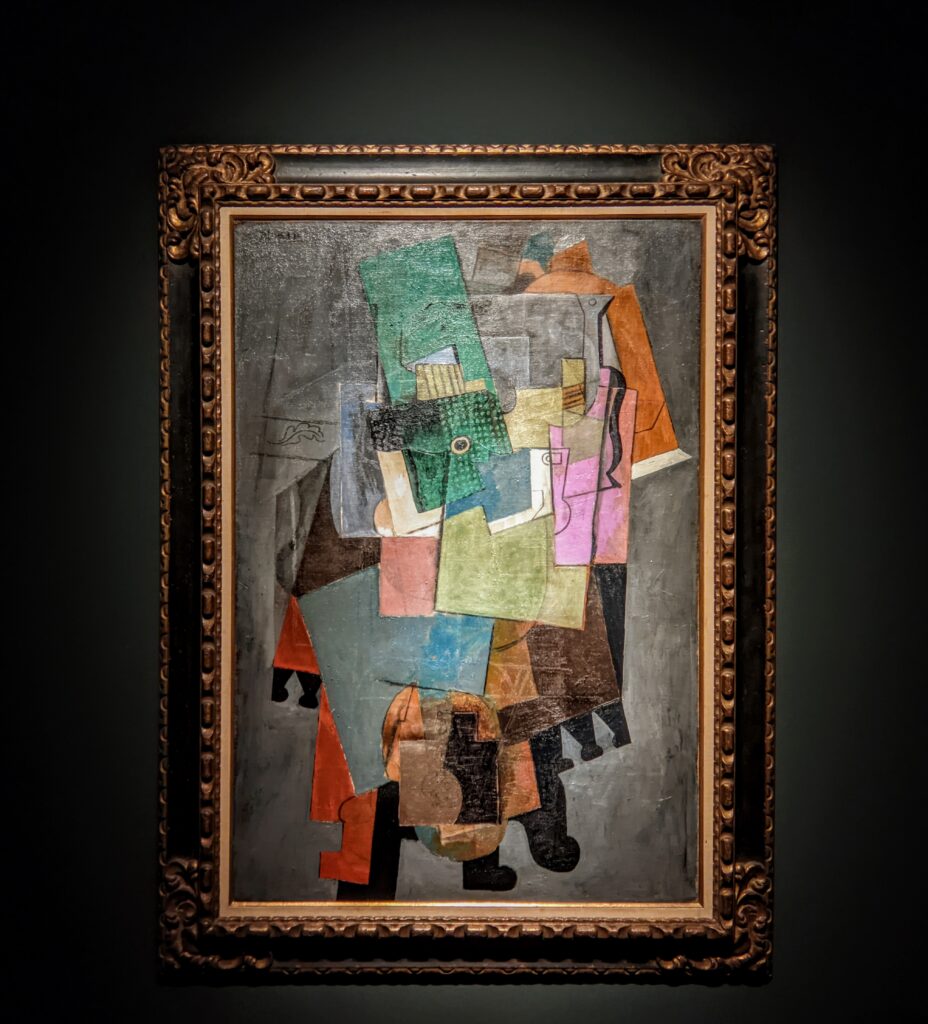
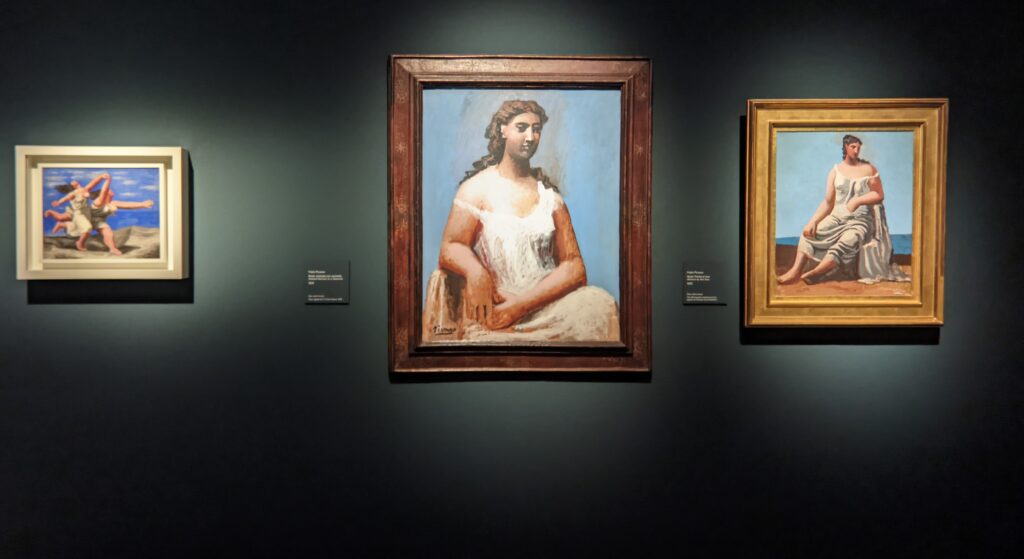
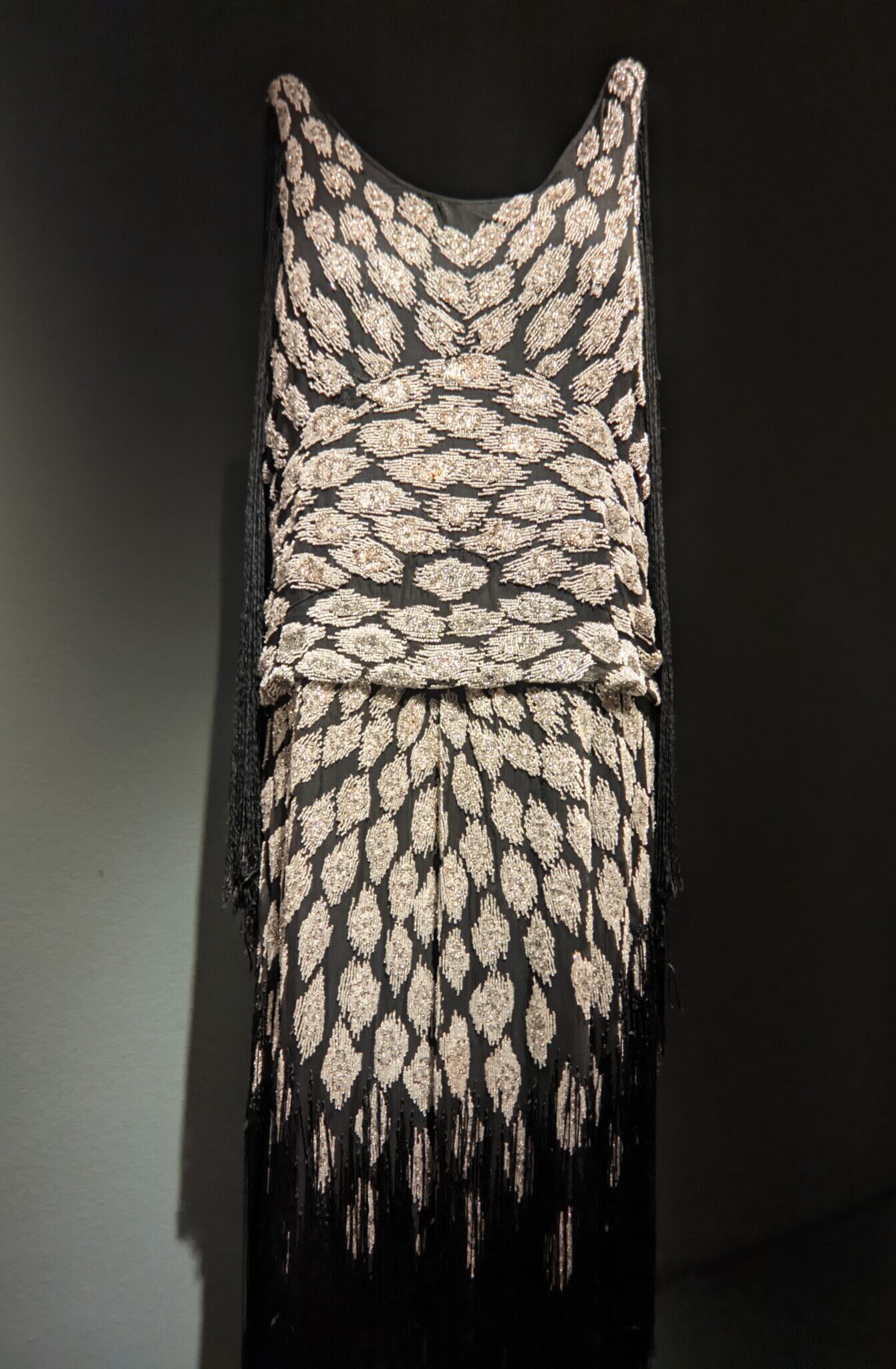
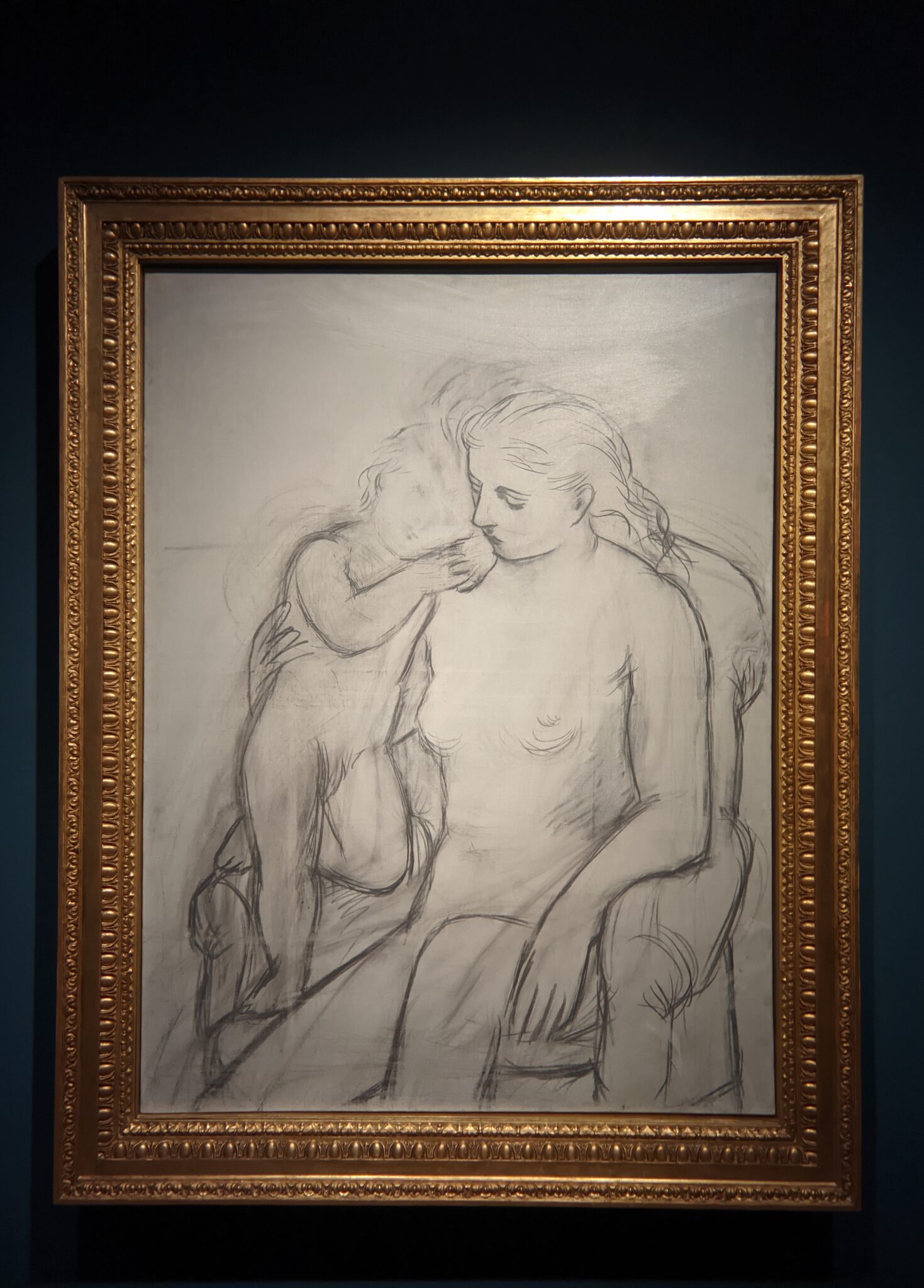
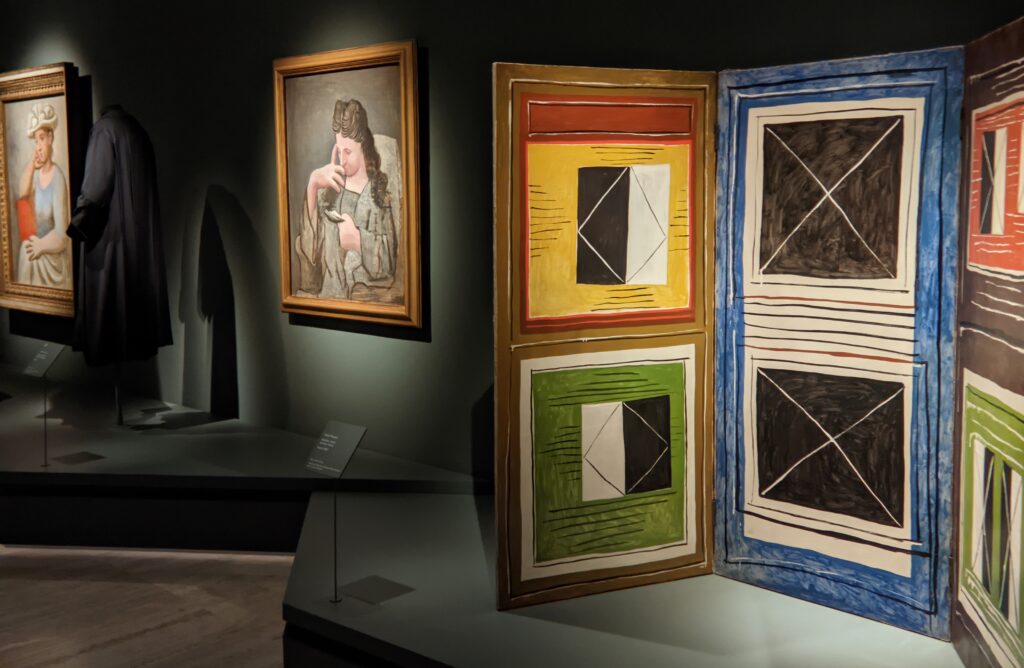
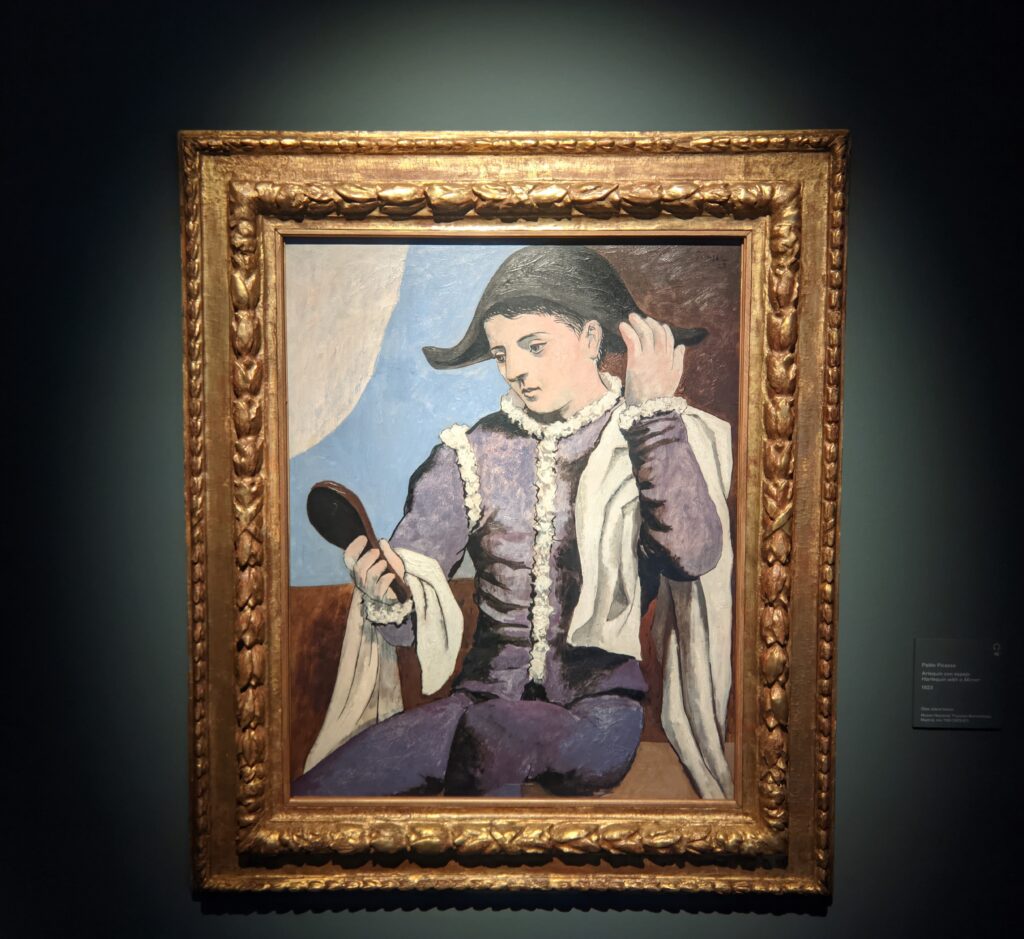
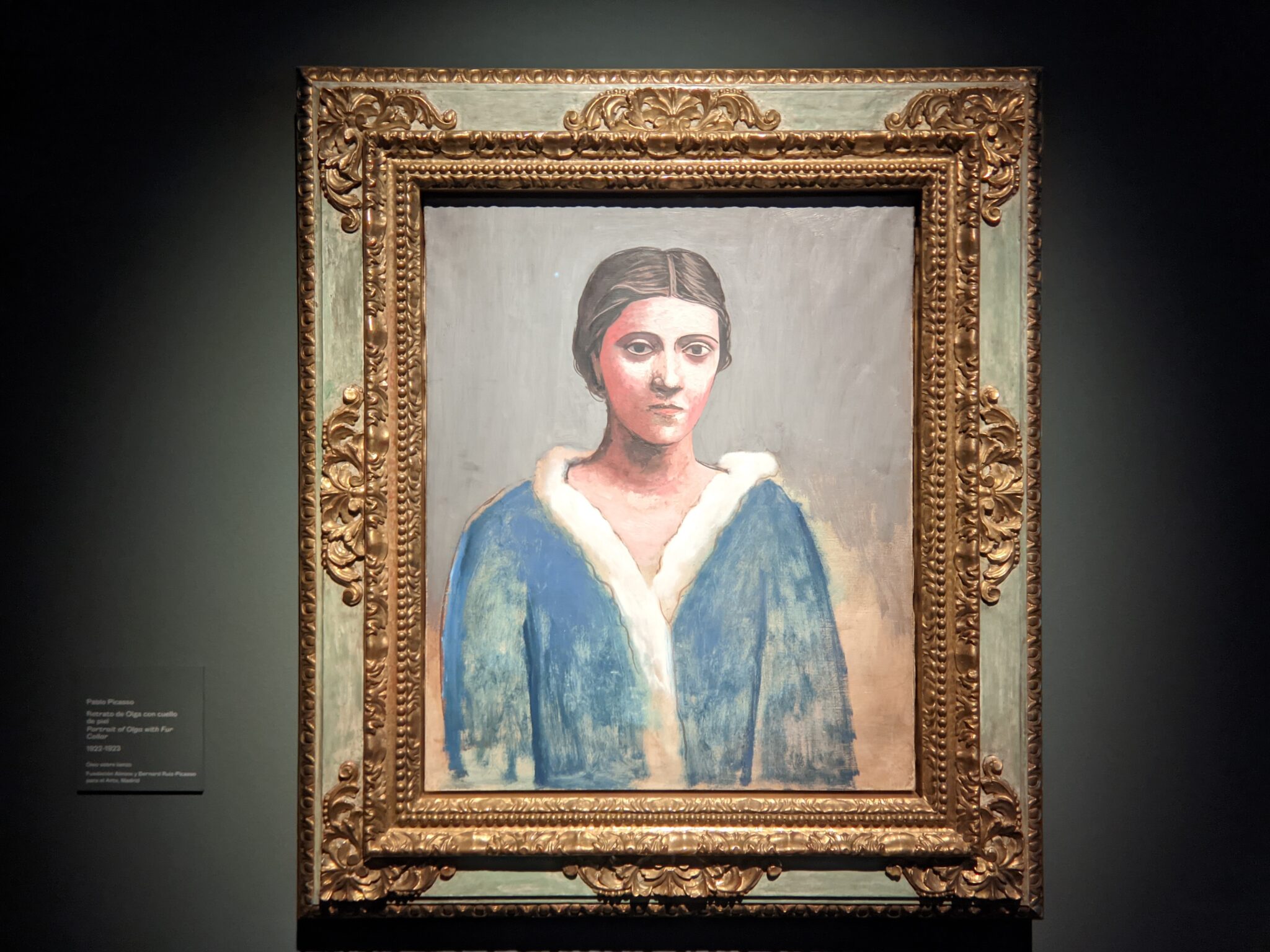

Coco Chanel & the Allure of Luxurious Poverty
Olga Khokhlova, a ballet dancer, was known to be a loyal customer at Maison Chanel. Olga was rehearsing in Rome with Sergei Diaghilev’s Ballet Russes in February 1917 when she met Pablo Picasso. Olga became Picasso’s first wife in July 1918 when the two wed in Paris, where Olga’s bridal gown was designed by Gabrielle “Coco” Chanel. The witness for the groom at the wedding was Jean Cocteau.
Chanel was an innovative designer who used a variety of materials including lowly fabrics such as wool and cotton jersey, at times combined with beaver, squirrel and rabbit pelts — furs unusual in couture. The writer Maurice Sachs claimed that Chanel’s genius lay in having invented “the costly-cheap, rich rags, charming poverty.” Likewise, the collages created by Picasso during the same period brought into the visual arts the use of inexpensive house paint and coarsely-textured materials such as burlap.
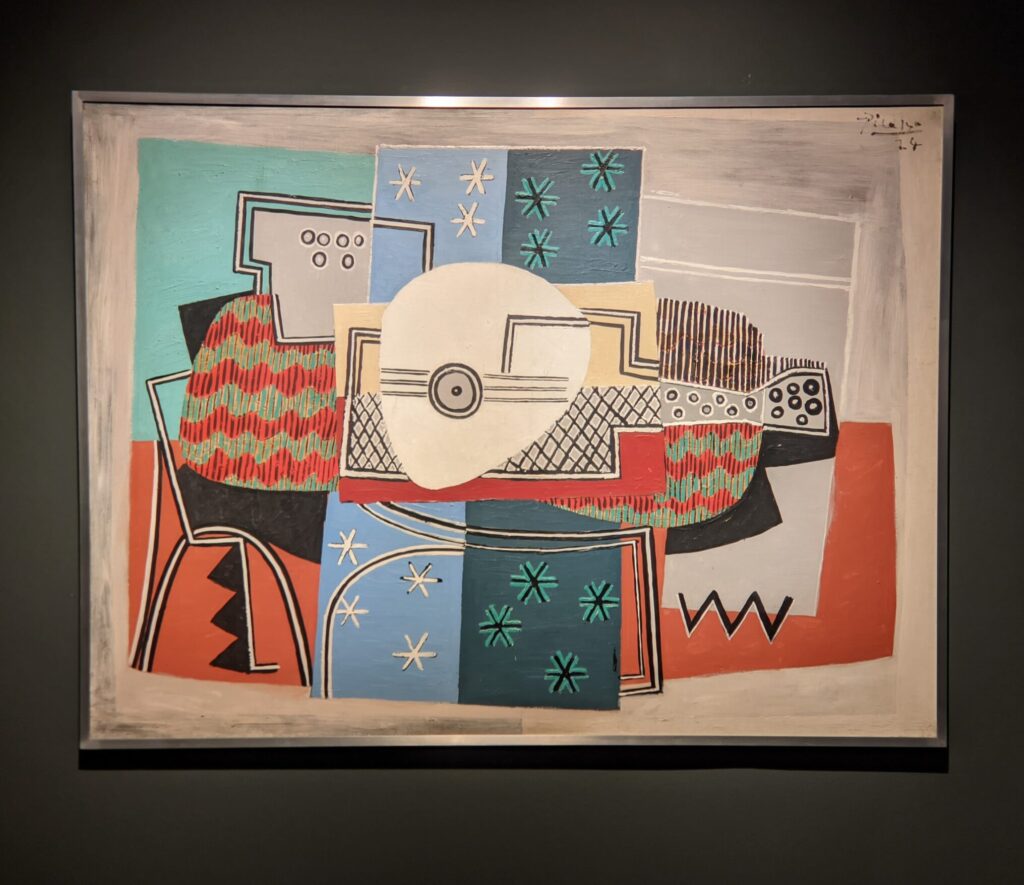
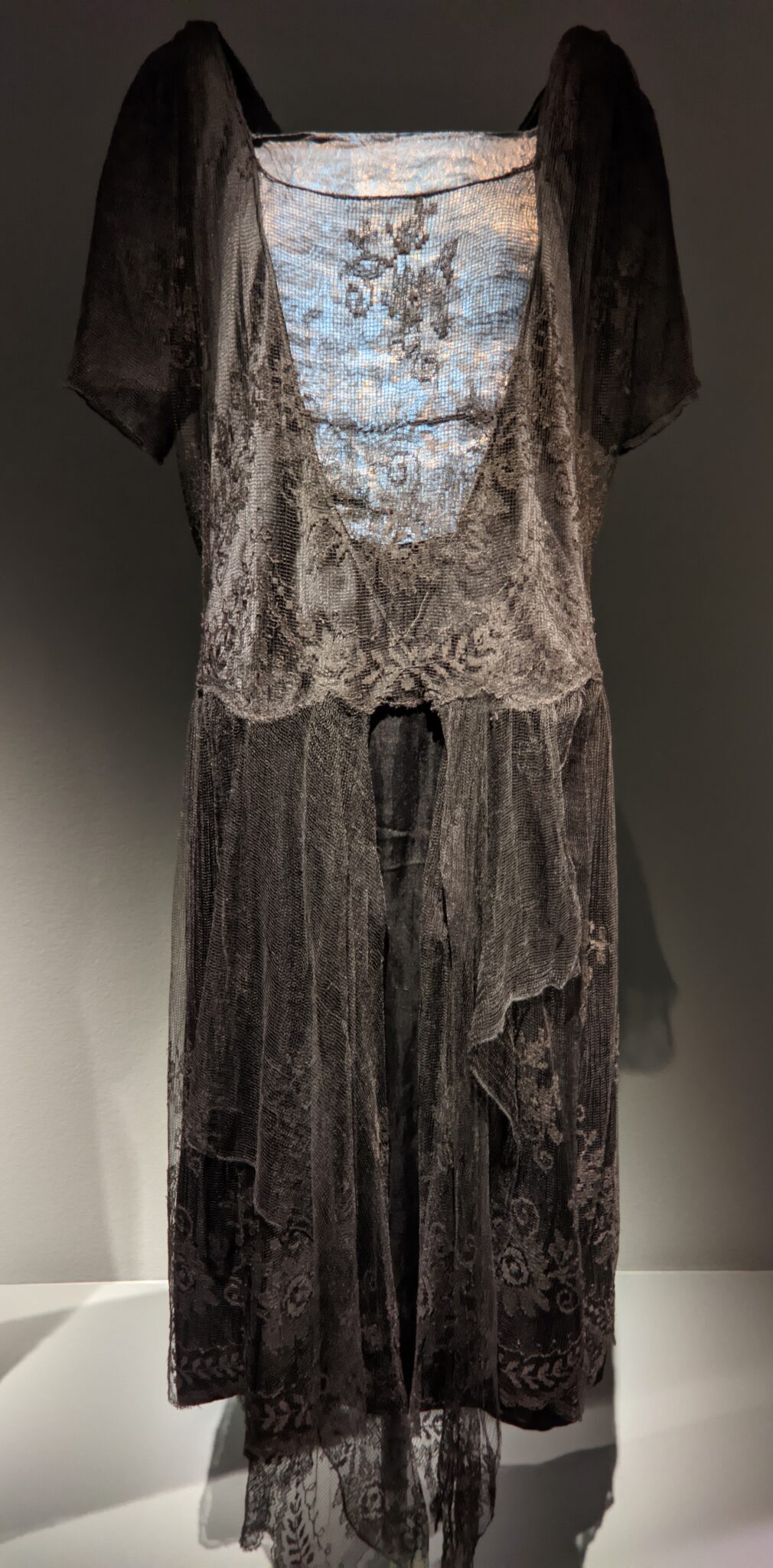
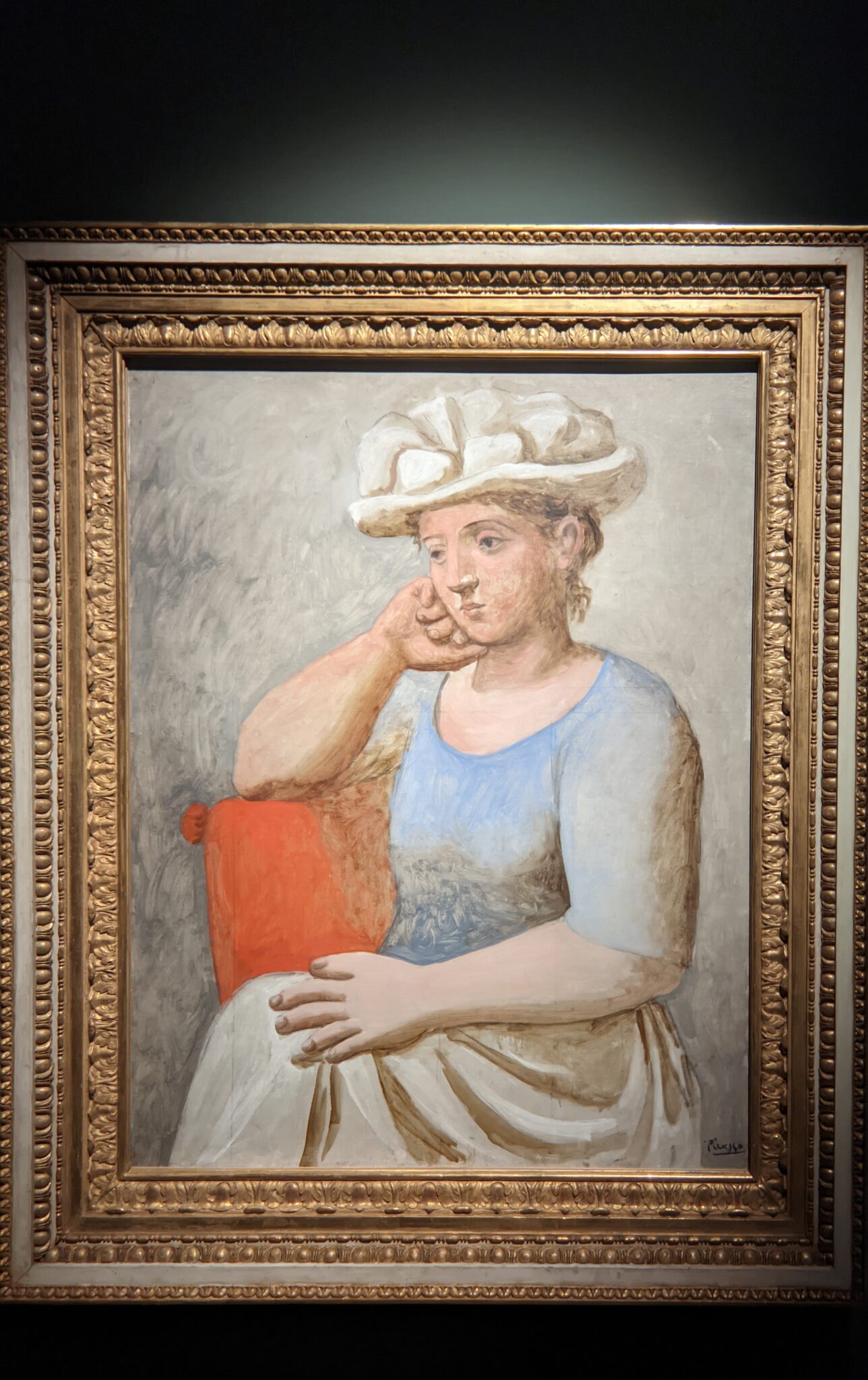
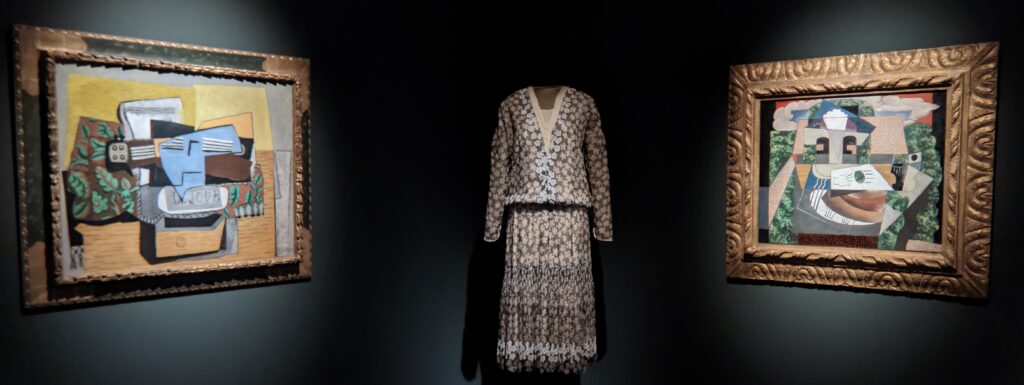
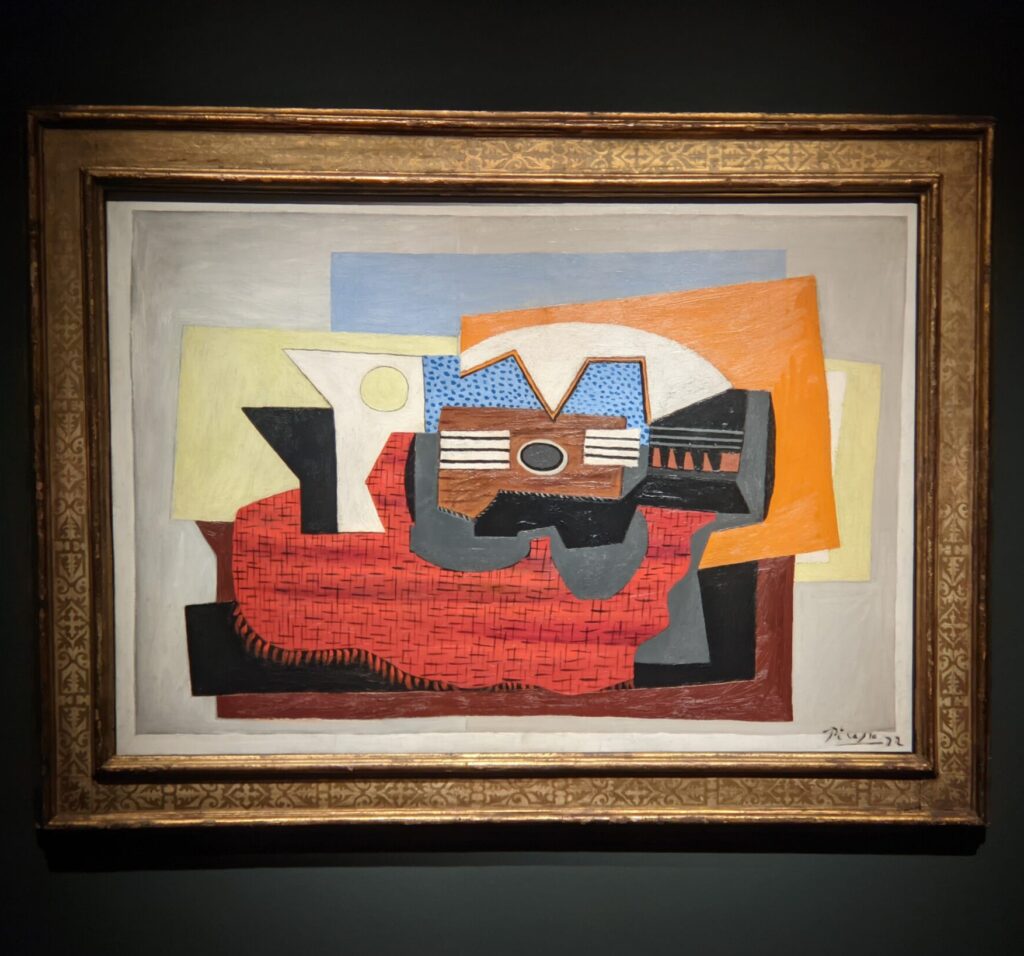
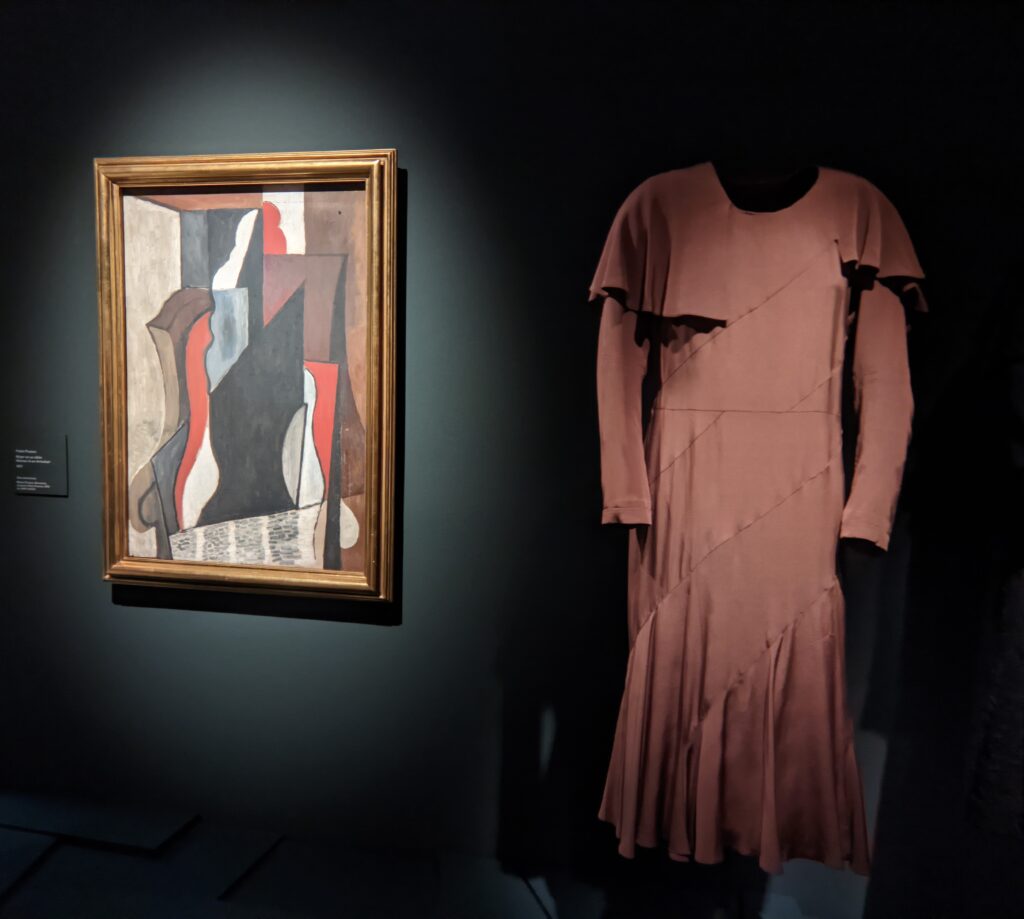
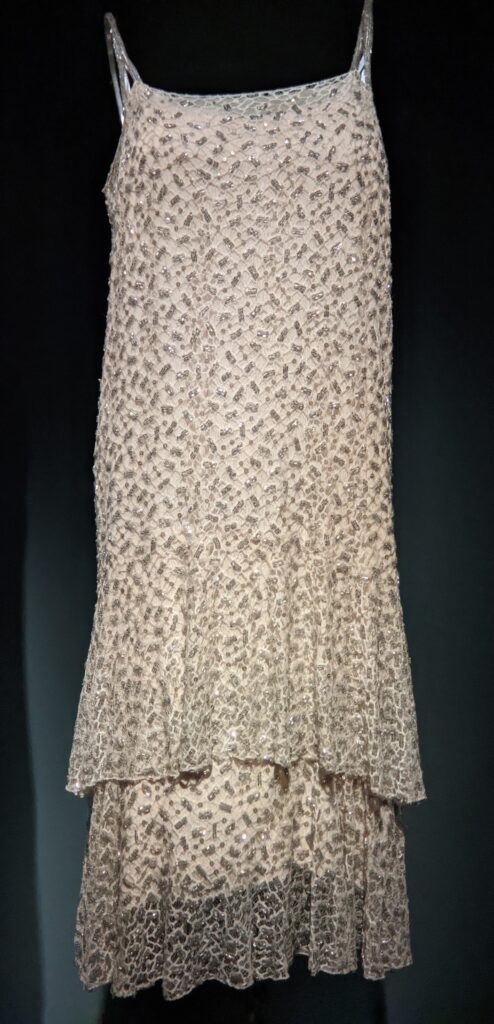
Exploring the Relationship Between Two 20th-century Titans
The influential poet and designer Jean Cocteau began a long-lasting friendship with Gabrielle Chanel (1883 — 1971) near the end of World War I. He introduced her to the Parisian art circles, where Pablo Picasso (1881 — 1973) was a prominent figure. Chanel and Picasso collaborated professionally on two occasions: on Cocteau’s 1922 modern operatic adaptation of the classical play Antigone by Sophocles, with set designs by Picasso and costumes by Chanel, and similarly in 1924 on the ballet Le Train Bleu.
As a prolific fashion designer, Chanel is credited with popularizing casual and sporty chic as the feminine standard of style. She replaced the corseted silhouette with a simpler, less expensive and more comfortable mode — without sacrificing elegance — and extended her influence beyond couture to handbags, jewelry and fragrance, including her signature scent Chanel No. 5.
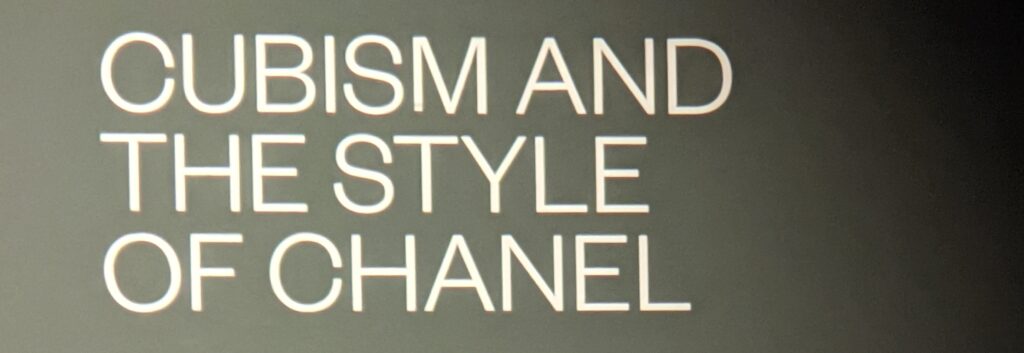
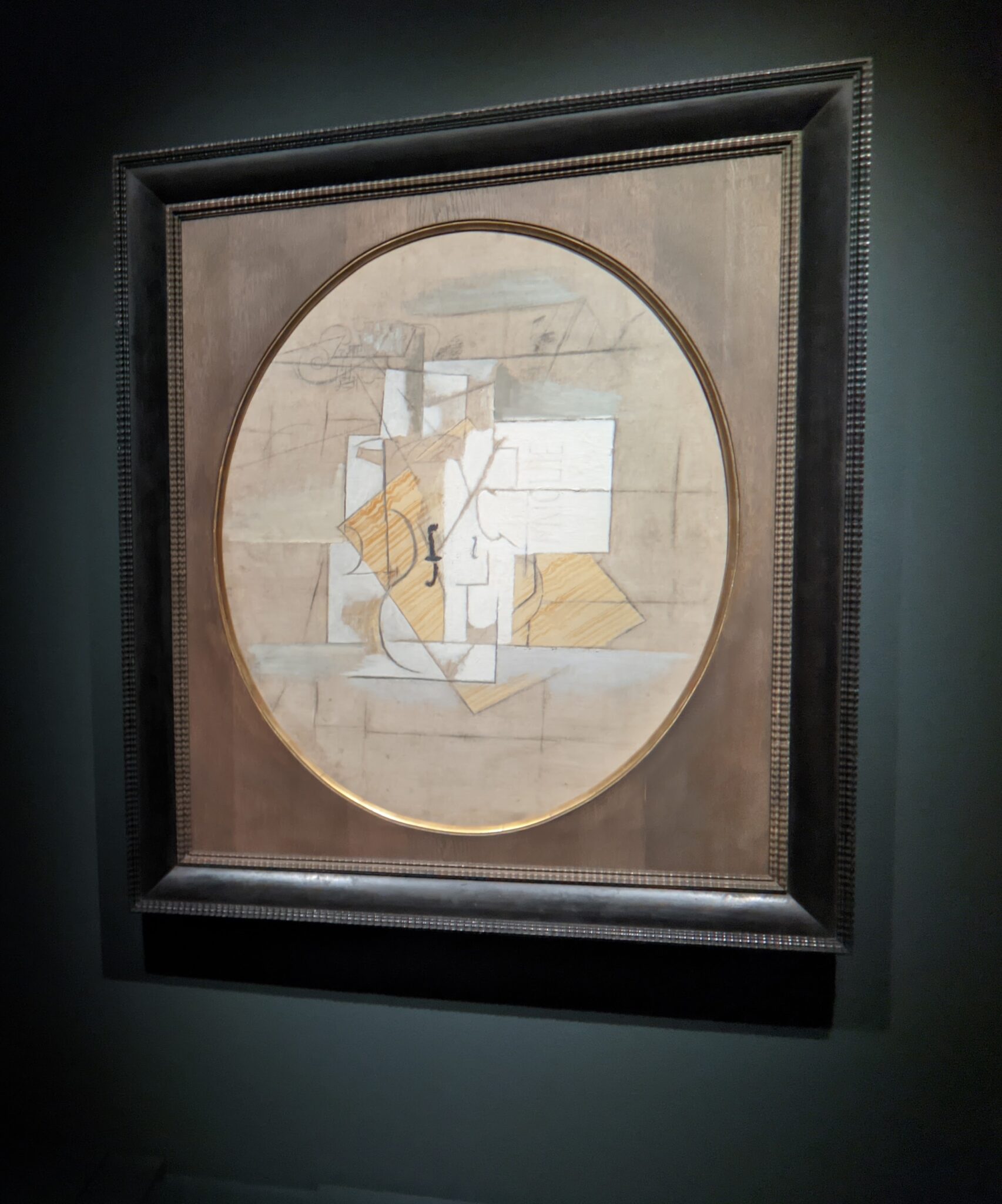
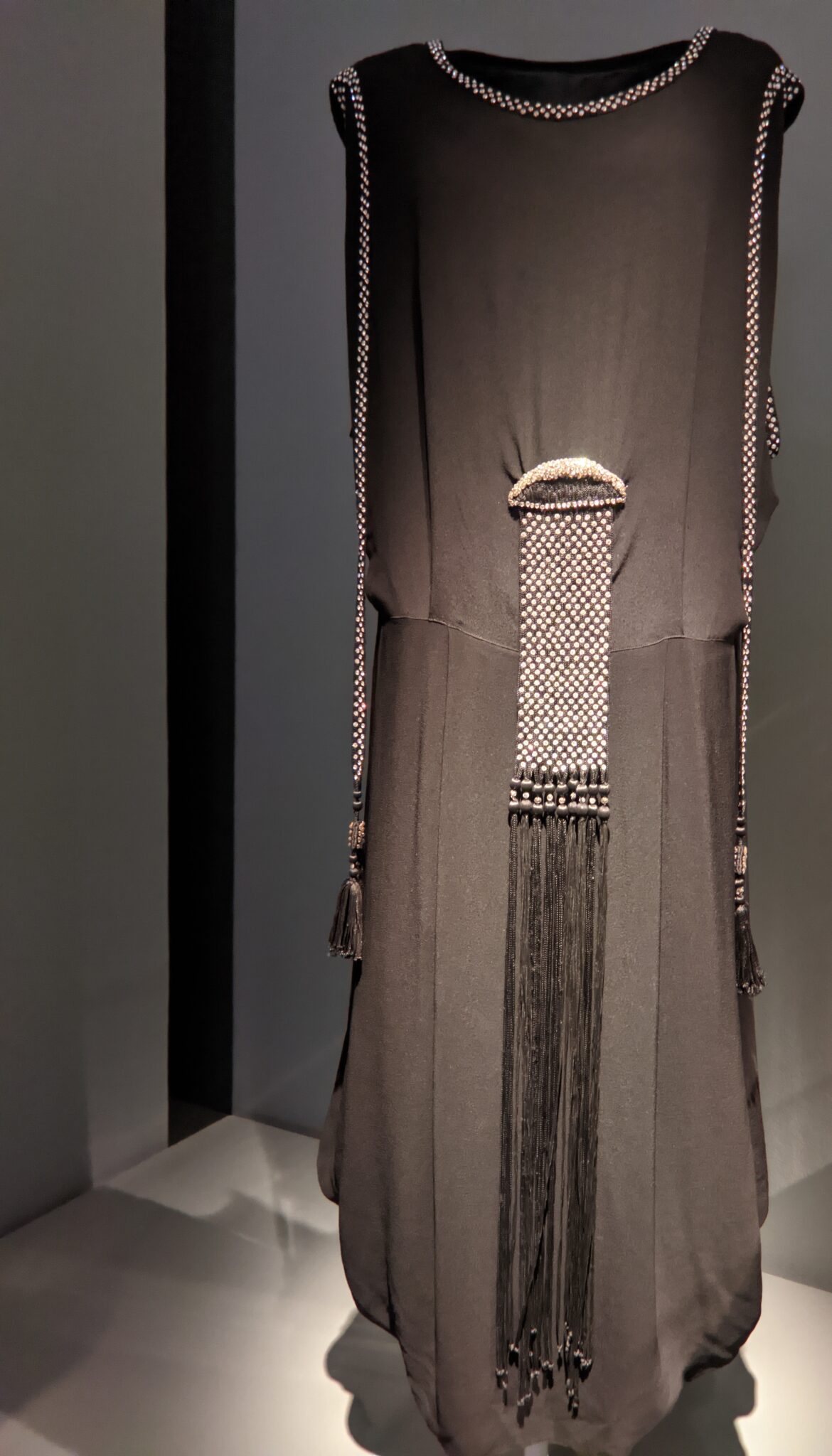
At first glance, you might not see the connection between these great innovators of fashion and art; however, Picasso belittled the decorative qualities and Fauvist use of color by Henri Matisse and alternatively, during the period of Analytical Cubism, Picasso embraced monochrome. This tendency to downplay color was shared by Coco Chanel, who was particularly fond of white, black and beige. Chanel’s designs cultivated simplicity, shunned ornament, and favored straight lines in two-dimensional silhouettes — all characteristics that are fully in keeping with avant-garde art especially the geometrized formal language of straight, angular lines made famous in Picasso’s Cubist paintings.
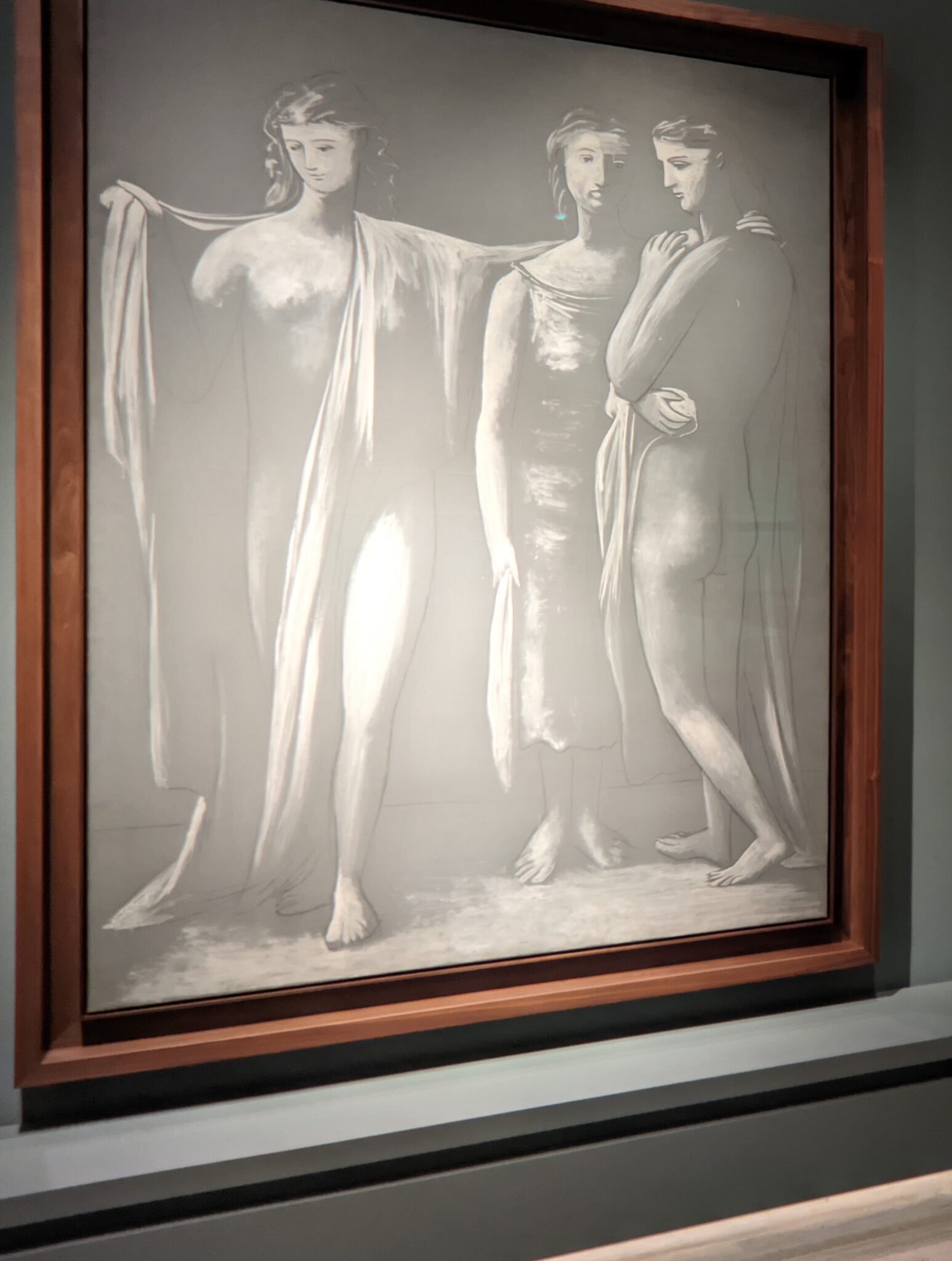

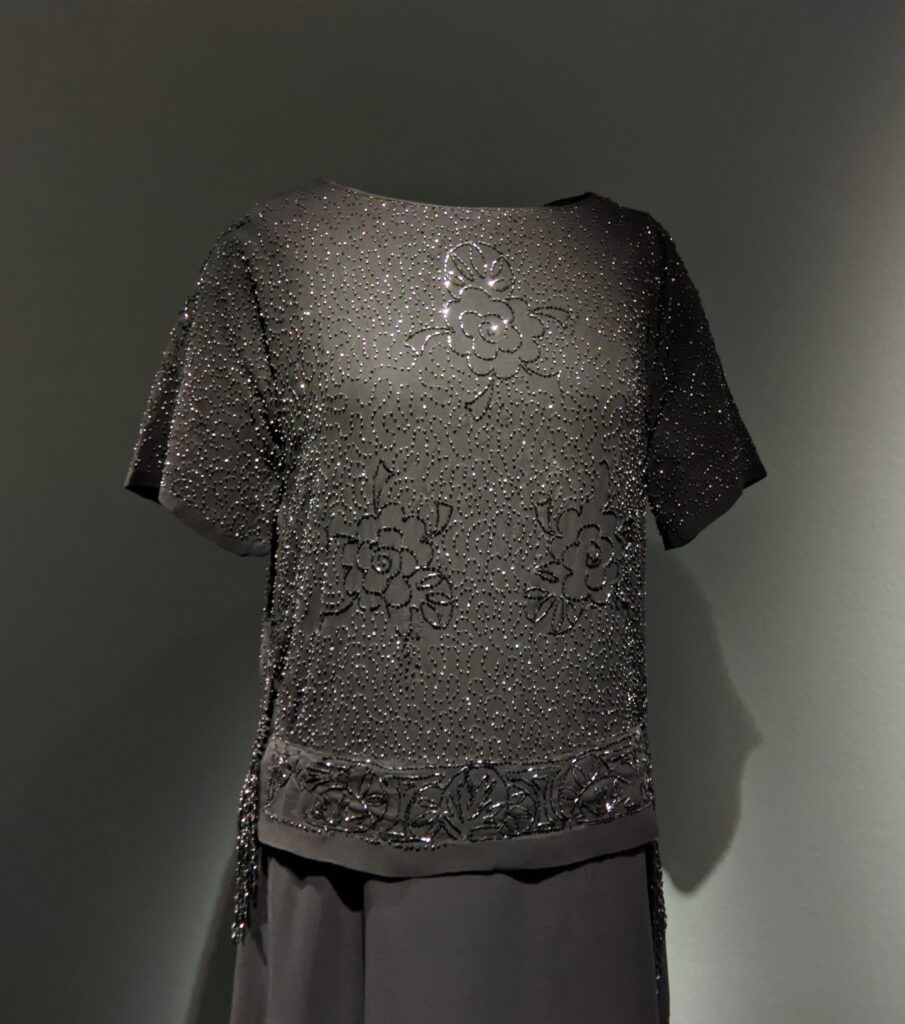
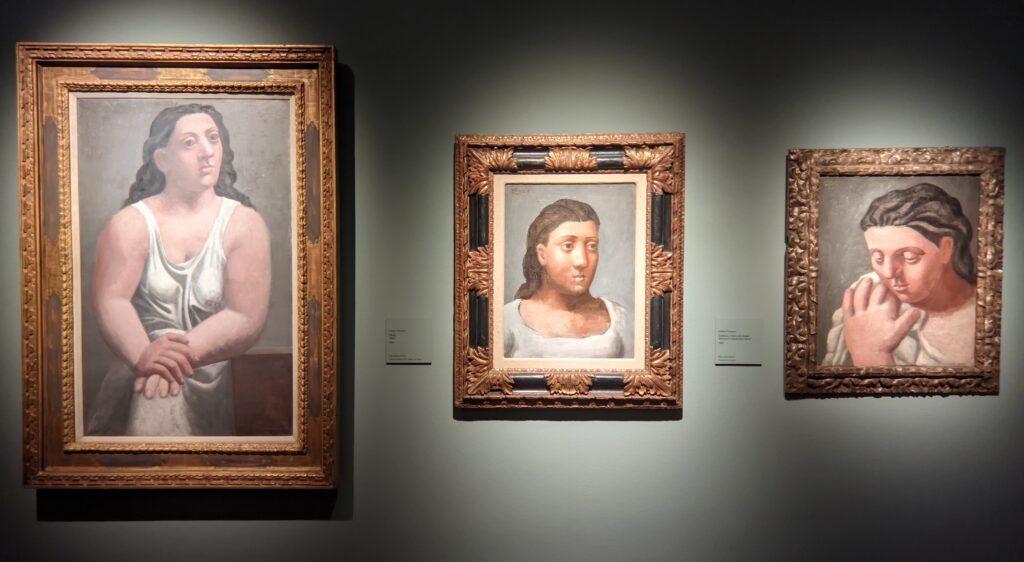

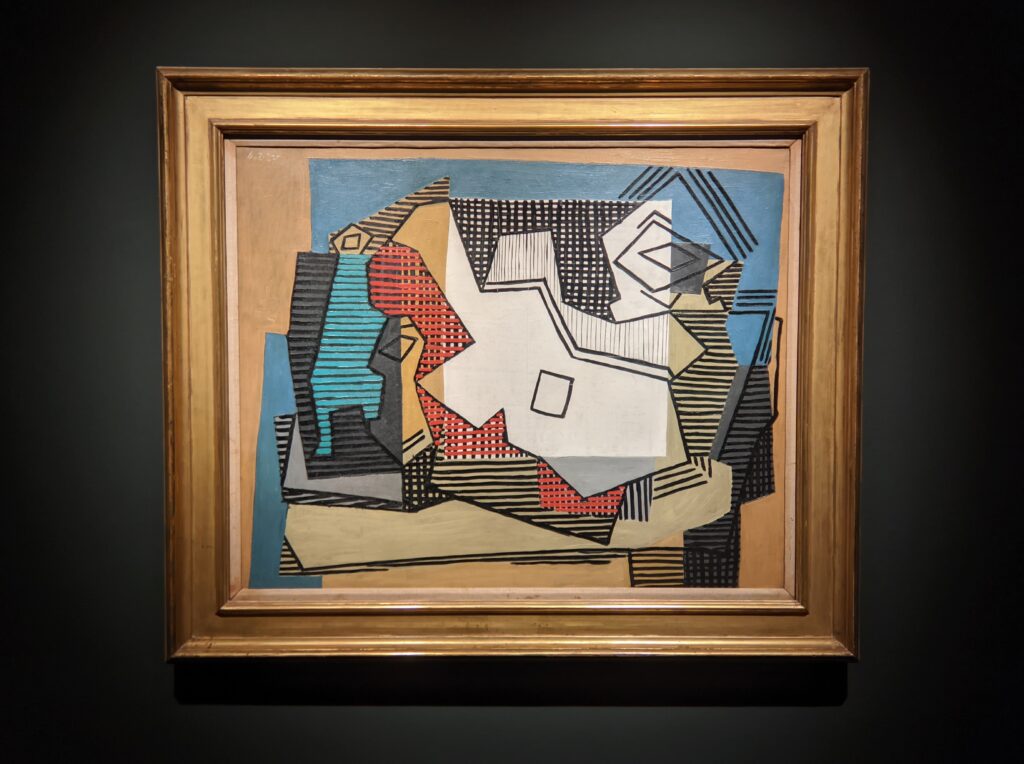

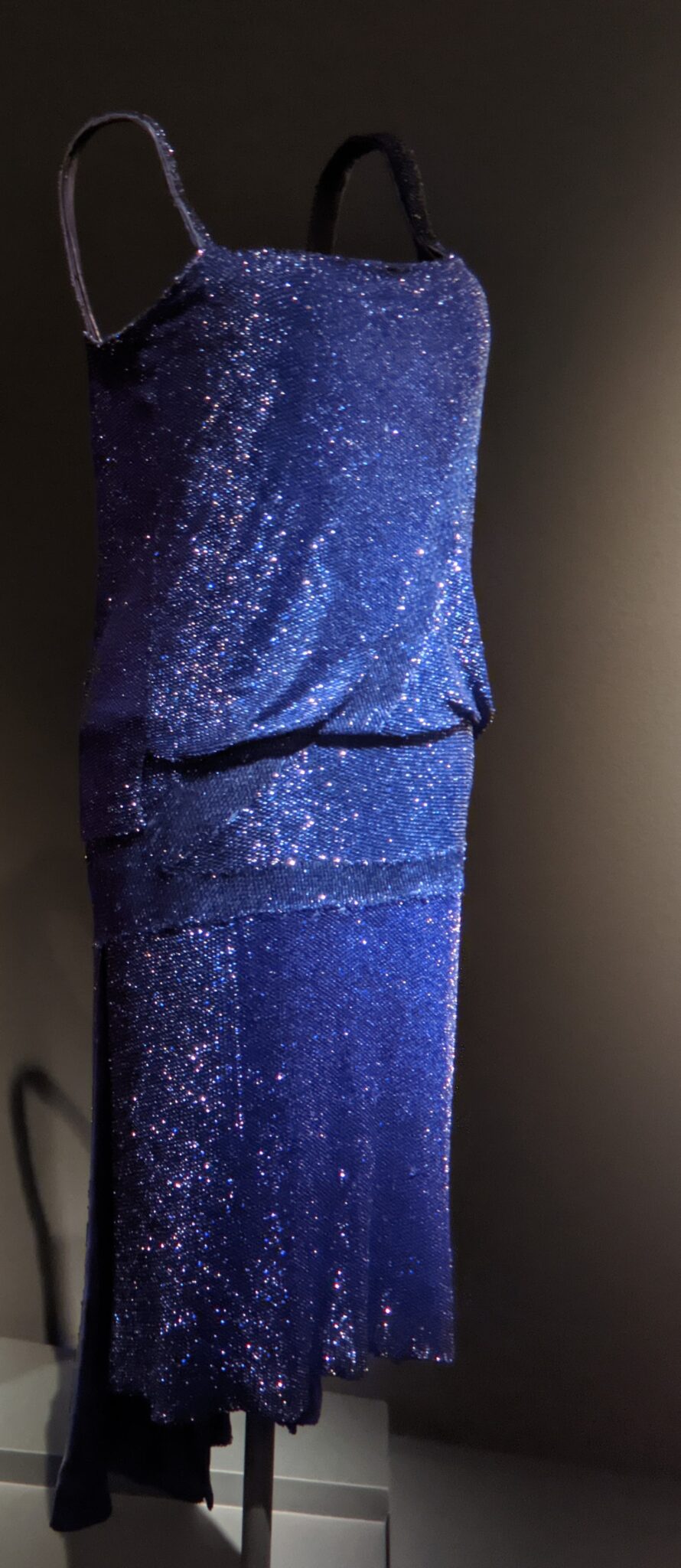
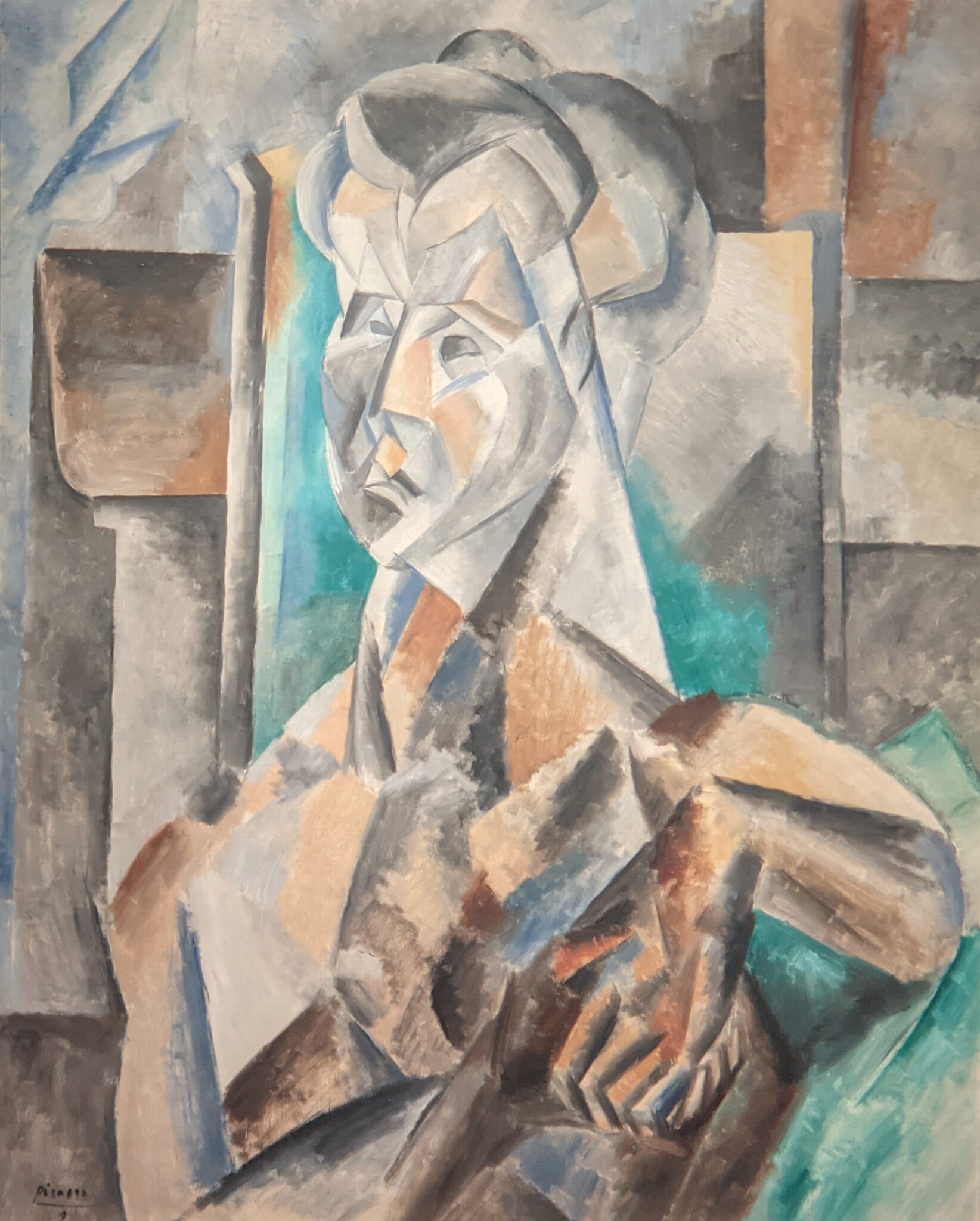

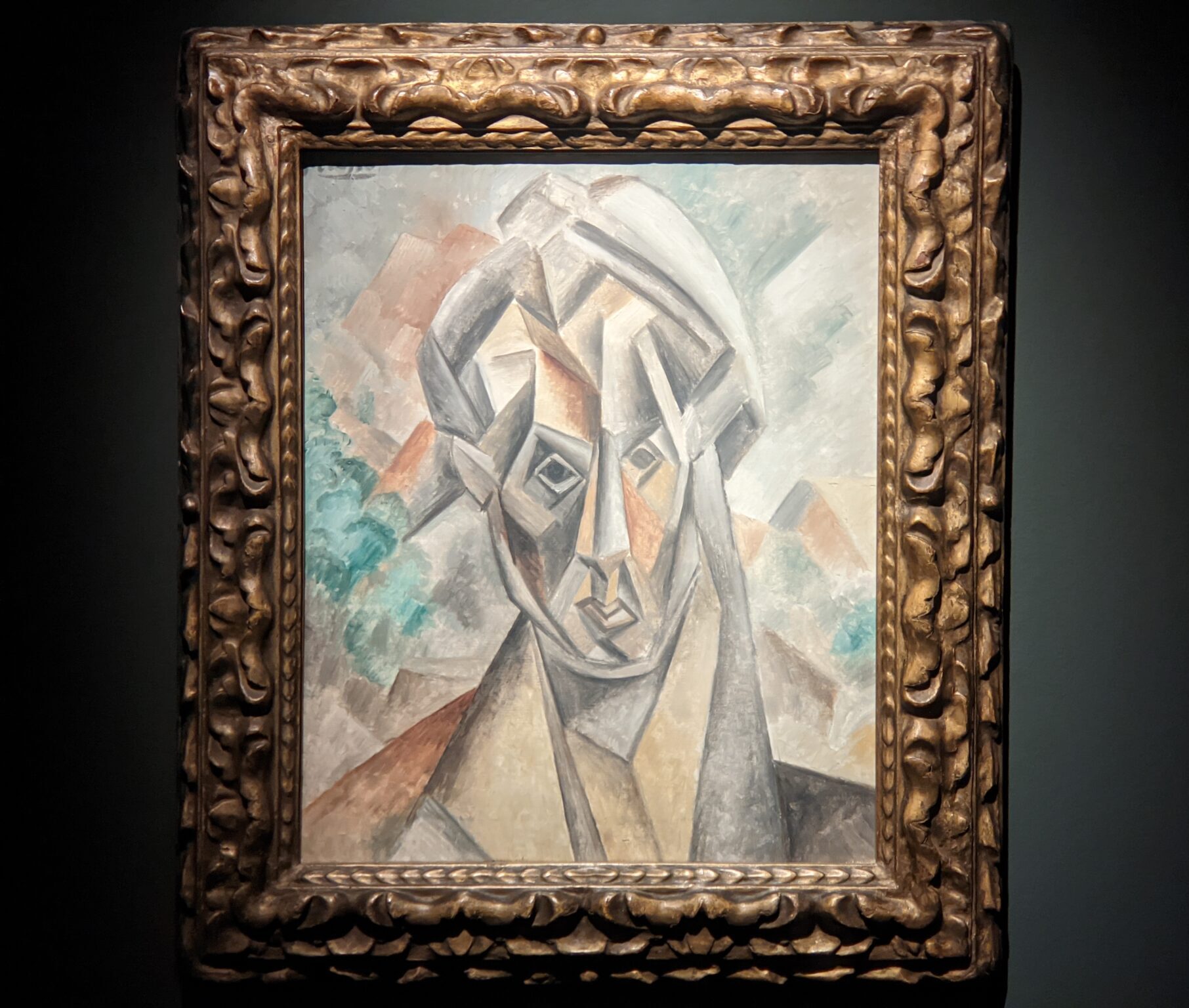
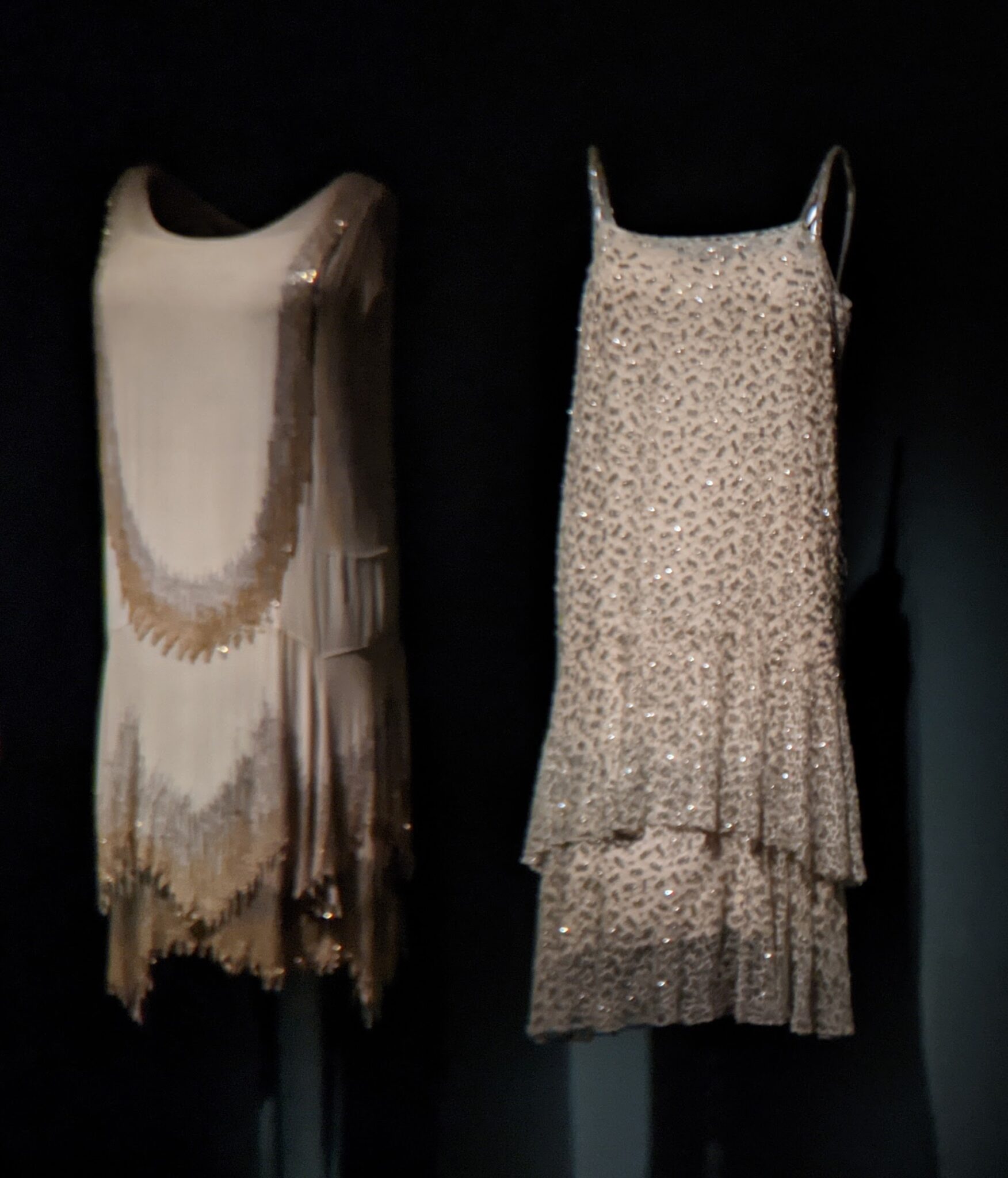
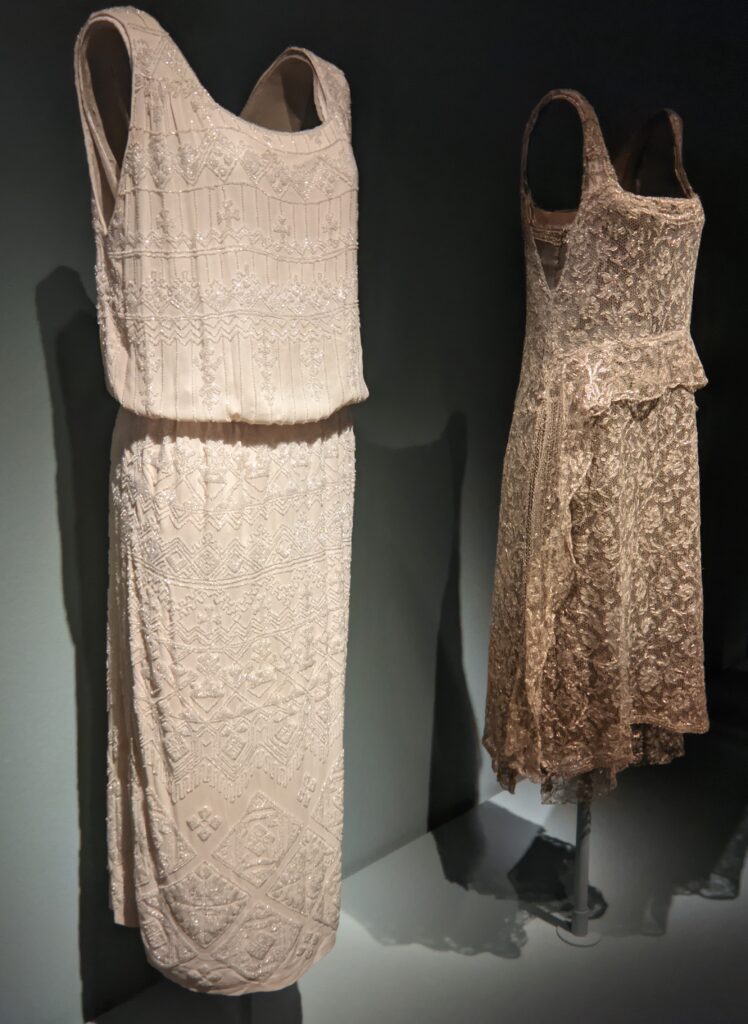



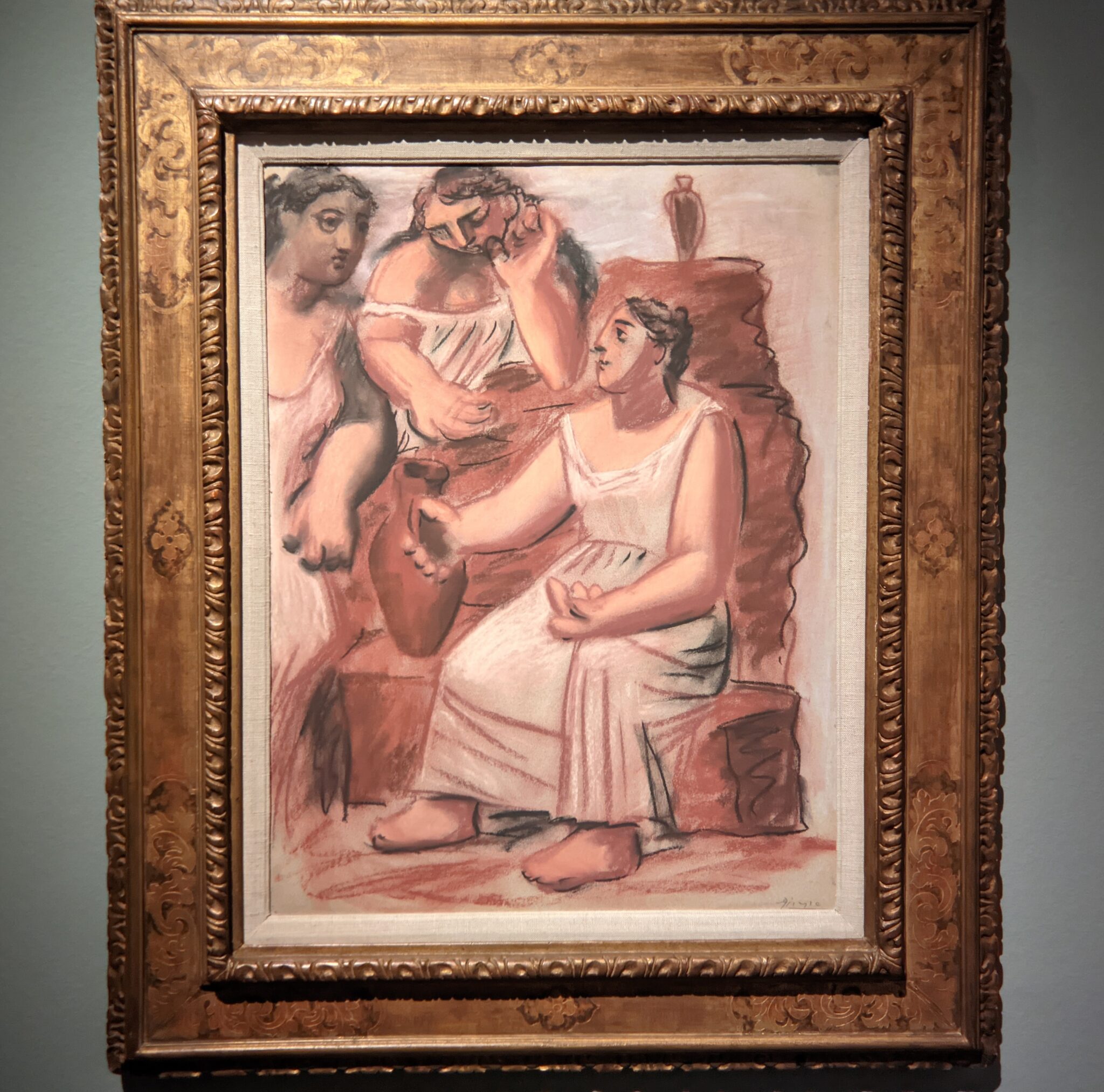
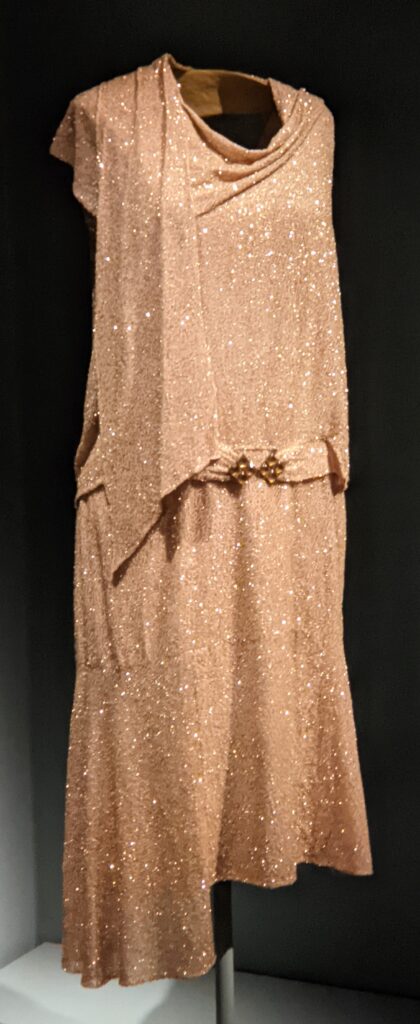

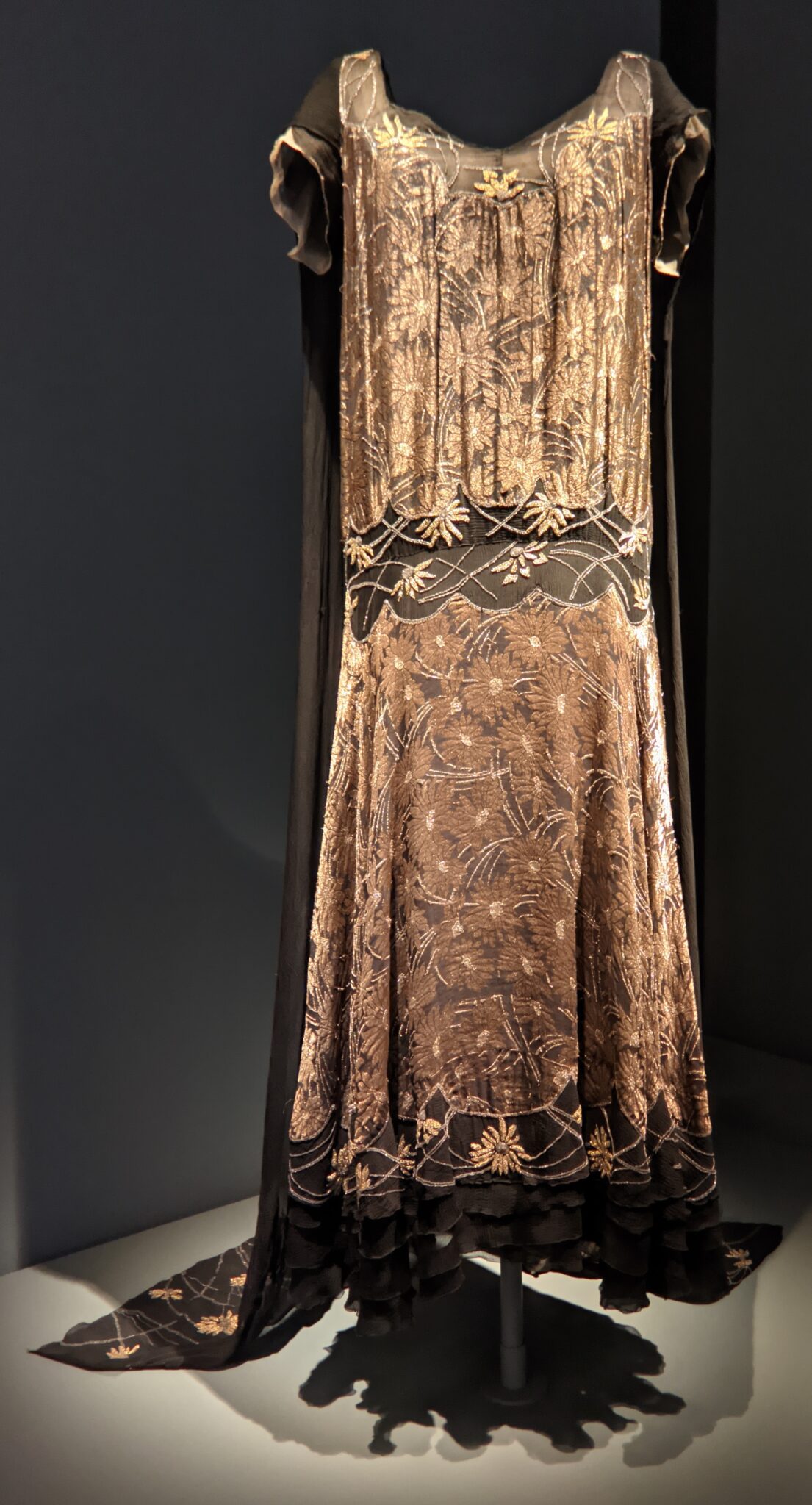
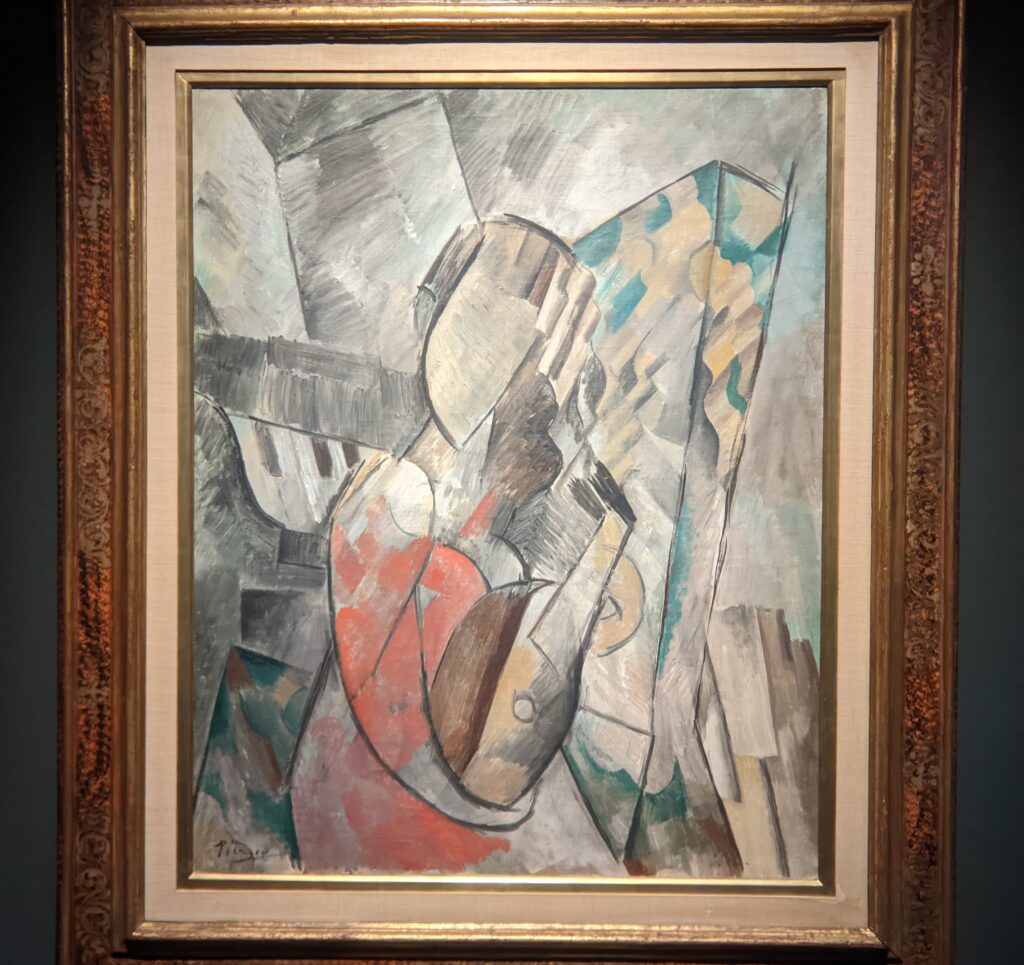
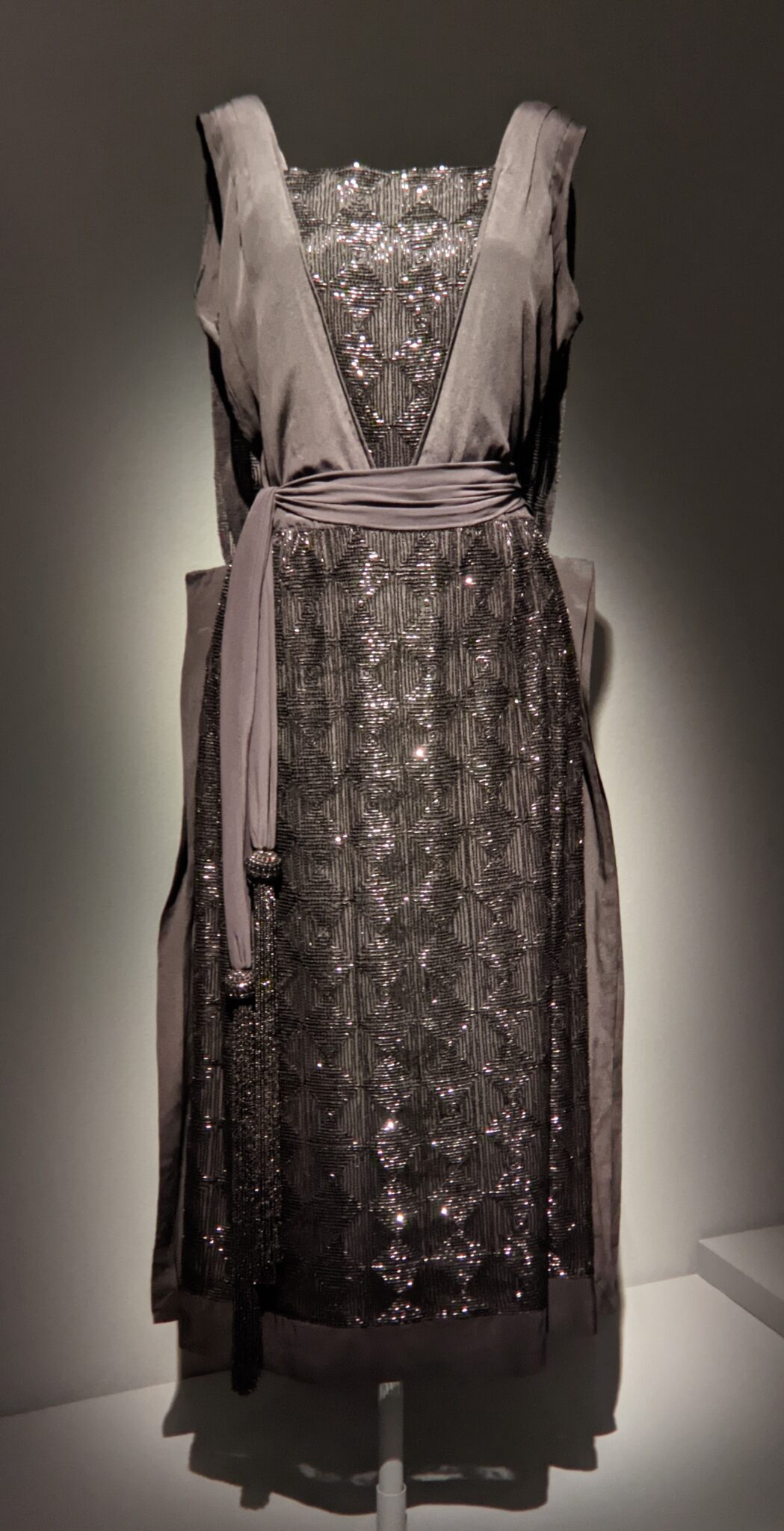
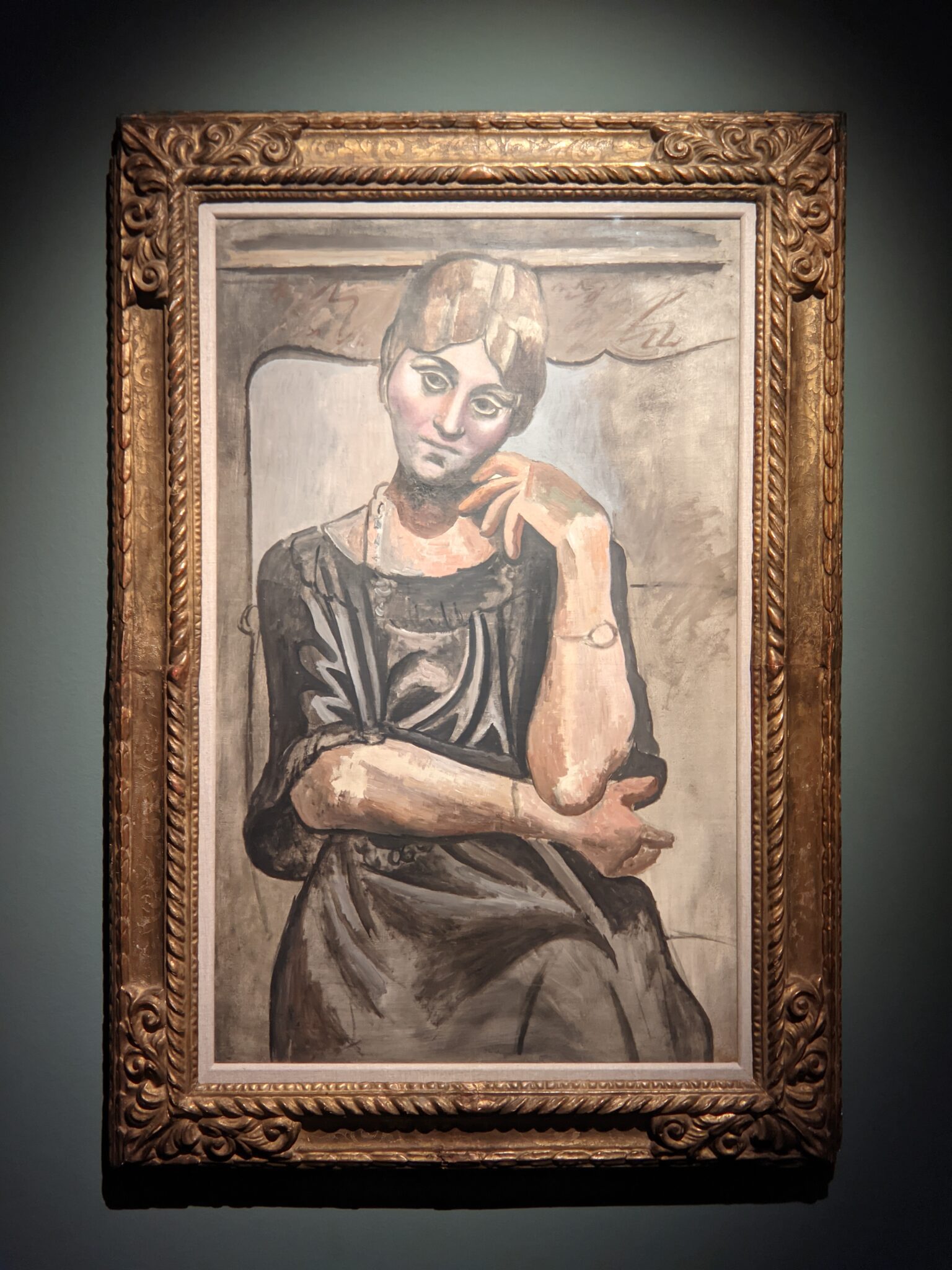
Photorealism was also on View During 2023
If you were able to visit the Thyssen Museum before the Picasso/Chanel show closed on January 15, 2023, you may also have viewed the small exhibition entitled “Hyperrealism” from the collection of the Thyssen family.
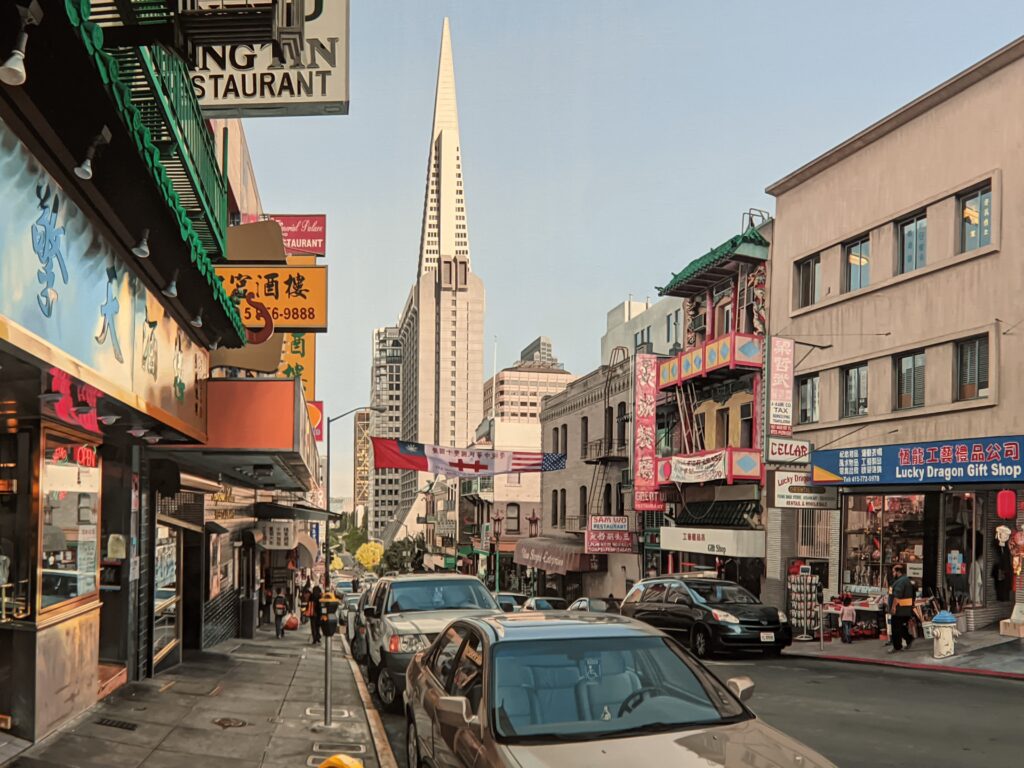
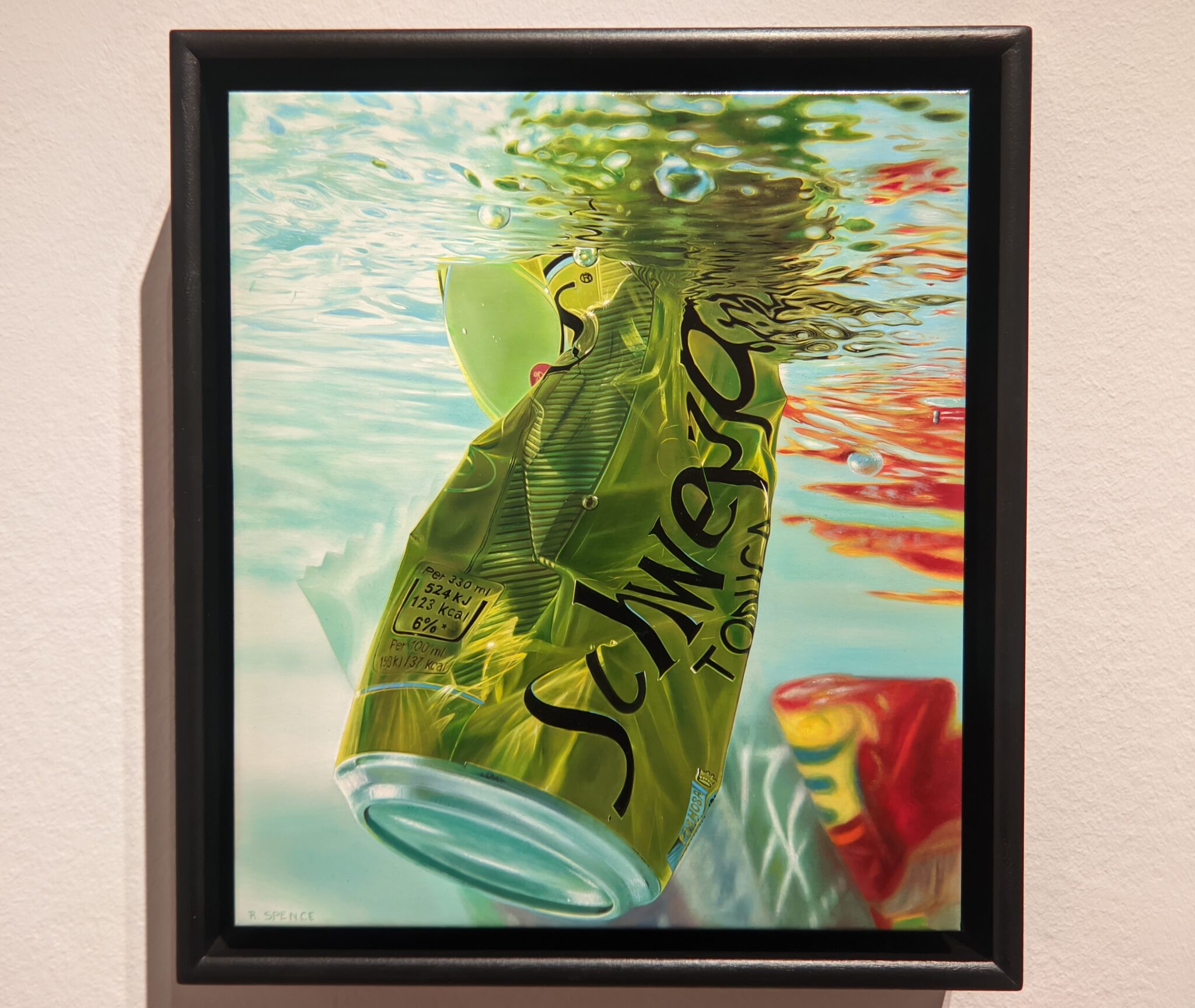
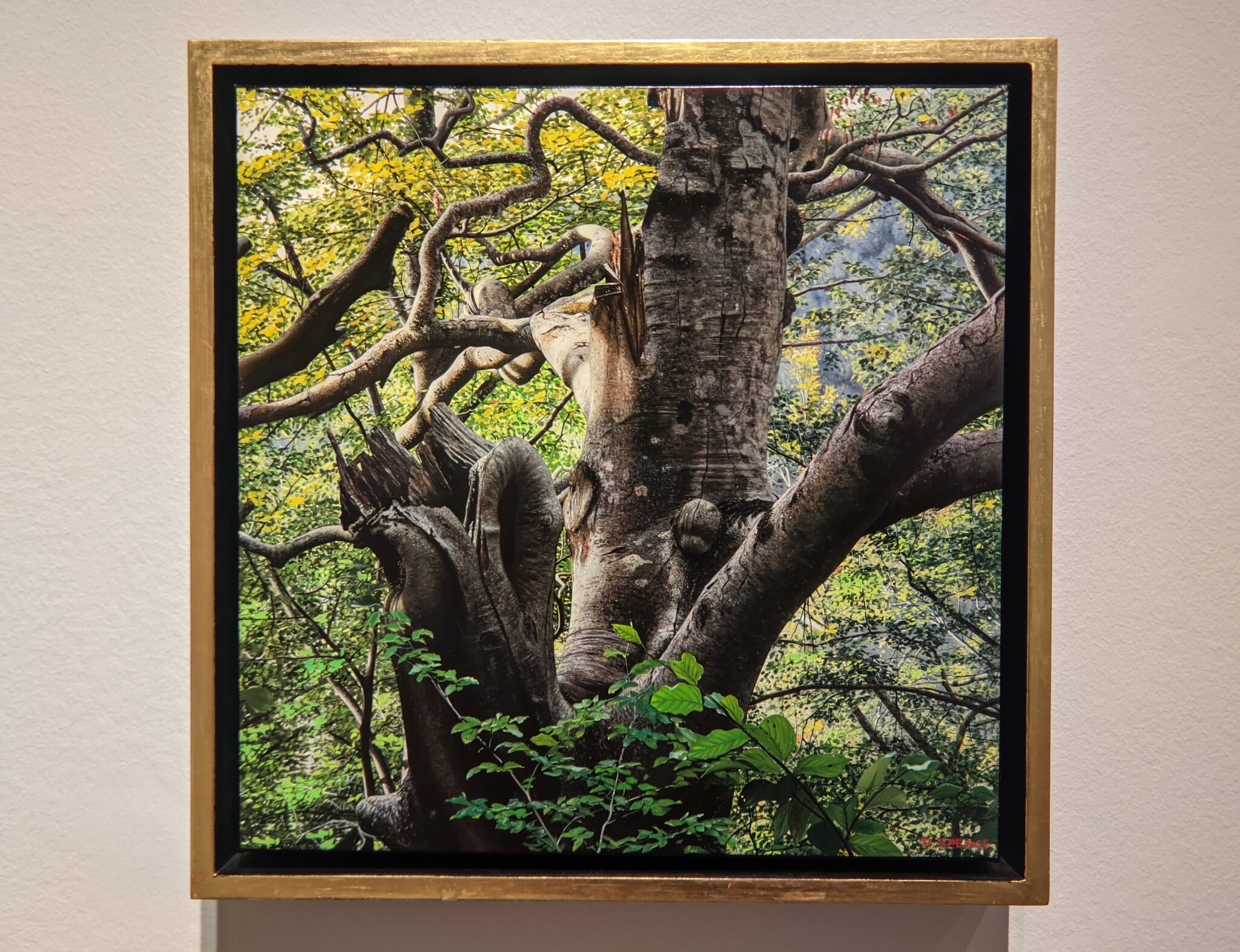

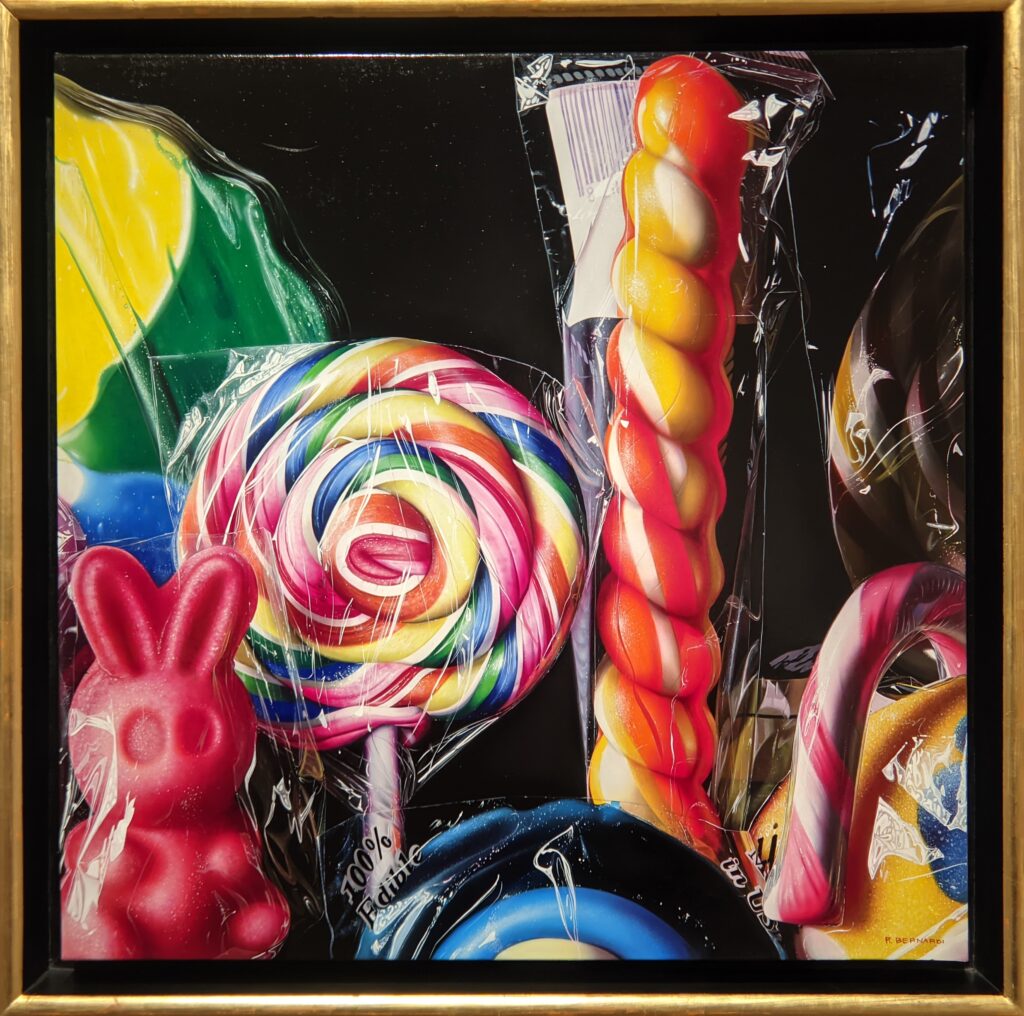
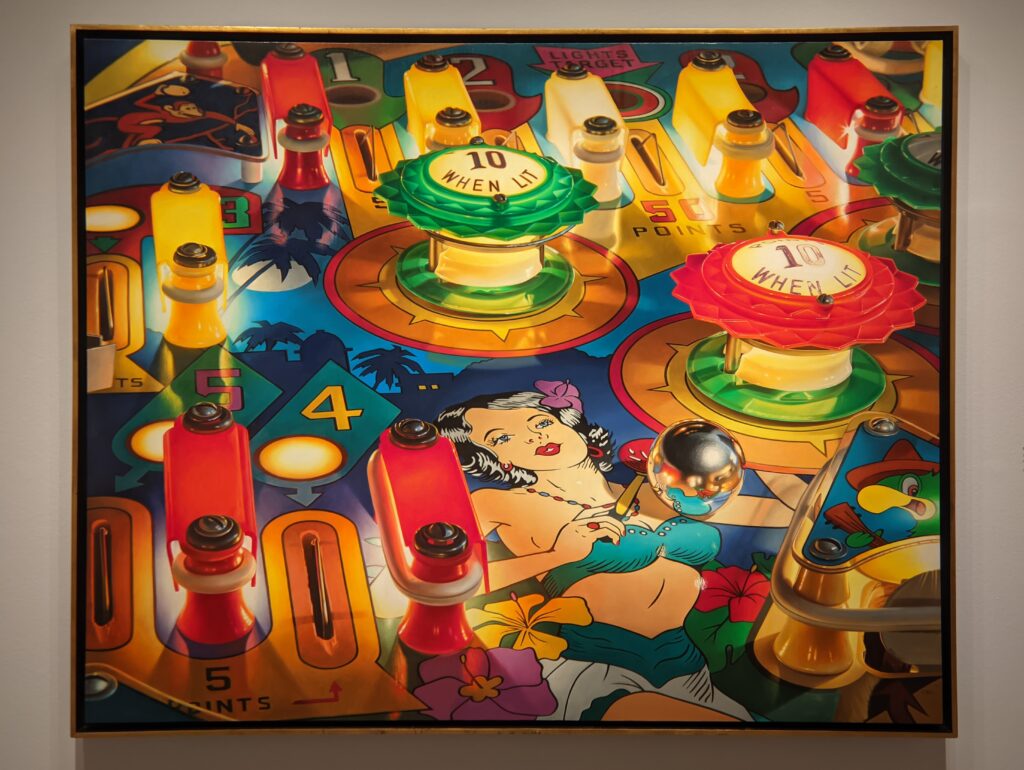
Charles Bell is from the first generation of the Photorealism movement, which emerged in the USA during the 1960s as an offshoot of Pop Art and is based on the painted reproduction on canvas of photographic originals. The Thyssen family owns two views of New York (shown below) by Richard Estes, the most iconic representative of American Hyperrealism.
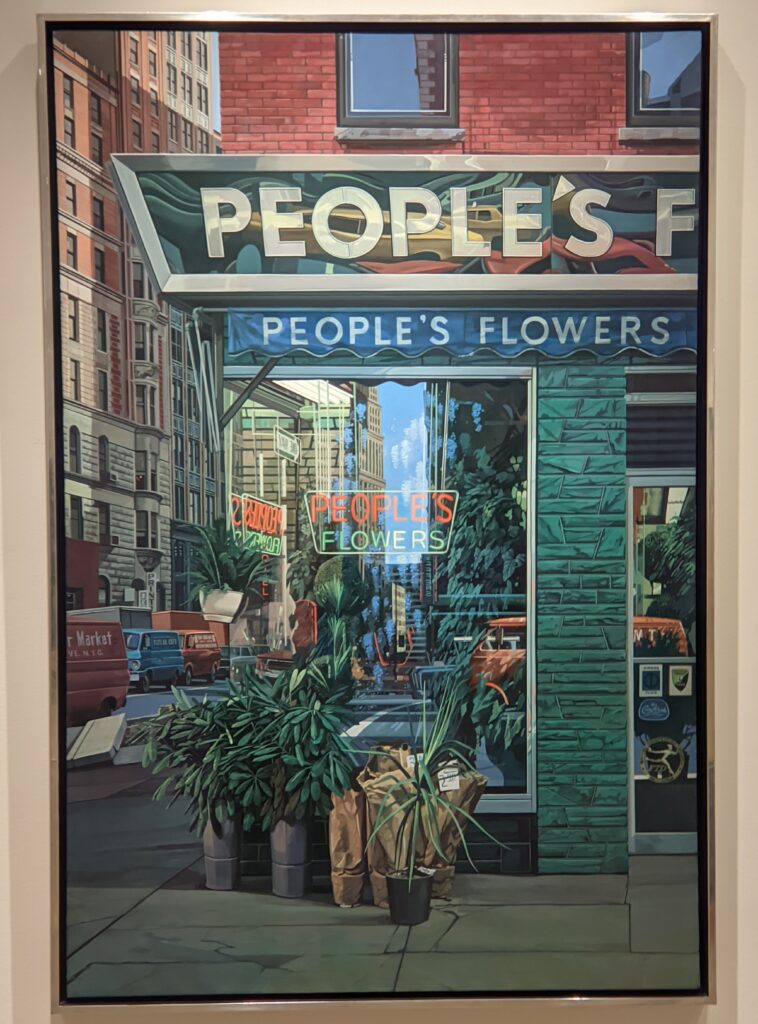
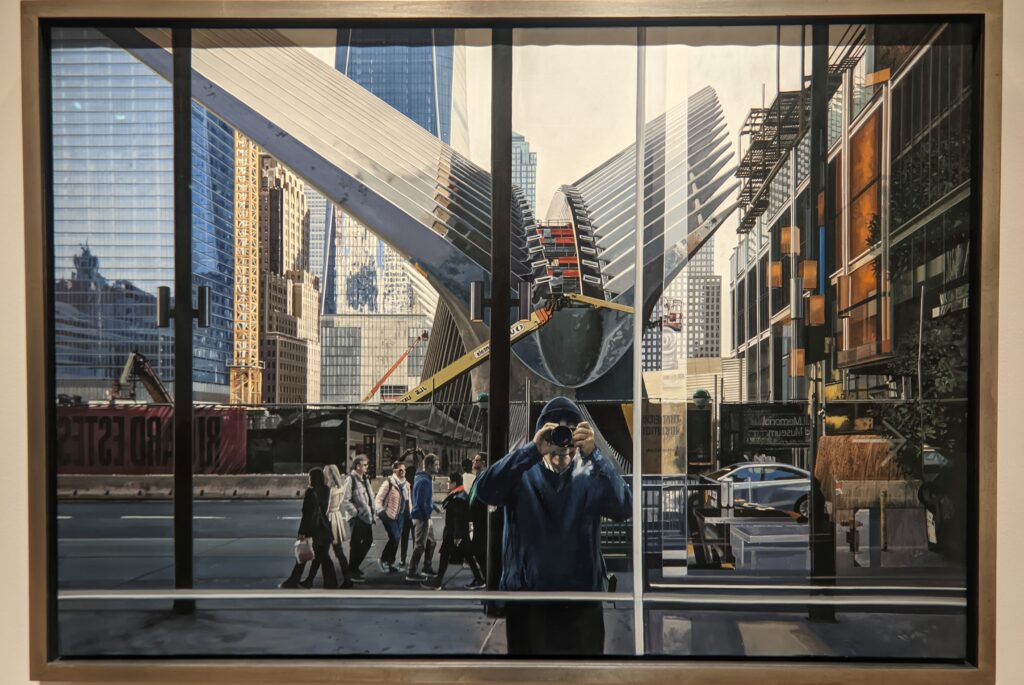
Exhibitions Held in 2022
Two noteworthy shows you may have missed at the Thyssen include a retrospective devoted to “Alex Katz” (the first of its kind in Spain) which was on view through September 2022, and the presentation of 170 works of art by painters from the United States during the exhibition “American Art from the Thyssen Collection” which closed in October 2022.

Highlights from the Alex Katz exhibit include the following paintings.
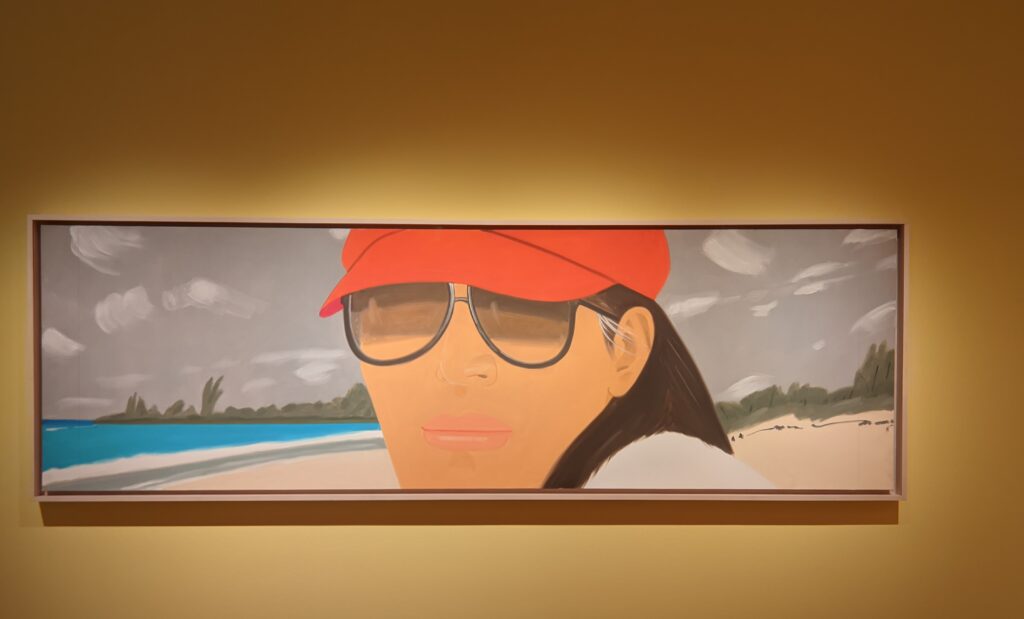
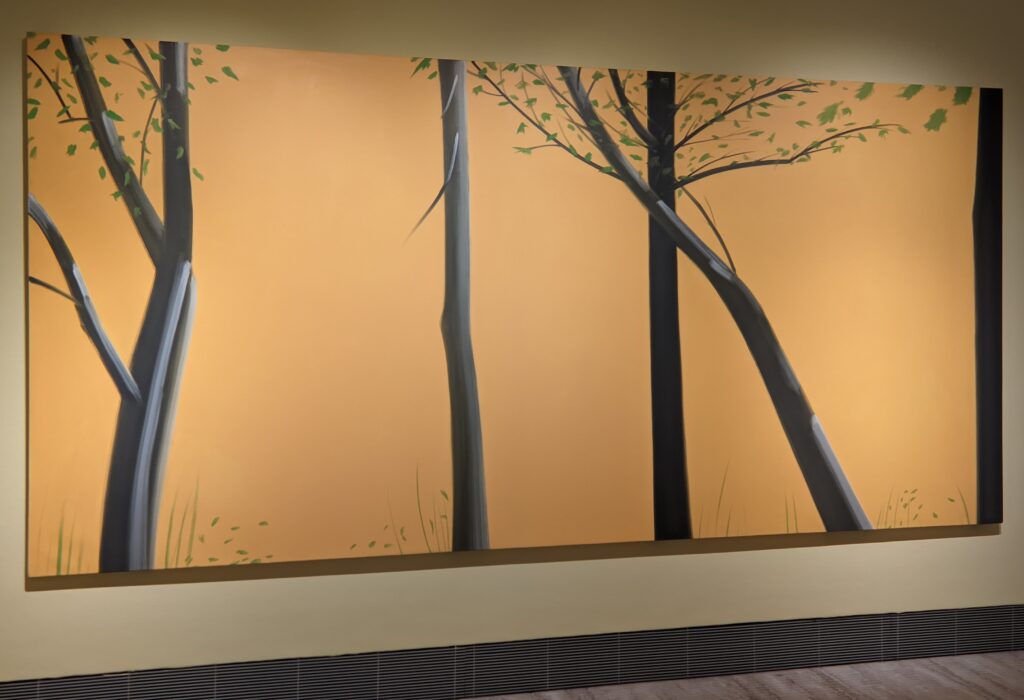



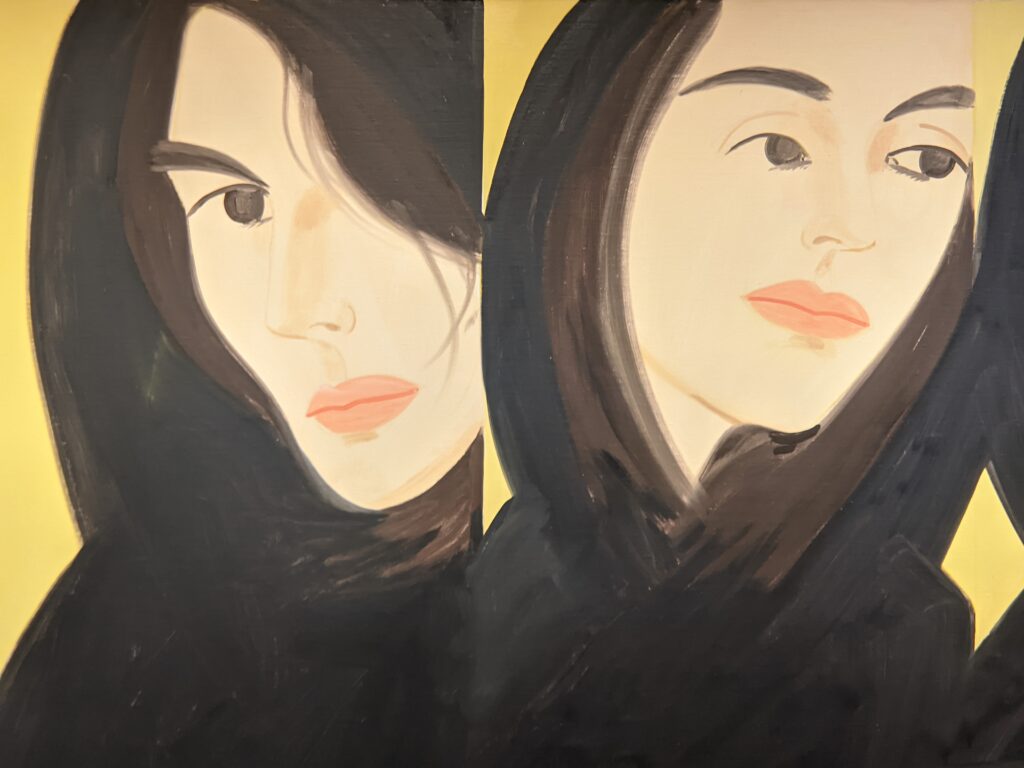

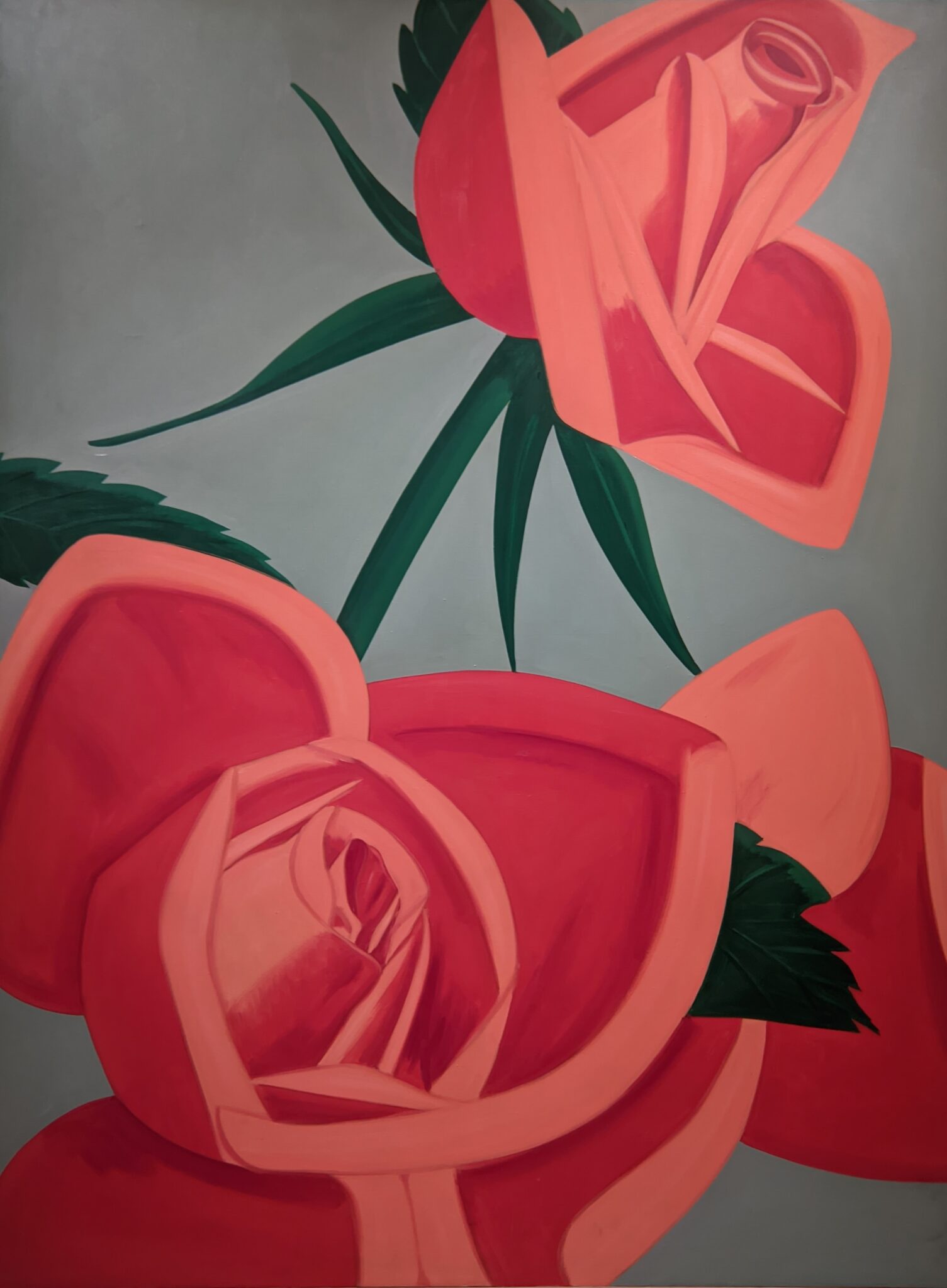
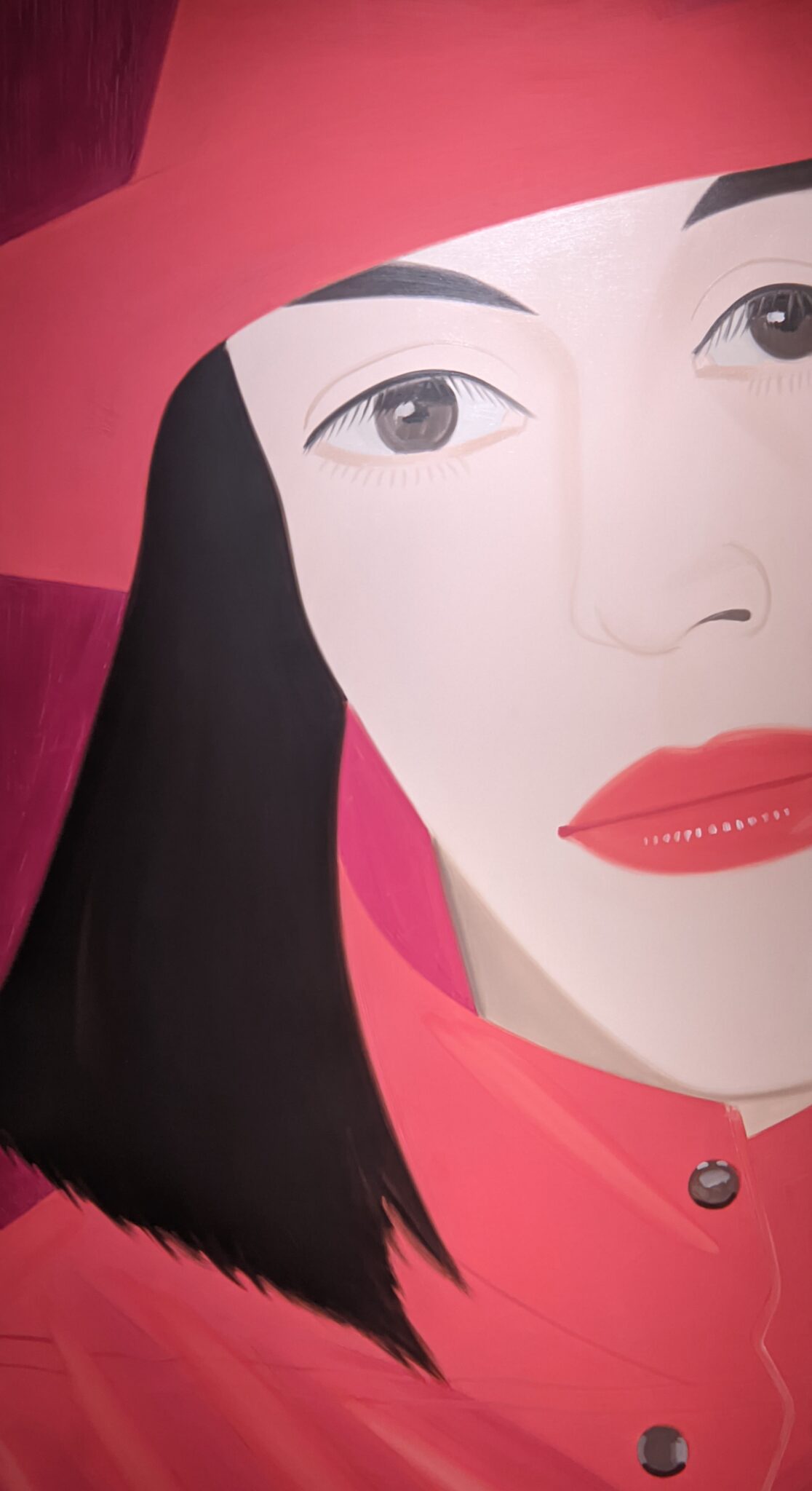
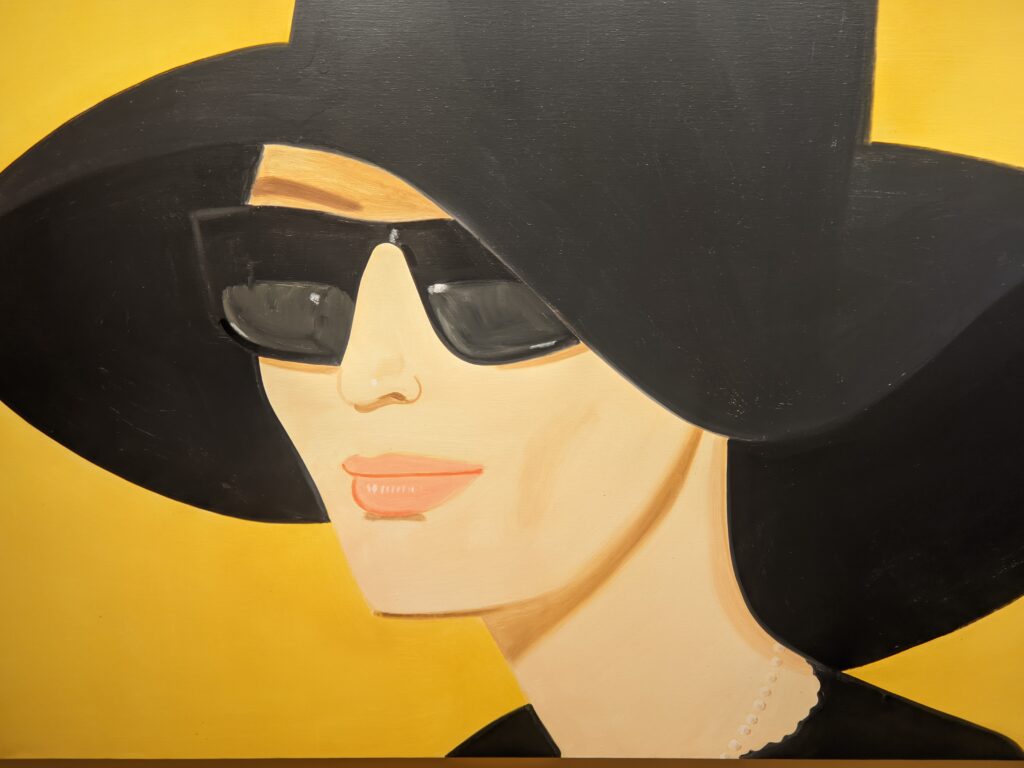
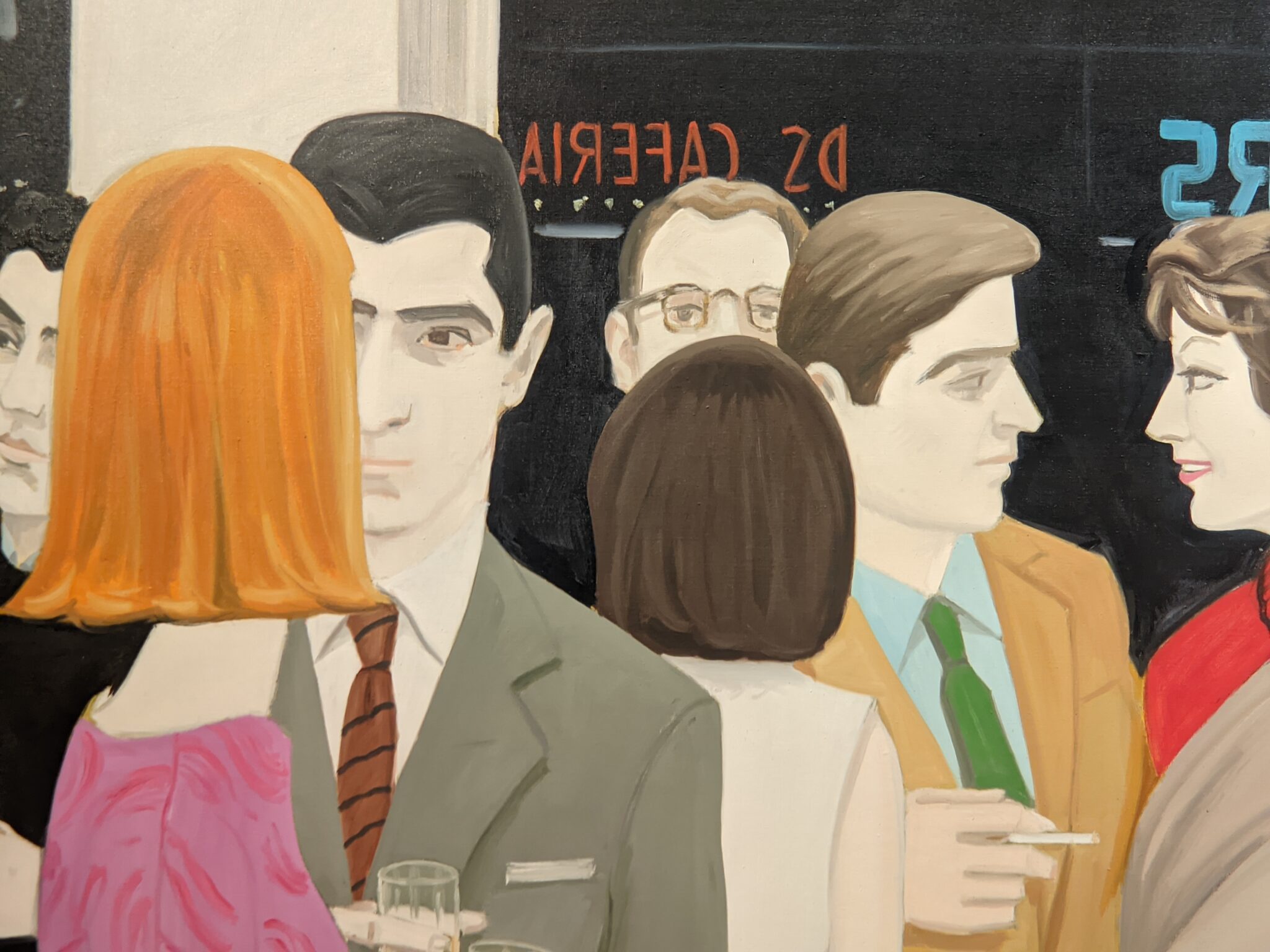

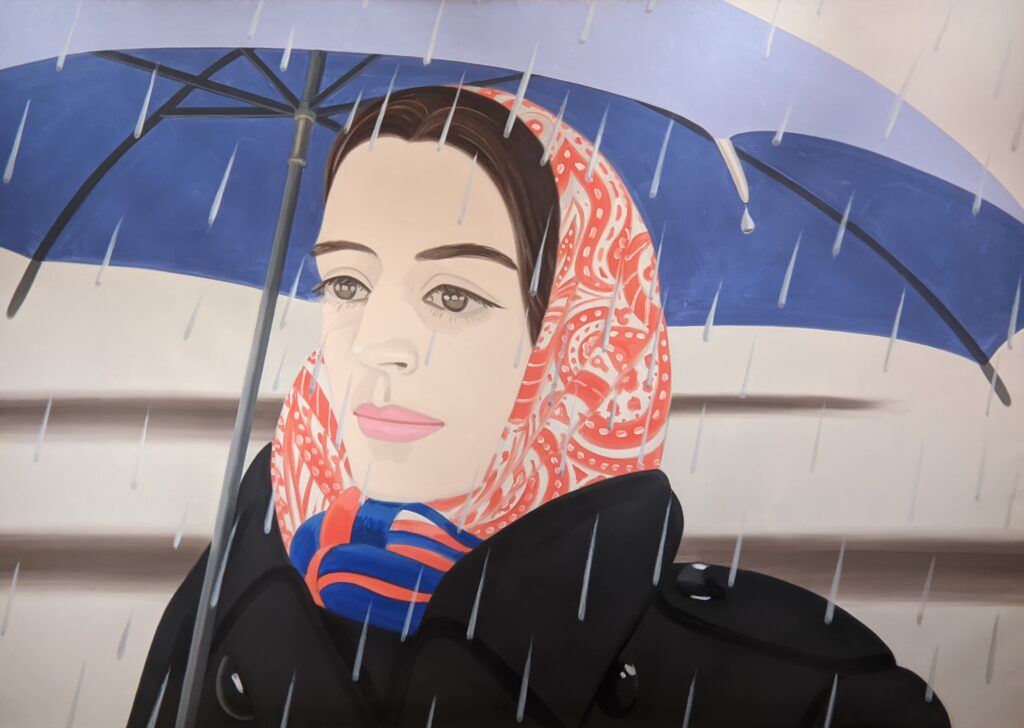
If you consider yourself a fan of Alex Katz, you may want to read our article entitled Two Superior Museums of Art in the Heart of Vienna to enjoy additional works of art (in various mediums) by Katz from the permanent collection of the Albertina Museum.
American Art in the Thyssen Collection
Below are some of the exceptional paintings which were on display through October 16, 2022 at the Thyssen Museum in Madrid as part of the special exhibit dedicated to art from the United States.

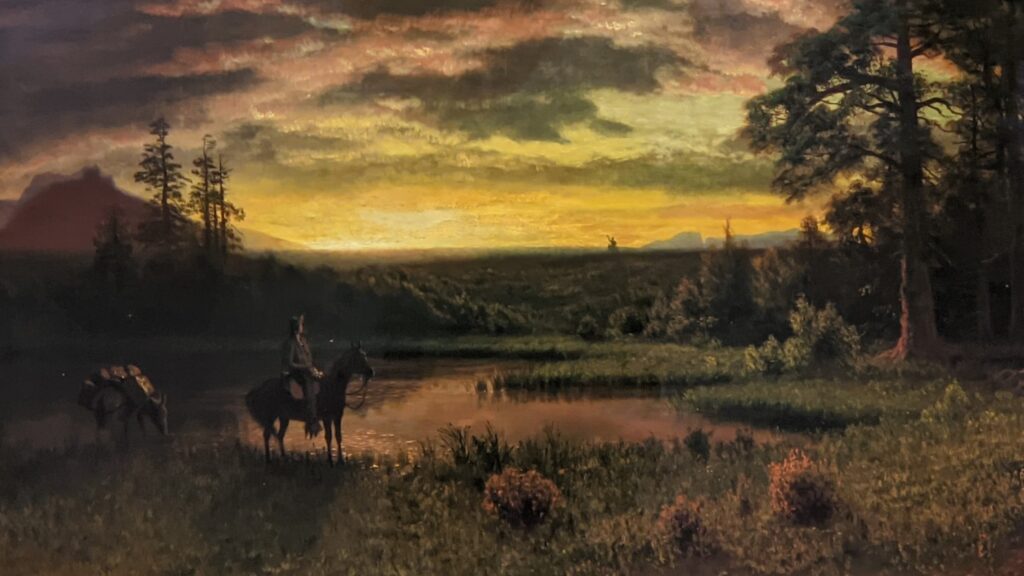
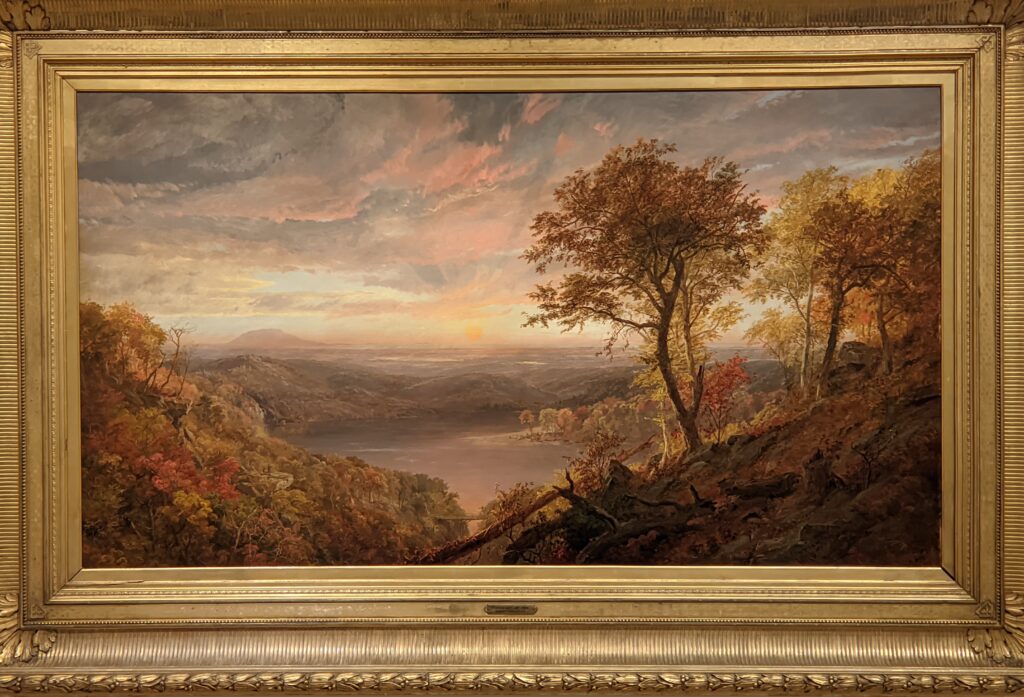

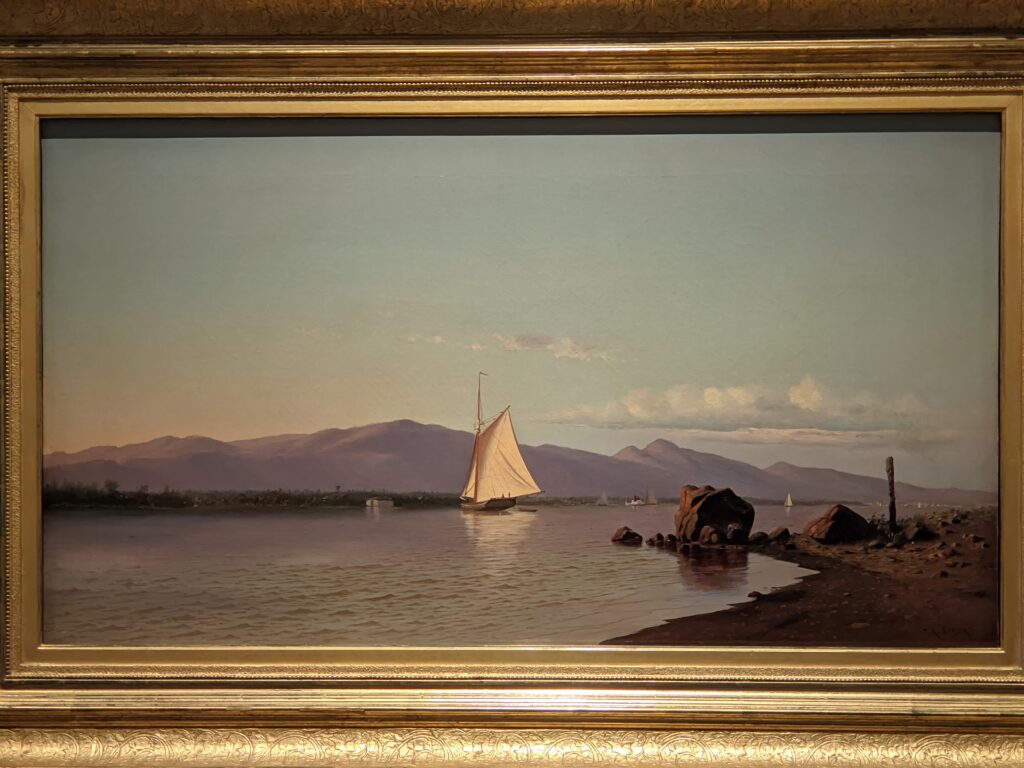




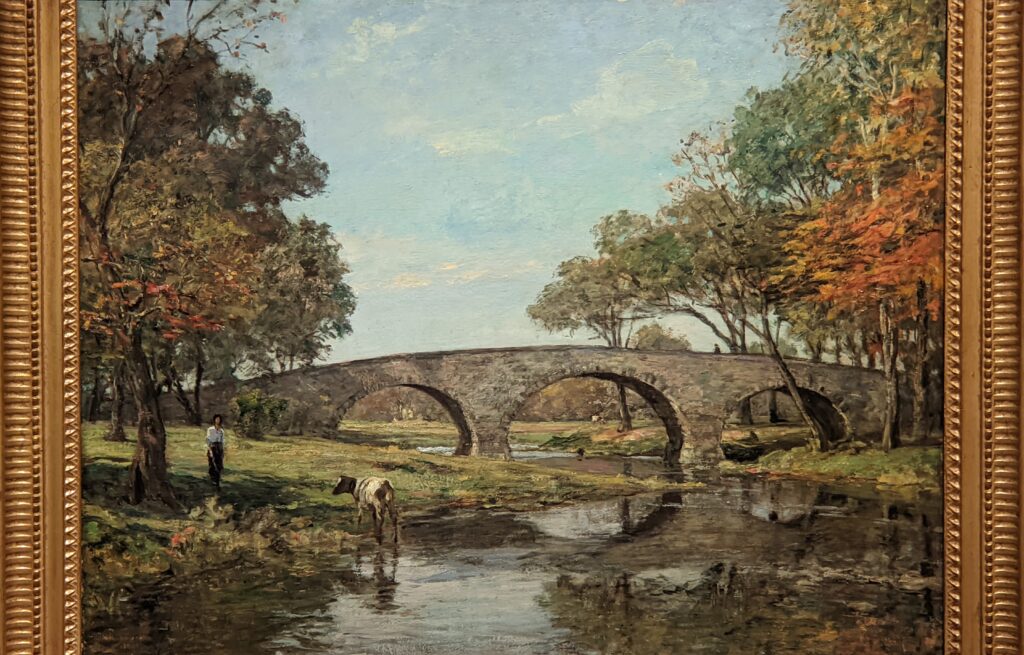

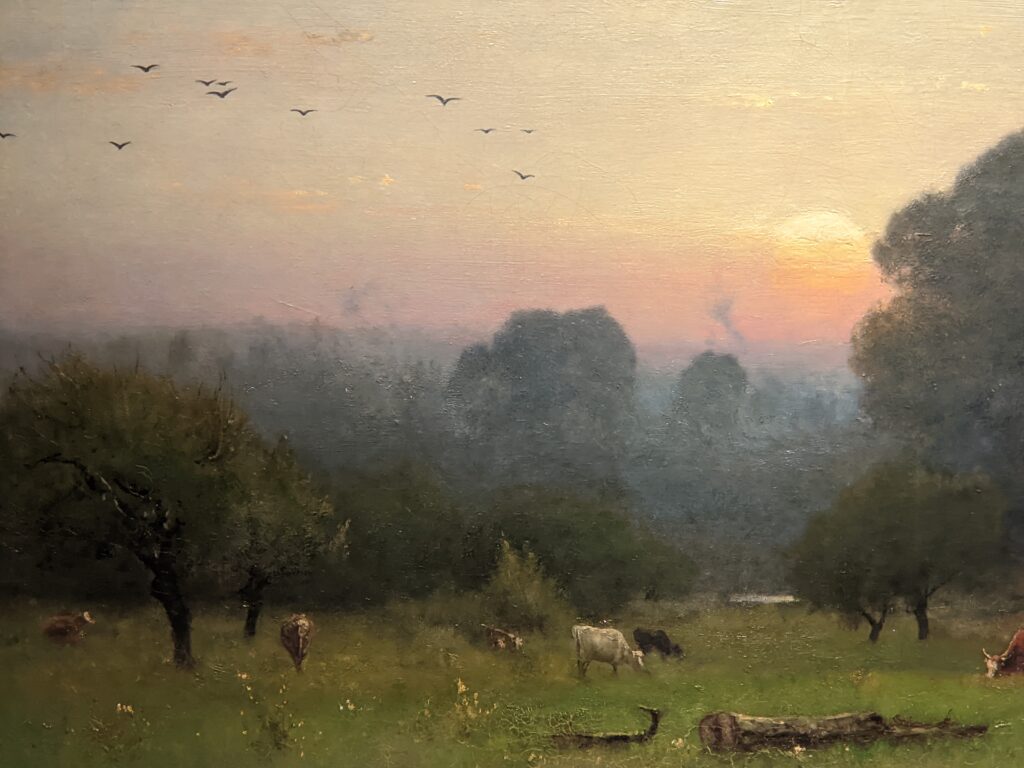
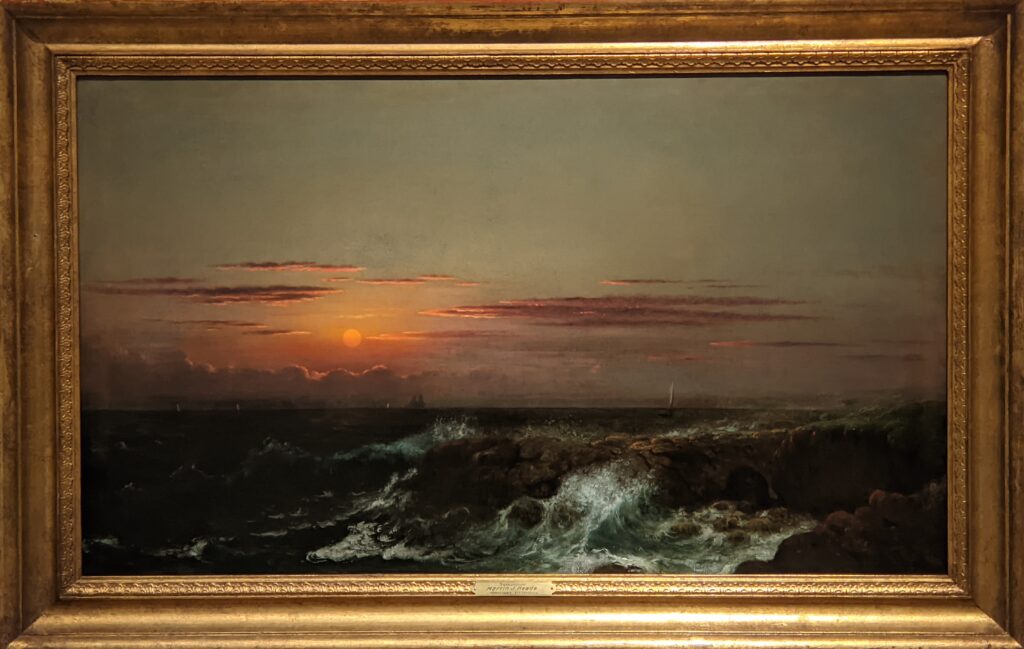
Current & Upcoming Exhibitions at the Thyssen Museum
An exhibition entitled “Women Masters” {“Maestras” in Spanish} exploring how female artists from the late 16th to the early 20th centuries won recognition in their own lifetimes is on view at the Thyssen until February 4, 2024. This show brings together lithographs and sculptures with nearly 100 oil canvases!
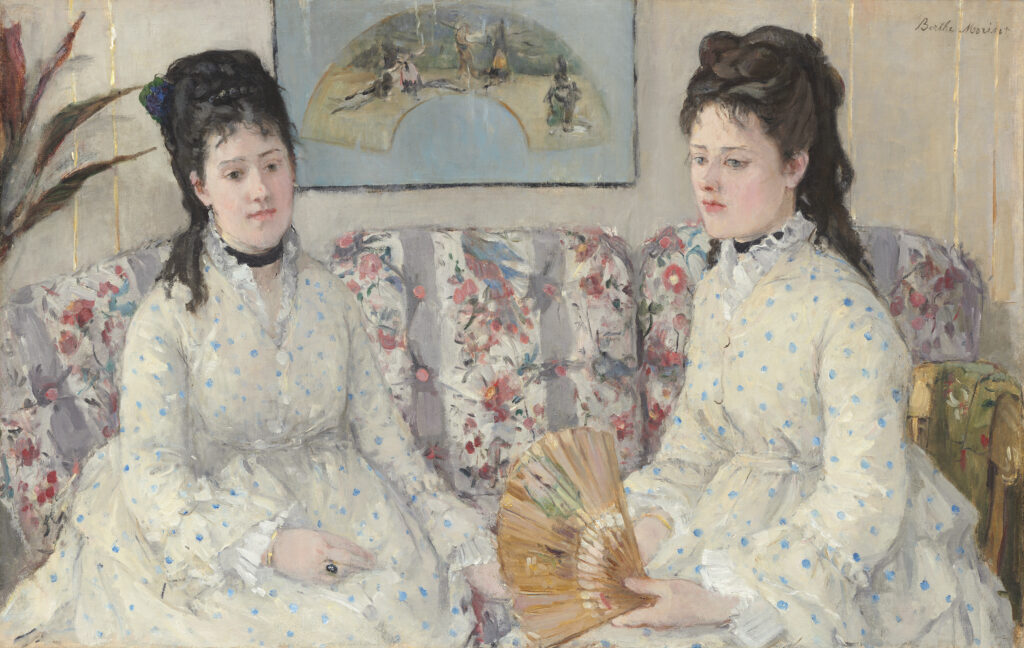
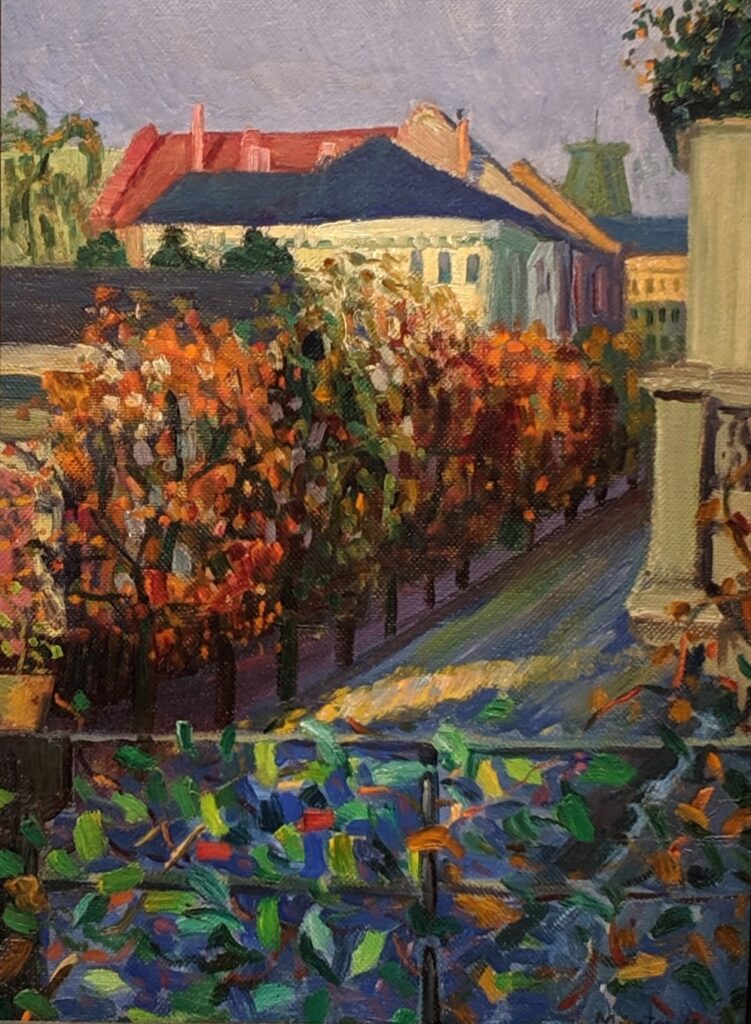
Gabriele Münter at the Thyssen
From November 12, 2024 through February 9, 2025 the Thyssen will be exhibiting a retrospective dedicated to Gabriele Münter, the talented Expressionist.
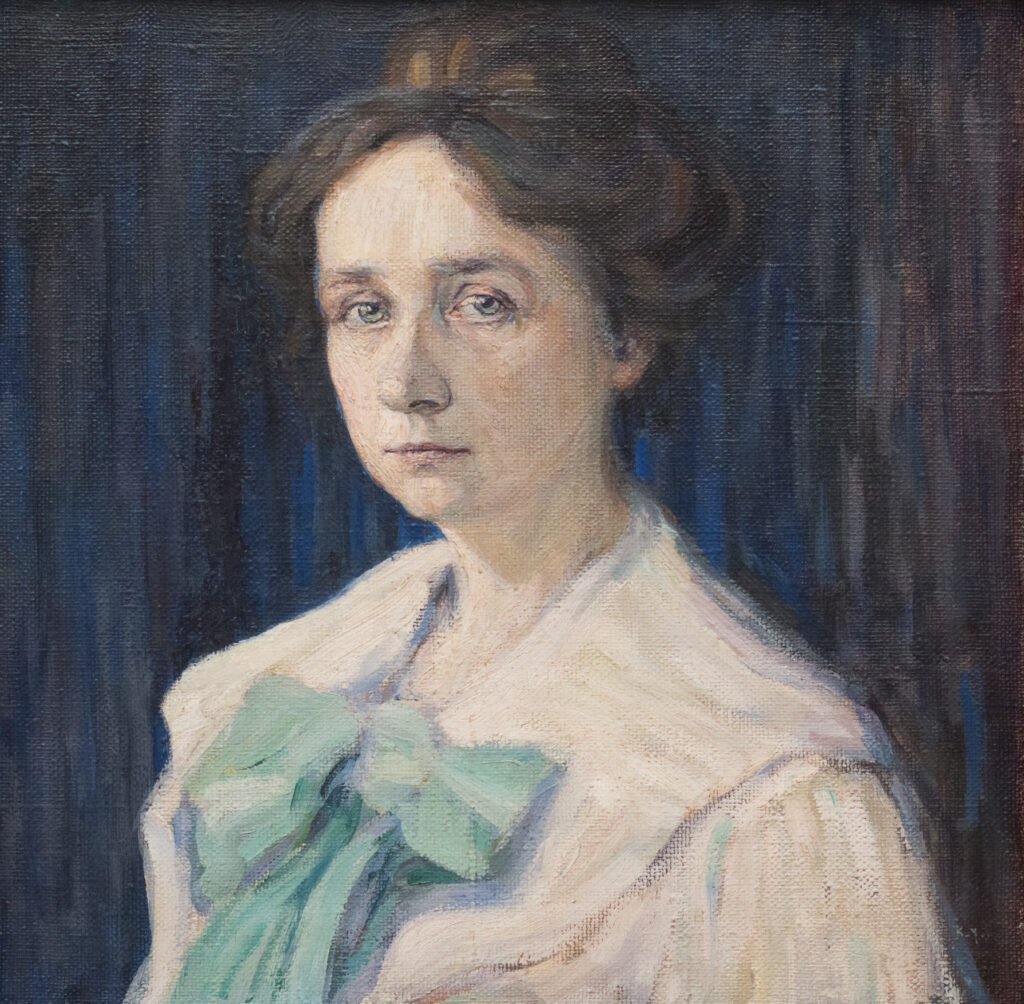

Art Lovers Tip:
If a prime location near art museums is one important factor for you when choosing a hotel, we recommend The Westin Palace in Madrid, where breakfast, meals and drinks are served under a lovely stained-glass cupola.


The Westin Palace hotel is a 3-minute walk from the Museo Nacional Thyssen-Bornemisza. Across the avenue from the Westin Palace, inside the Museo Nacional del Prado, you will find an excellent display of paintings by El Greco (below).
The Prado Museum

Exhibition Space at The Prado & a Stroll in El Retiro Park
The Prado Museum possesses a modern, dedicated space for temporary exhibitions behind the main building, in the direction of El Retiro Park. From the museum, the Park (pictured below) can be easily reached in 5 — 10 minutes on foot. Check the museum’s website for upcoming exhibitions.
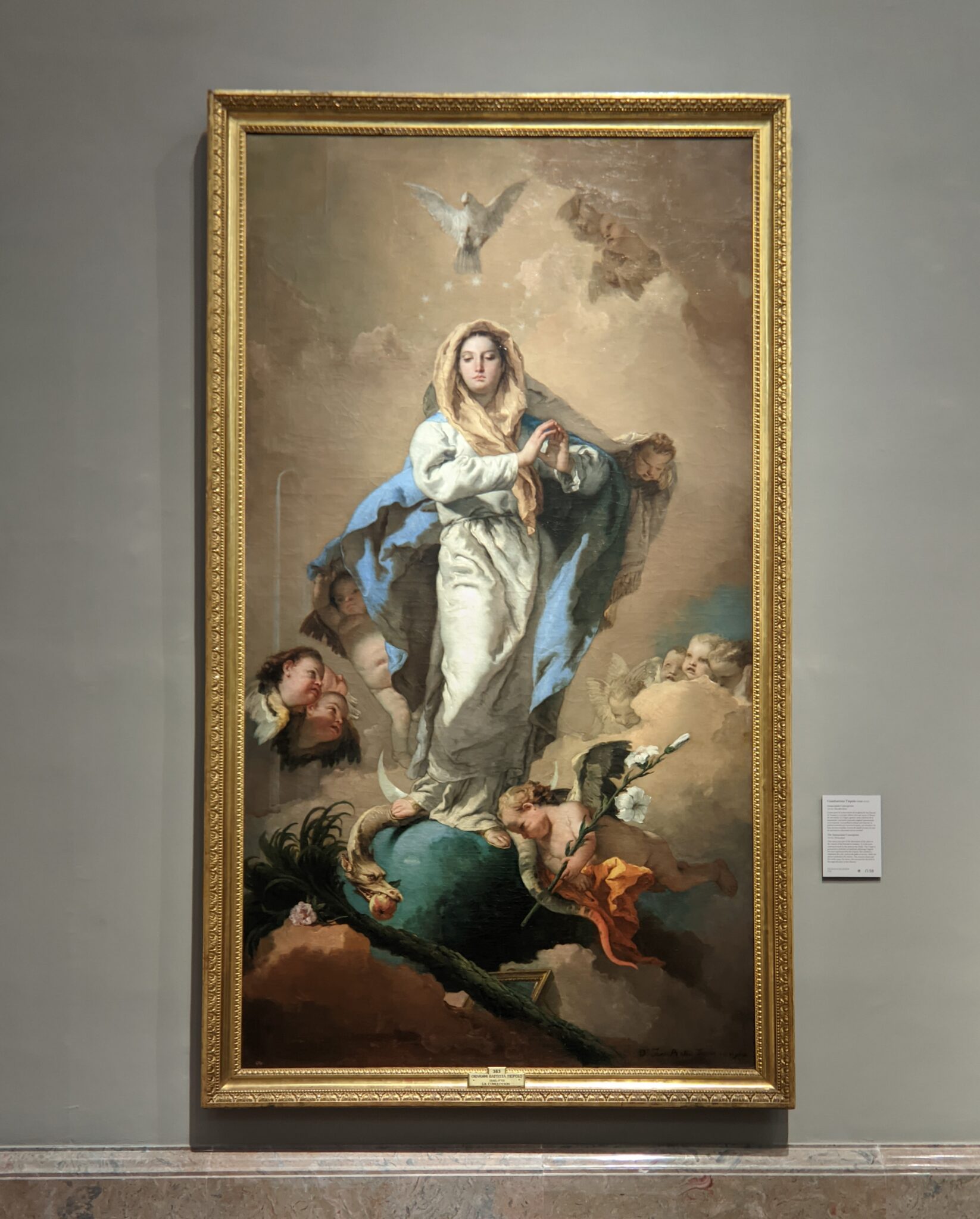

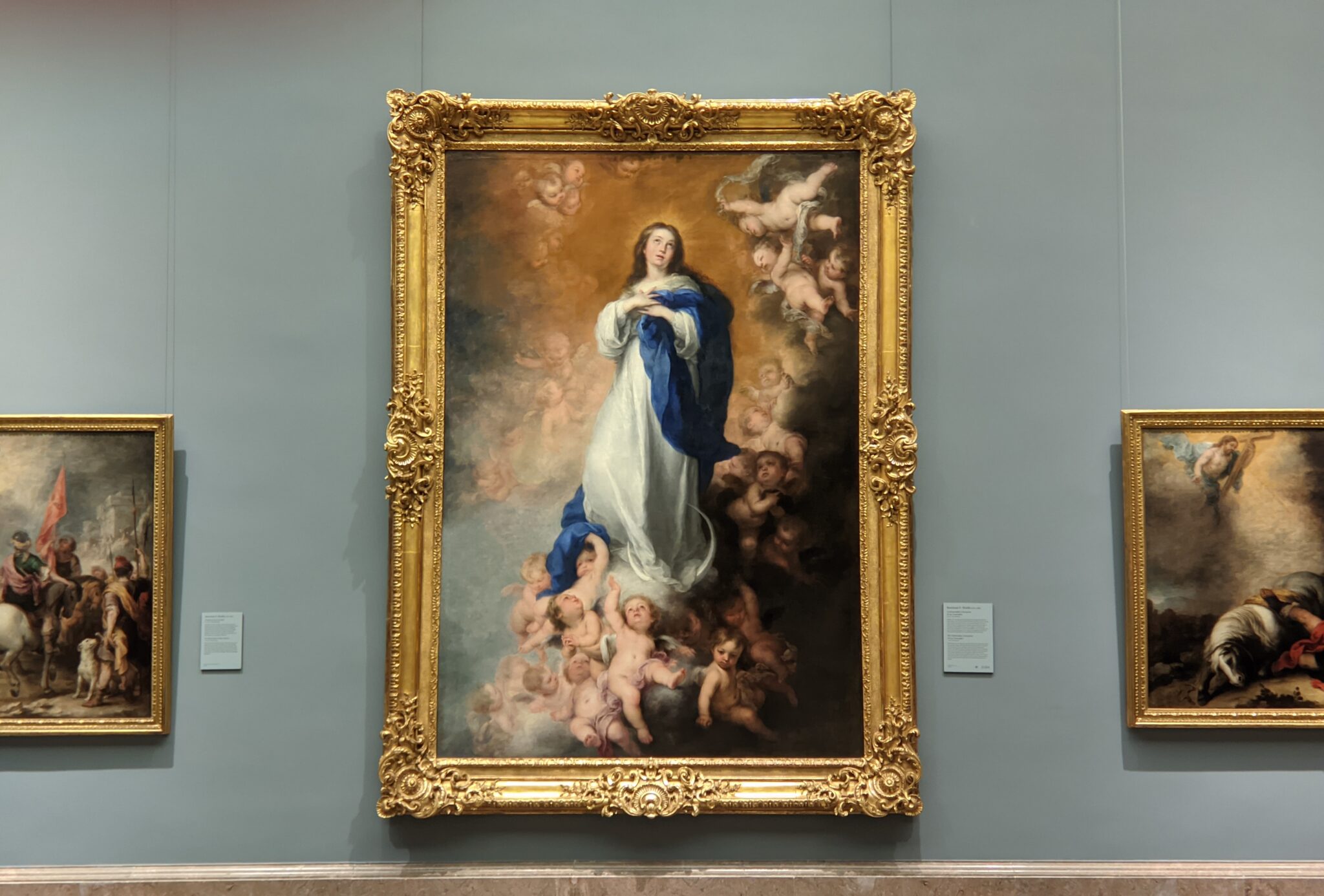
Paintings on display at The Prado include (above, left to right) The Immaculate Conception, 1767-69 by Giambattista Tiepolo; Portrait of the One-Armed Painter Martin Ryckaert, 1631 by Anthony van Dyck; and The Immaculate Conception of Los Venerables,1660-65 by Bartolome Murillo.
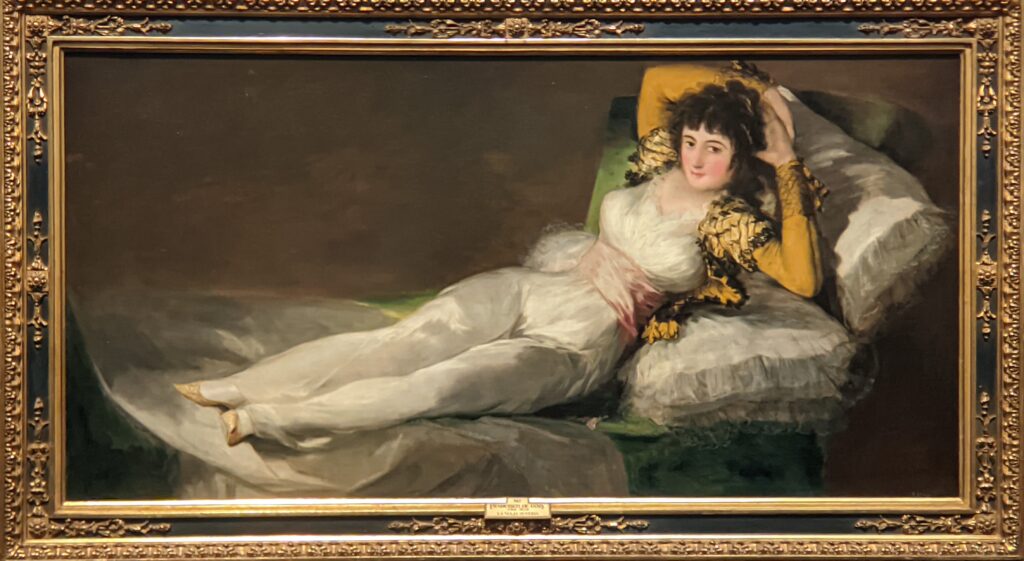
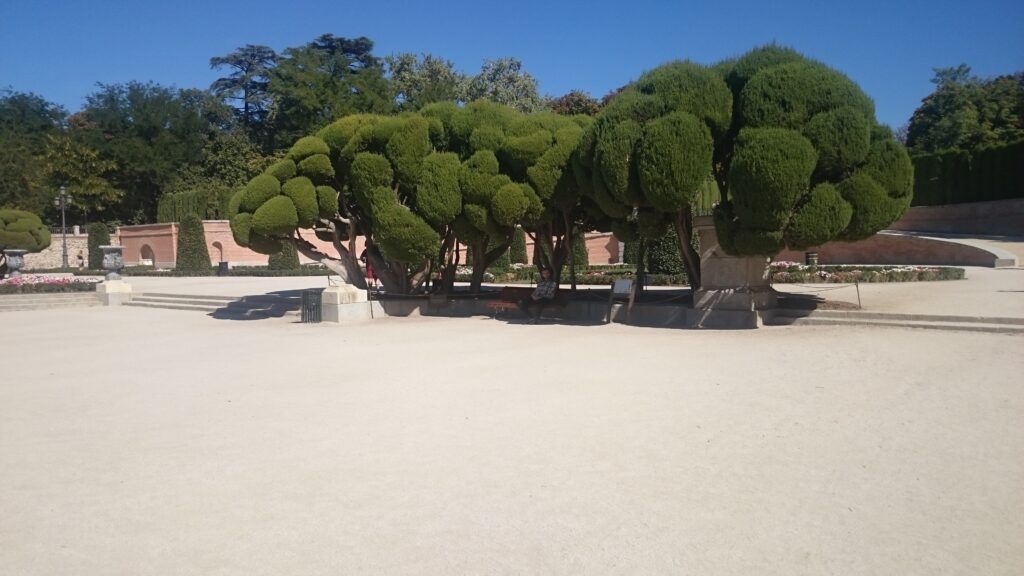
Our List of the 10 Best Museums in Spain
- Thyssen-Bornemisza Museum, Madrid (Museo Nacional Thyssen-Bornemisza)
- City of Arts and Sciences, Valencia (Ciudad de las Artes y las Ciencias)
- Prado Museum, Madrid (Museo Nacional del Prado)
- National Art Museum of Catalunya, Barcelona (MNAC, Museu Nacional d’Art de Catalunya)
- Dalí Theatre and Museum, Figueres (Dalí Theatre-Museu de Figueres)
- National Sculpture Museum, Valladolid (Museo Nacional de Escultura)
- Seville Museum of Fine Arts, Seville (Museo de Bellas Artes de Sevilla)
- Guggenheim, Bilbao
- Museum of Glass and Crystal, Málaga (Museo del Vidrio y Cristal)
- FC Barcelona Museum and The Real Madrid Museum (2 museums for fans of fútbol)
Thank you for visiting us!
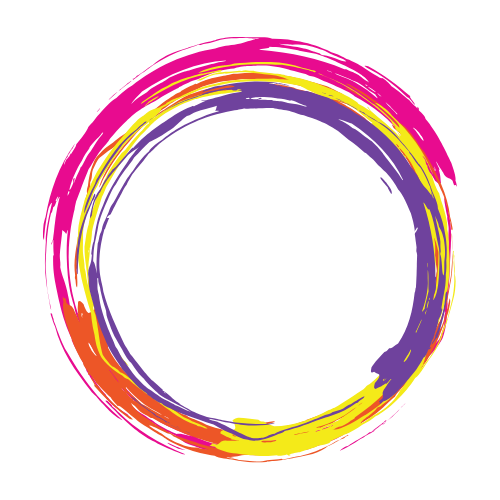




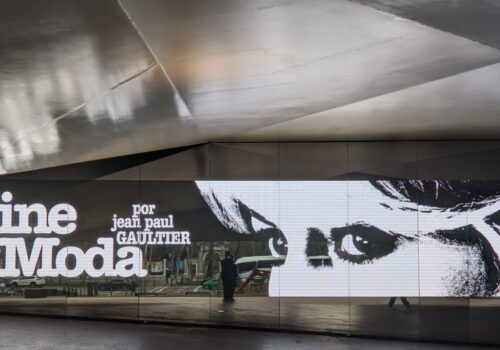
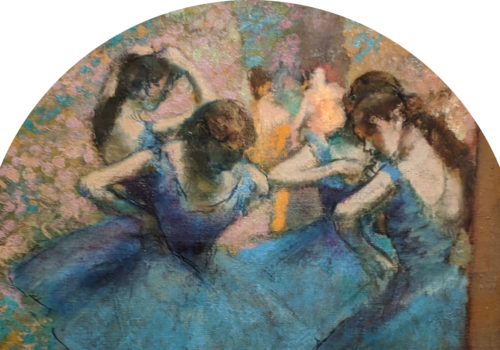
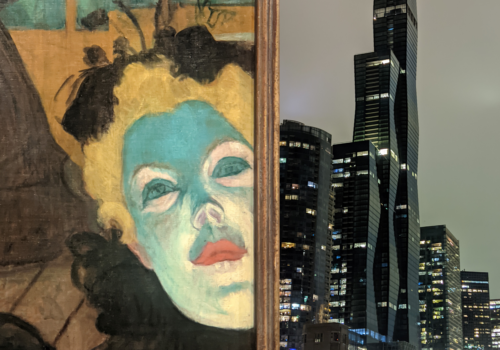
One Comment
David Nadvorney
No doubt, a truly wonderful museum in every respect. The two collections are breathtaking in their scope and understanding. The space is beautiful. For a more intimate, but no less extraordinary private collection, check out the McNay in San Antonio, Texas ( you get not only the art but also the house).